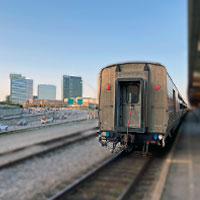 |
Amtrak's Crescent Central States |

jump to a
flag stop
- Greensboro
- High Point
- Salisbury
- Charlotte
- Gastonia
- Spartanburg
- Greenville
- Clemson
- Toccoa
- Gainesville
- Atlanta

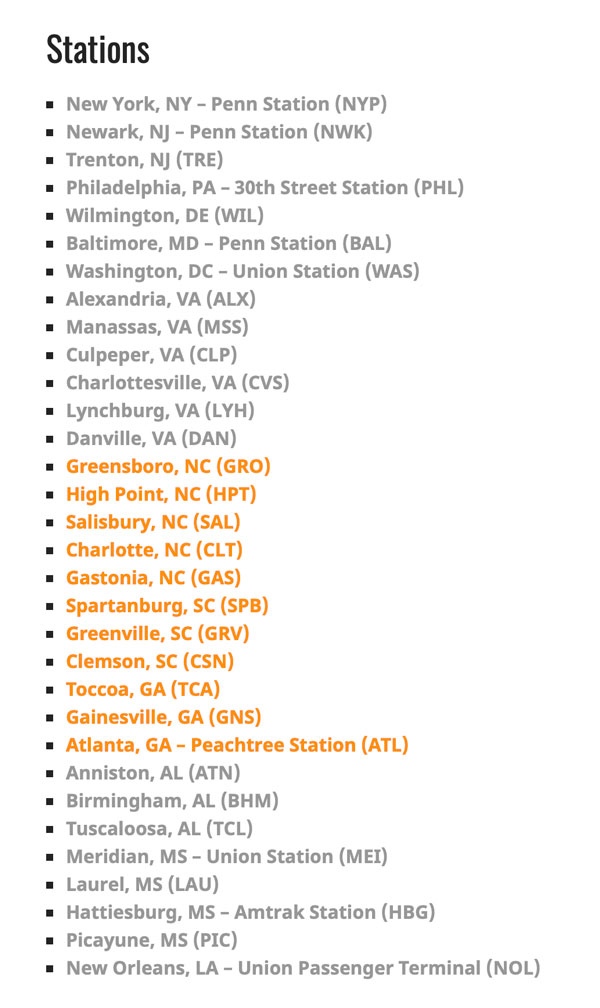
RWH
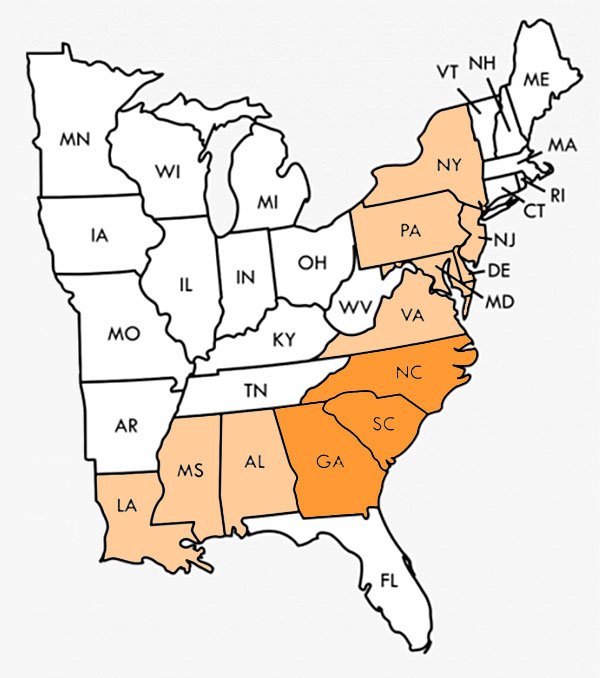
RWH

 North Carolina
North Carolina
 Greensboro, NC
Greensboro, NC
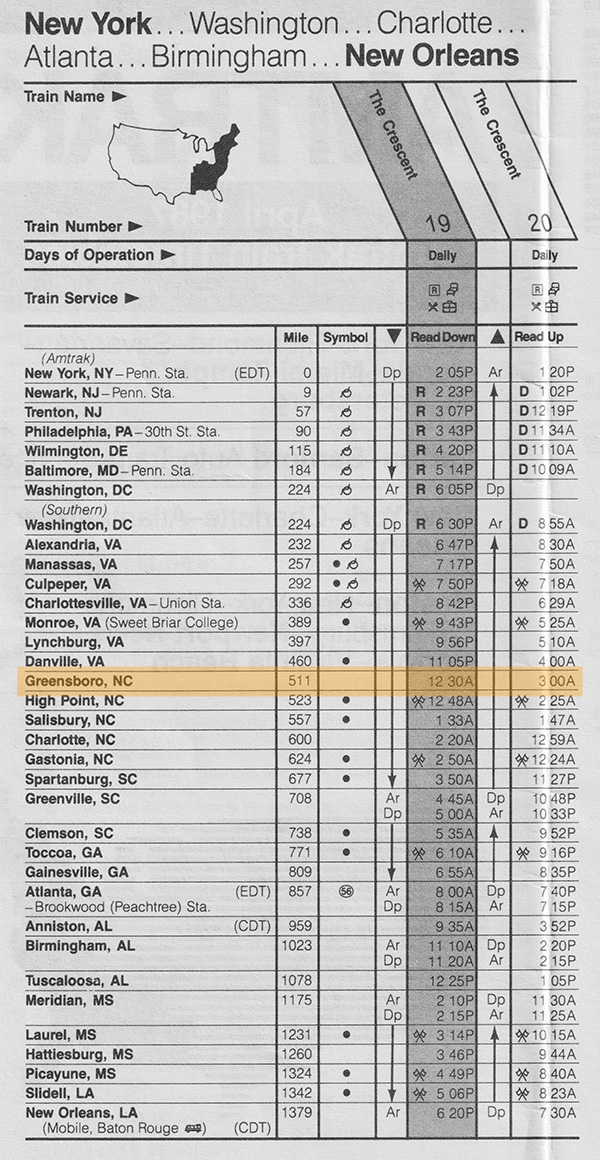
1987 Amtrak timetable / collection
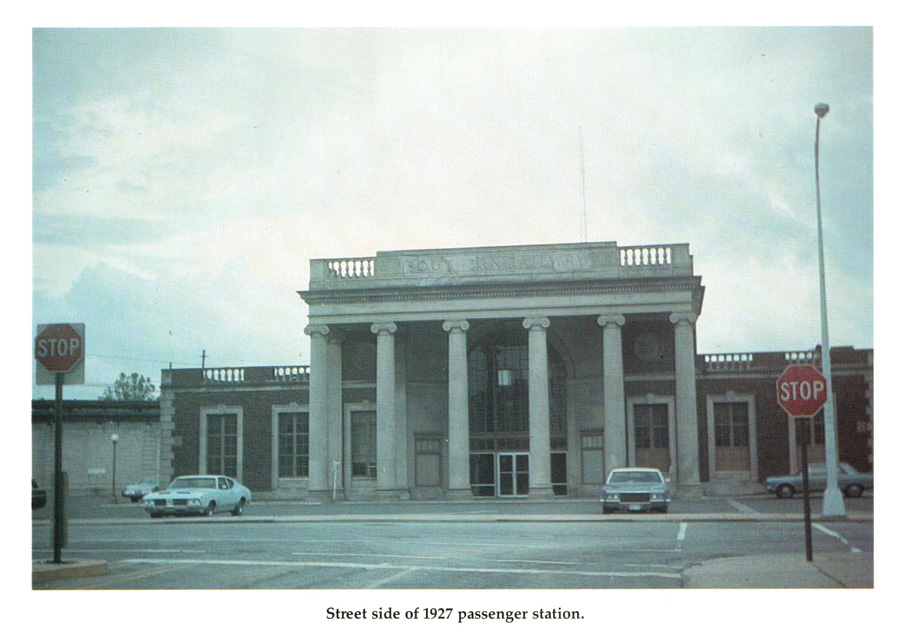
from Southern Railway Depots - Volume 1
by Ralph Ward / collection
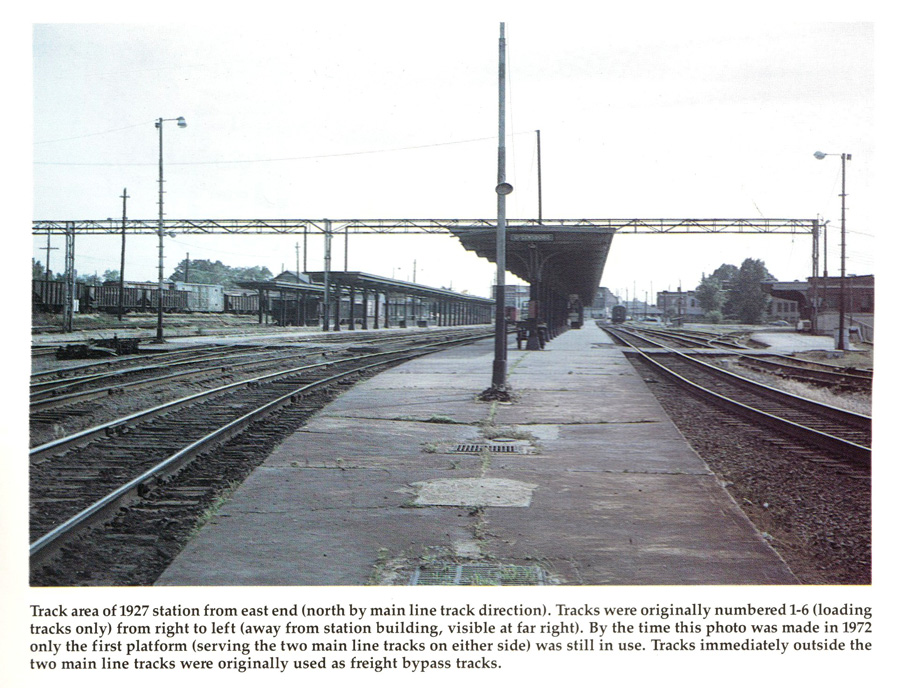
from Southern Railway Depots - Volume 1
by Ralph Ward / collection
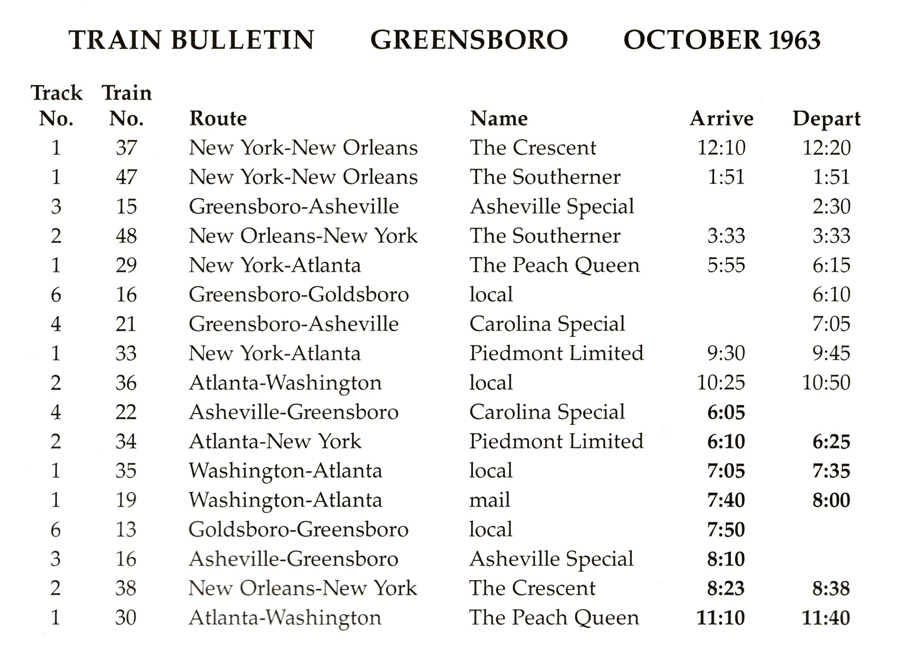
from Southern Railway Depots - Volume 1
by Ralph Ward / collection

Click to see the Greensboro Amtrak station plotted on a Google Maps page
 High Point, NC
High Point, NC
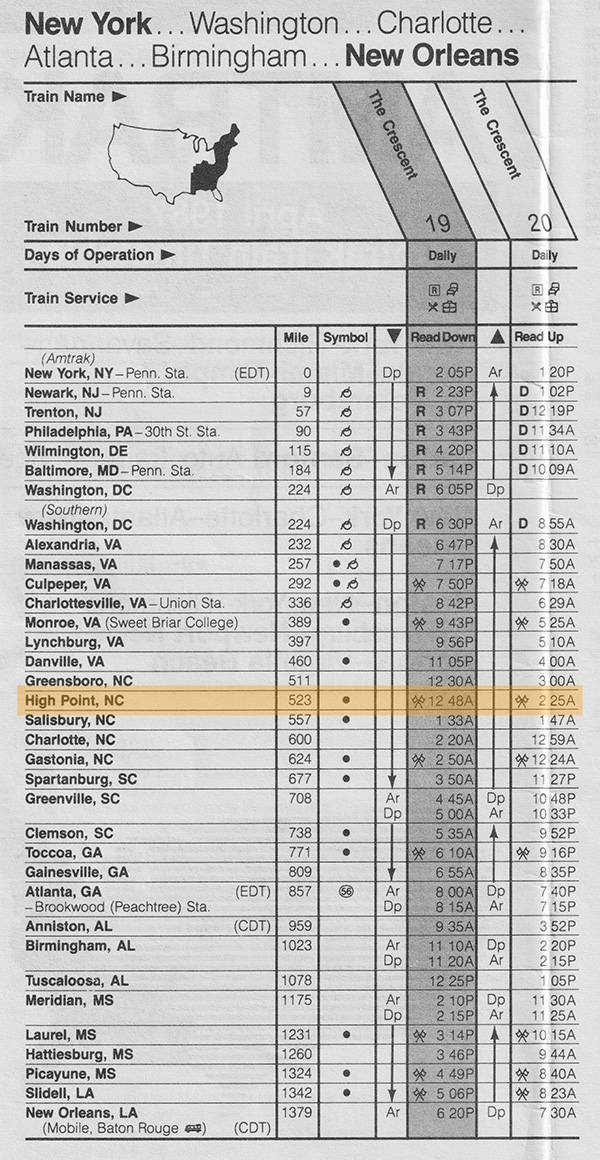
1987 Amtrak timetable / collection

High Point, NC / Jun 1991 / JCH

Click to see the High Point station plotted on a Google Maps page
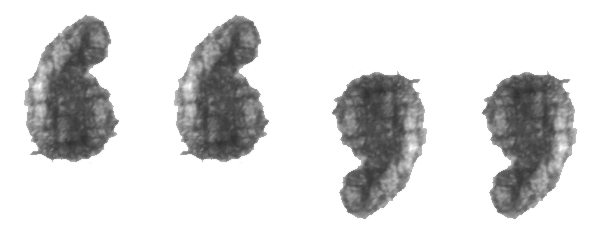

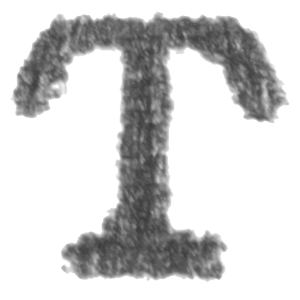 he High Point passenger depot is a brick and stone structure built in 1907 by the Southern Railway Company in the heart of downtown High Point. It was designed in the Richardson Romanesque architectural style, with a rusticated ashlar base and tiled hip roof.
he High Point passenger depot is a brick and stone structure built in 1907 by the Southern Railway Company in the heart of downtown High Point. It was designed in the Richardson Romanesque architectural style, with a rusticated ashlar base and tiled hip roof.
As in many cities, trains and street crossings began to impede growing automobile traffic. In the late 1930s, a city-state-federal project built a one-mile trench up to 35 feet deep through which the trains could travel. The retaining walls at the station included Moderne-detailed concrete. A walkway across the tracks and a passenger staircase to the platform at track level were constructed.
In the mid-1970s, Southern Railway leased the station to a restaurant and built a small green metal building at the rear of the station for passengers. Southern Railway (now Norfolk Southern) reached an agreement for Amtrak to take over passenger service in 1978, and Amtrak took over Southern’s passenger operations in 1979.
By 1990, the station and platform were in disrepair, dirty and the restaurant failing. The city government considered demolishing the station entirely. However, some High Point citizens made station restoration their cause. Three years later, the city government saw merit in the project and joined the North Carolina Department of Transportation in preparing a $3 million request for funds to restore and enhance the station.
High Point was located at the highest point of the 1856 NCRR between Charlotte and Goldsboro where it intersected the 1852 Great Western Plank Road. Its central location and transportation allowed for the delivery of raw materials like cotton and lumber and processed goods in and out of the city and contributed to its early growth. High Point was incorporated in 1859. Before it became a major manufacturing center, the most important industries were tobacco, woodworking and textiles. The first of many High Point furniture factories was opened in 1889.
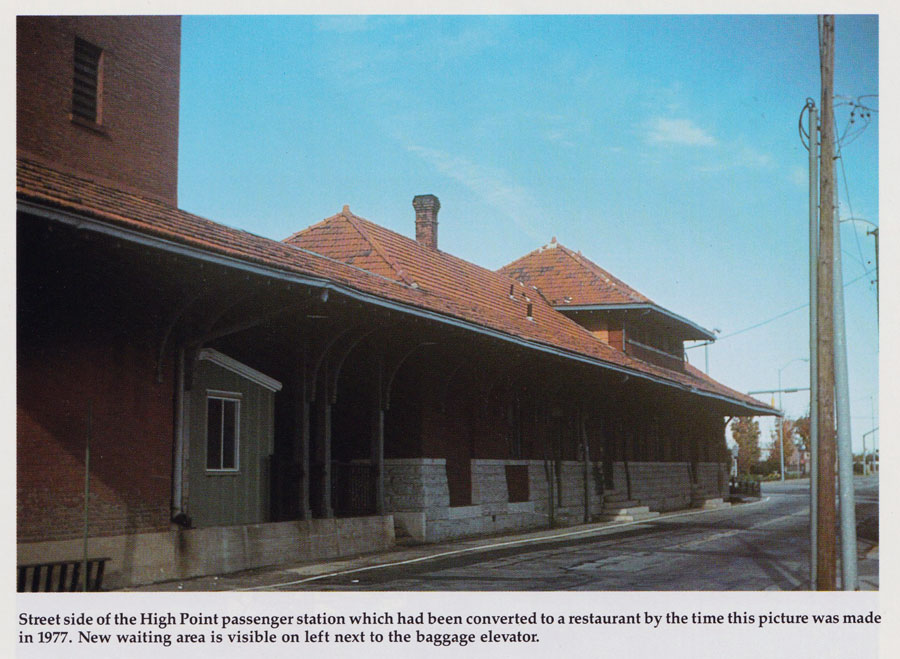
from Southern Railway Depots - Volume 1
by Ralph Ward / collection
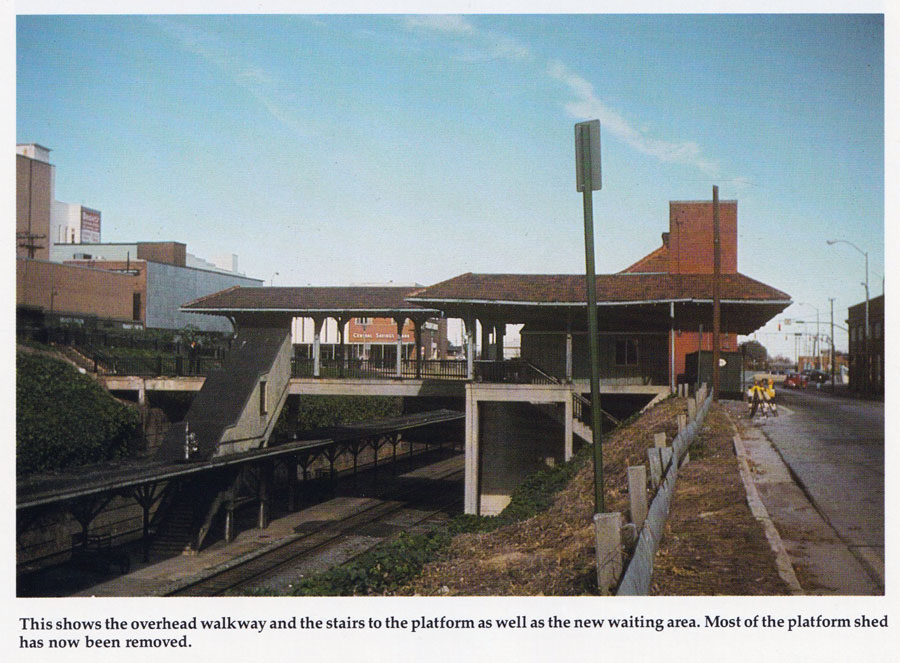
from Southern Railway Depots - Volume 1
by Ralph Ward / collection
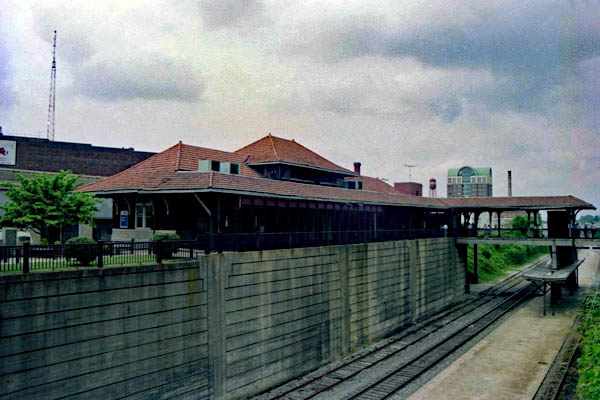
High Point, NC / Jun 1991 / JCH
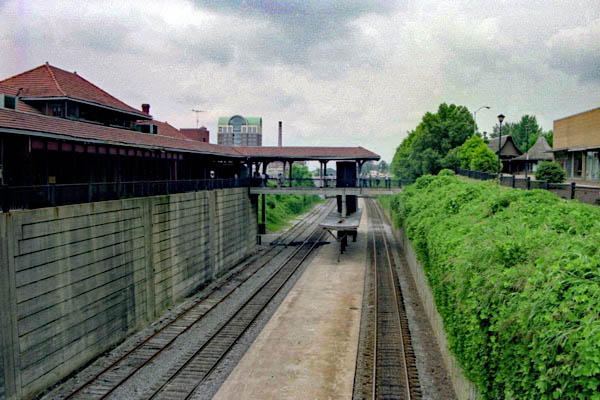
High Point, NC / Jun 1991 / JCH
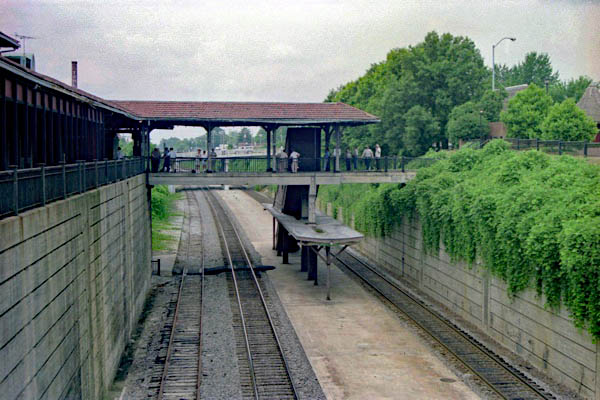
High Point, NC / Jun 1991 / JCH
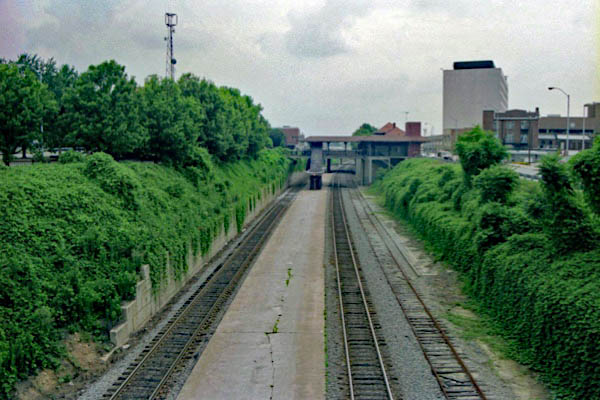
High Point, NC / Jun 1991 / JCH
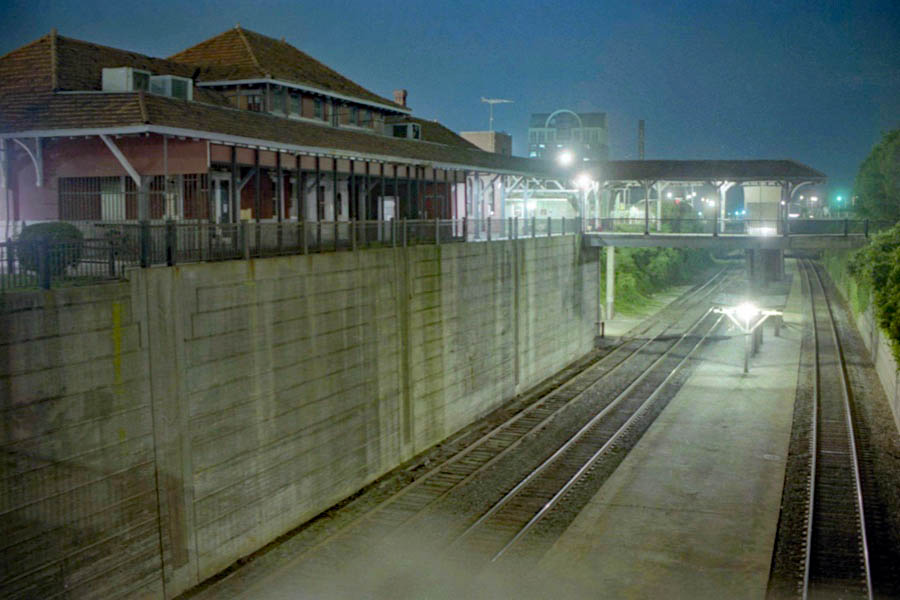
High Point, NC / Jun 1991 / JCH
 Salisbury, NC
Salisbury, NC
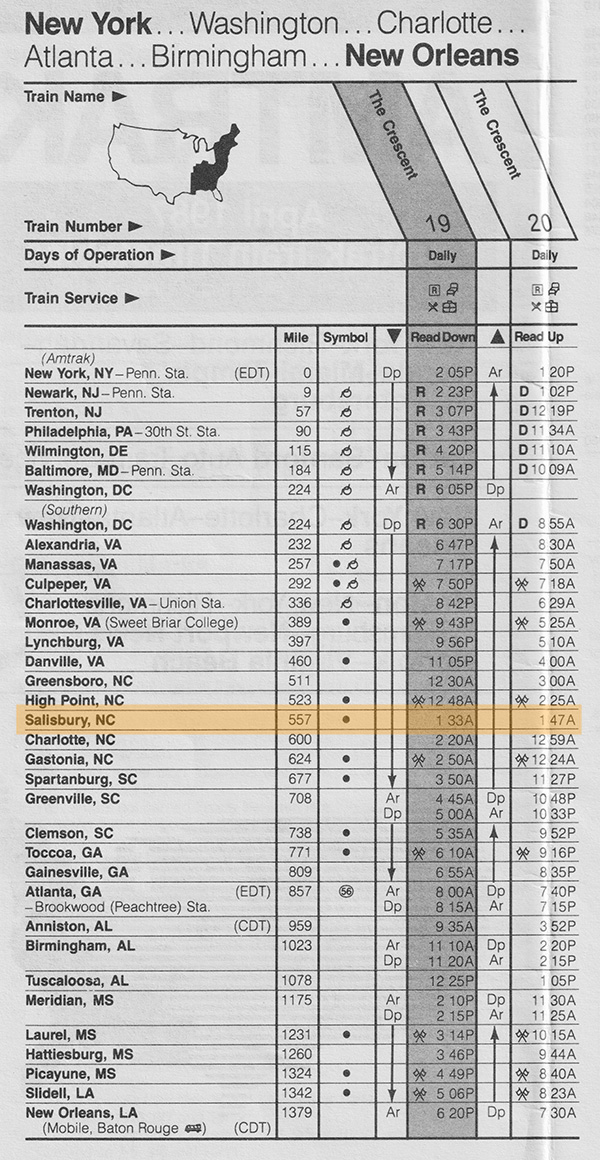
1987 Amtrak timetable / collection
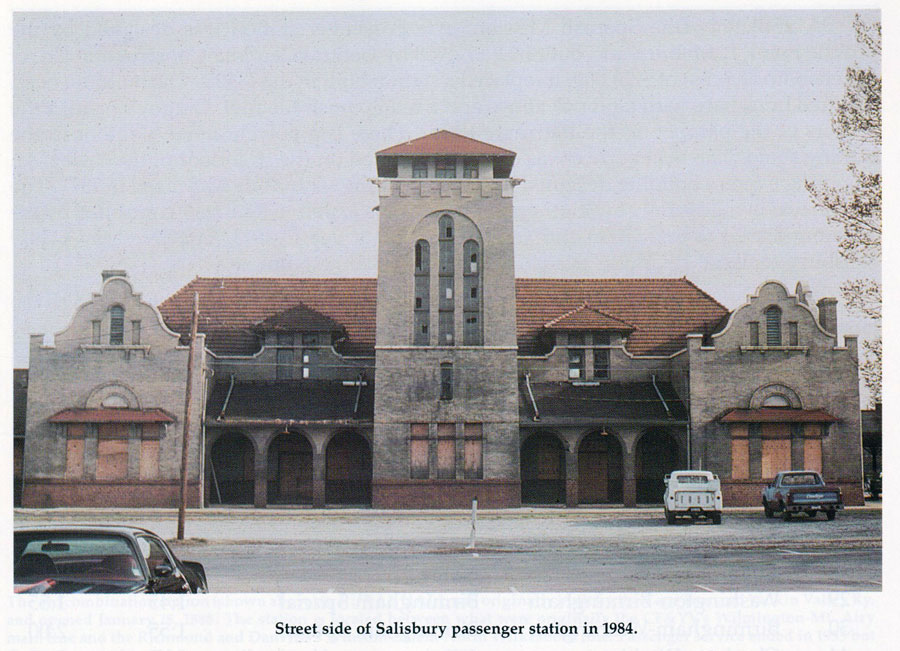
from Southern Railway Depots - Volume 1
by Ralph Ward / collection
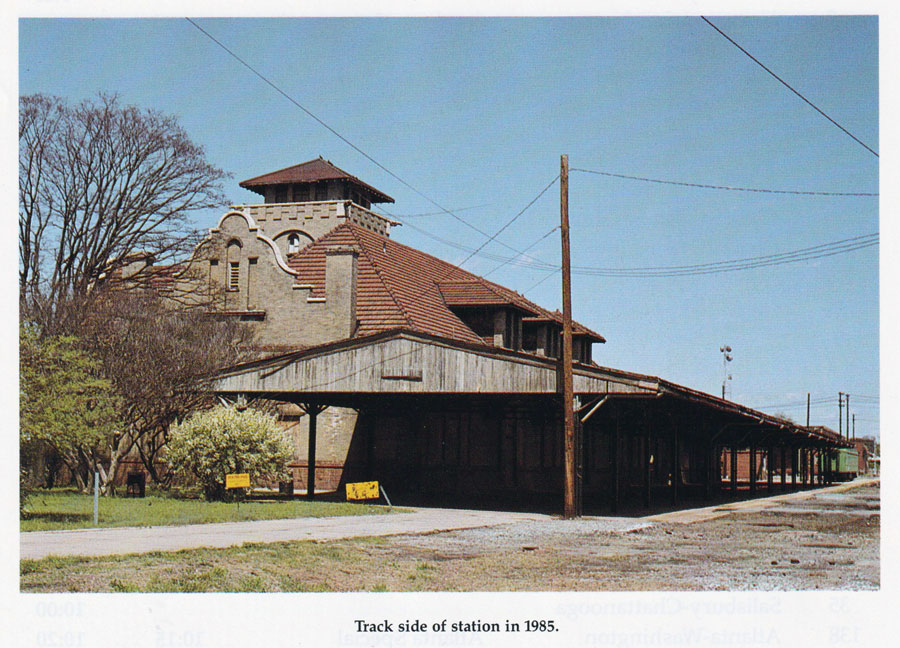
from Southern Railway Depots - Volume 1
by Ralph Ward / collection

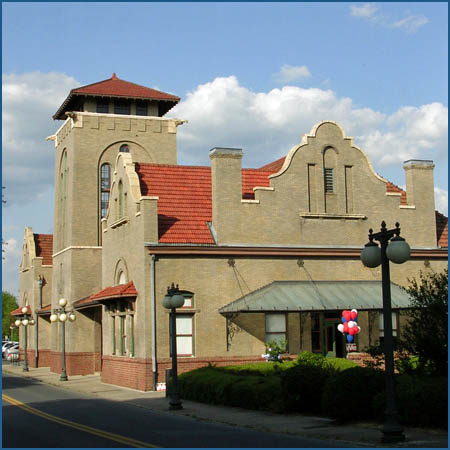
 he brick and ceramic tile Salisbury station was designed by Frank P. Milburn for Southern Railway in the Spanish Mission style. It opened in 1908, becoming one of North Carolina’s gateways to its Piedmont region. The stop was originally on the main-line between Washington, D.C. and Atlanta, Ga.; at it height of its use in 1911, as many as 44 trains per day passed through.
he brick and ceramic tile Salisbury station was designed by Frank P. Milburn for Southern Railway in the Spanish Mission style. It opened in 1908, becoming one of North Carolina’s gateways to its Piedmont region. The stop was originally on the main-line between Washington, D.C. and Atlanta, Ga.; at it height of its use in 1911, as many as 44 trains per day passed through.
The Salisbury passenger station was added to the National Register of Historic Places in 1976. The building spans two city blocks and includes a two-course water table dividing the dark red brick base and tan brick body on the building, Spanish tile roof, and a dominating central three and one-half-story tower ornamented by projecting gargoyles.
Founded in 1753 in Rowan County, Salisbury is one of North Carolina’s oldest cities. Daniel Boone’s father, Squire Boone, was one of the first justices appointed in the county, and young Daniel hunted and fished on the Yadkin River years before making his reputation as a wilderness pathfinder. A marker on the Salisbury Square identifies the beginning of the famous Boone Trail. Andrew Jackson, who eventually became the seventh president of the United States, also lived for a while in Salisbury, where he started his law career before moving to Tennessee.
By 1855, Salisbury had become an important rail junction, connecting the Piedmont to eastern North Carolina. It is during this period that many of the beautiful structures in the town were built. Sadly, Salisbury is most often remembered as the site of a very large Confederate military prison during the Civil War where, due to blockades of food and medicine during the latter part of the war, thousands of prisoners died of disease and starvation. However, the citizens of the town were not insensible to their conditions, and provided what charity they could, though they were far outnumbered by the prisoners. After surrender in 1865, the many thousands incarcerated were released, and the prison burned. Though many graves were moved, it is estimated that about 5,000 Union soldiers still lie in unmarked graves in the beautifully maintained historic Salisbury National Cemetery.
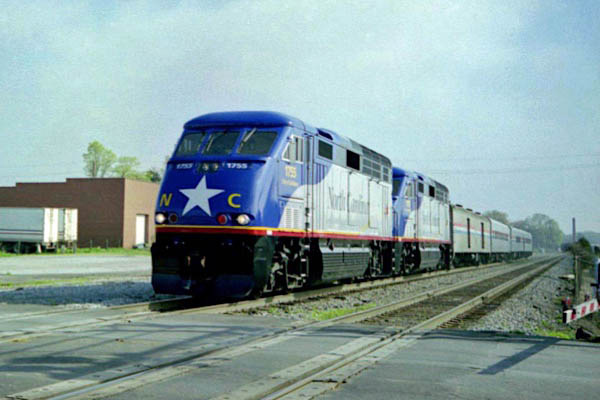
Salisbury, NC / Apr 1999 / JCH
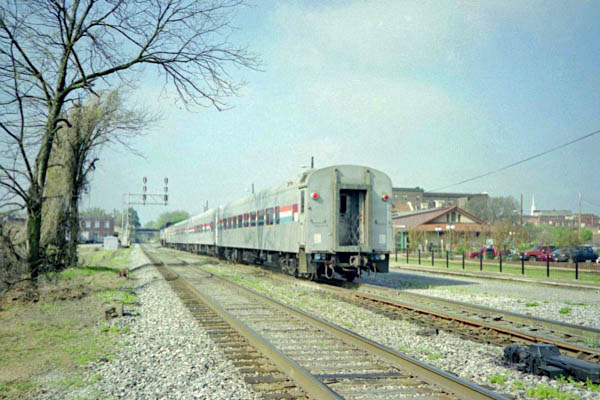
Salisbury, NC / Apr 1999 / JCH
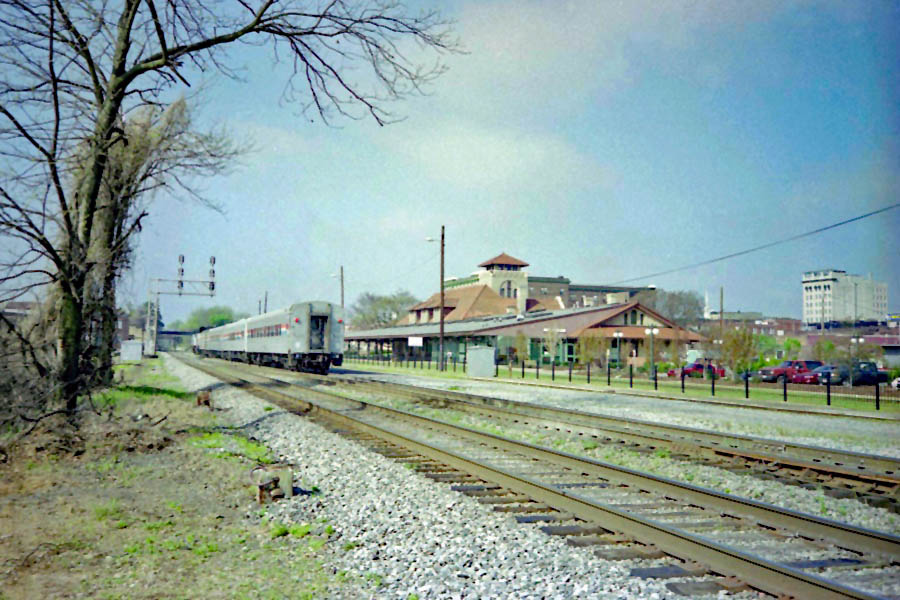
Salisbury, NC / Apr 1999 / JCH

Click to see the Salisbury station plotted on a Google Maps page
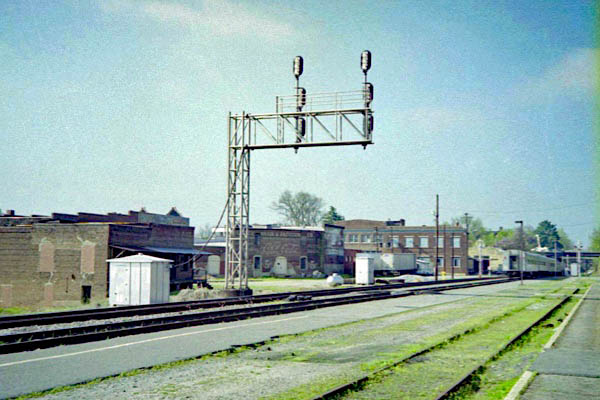
Salisbury, NC / Apr 1999 / JCH
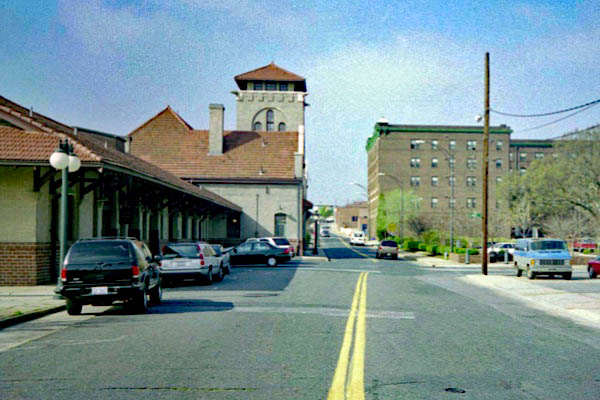
Salisbury, NC / Apr 1999 / JCH

Salisbury, NC / Apr 1999 / JCH
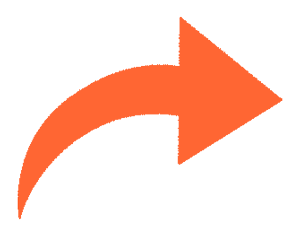
See also our nearby North Carolina Transportation Museum scrapbook in Preservation
 Charlotte, NC
Charlotte, NC
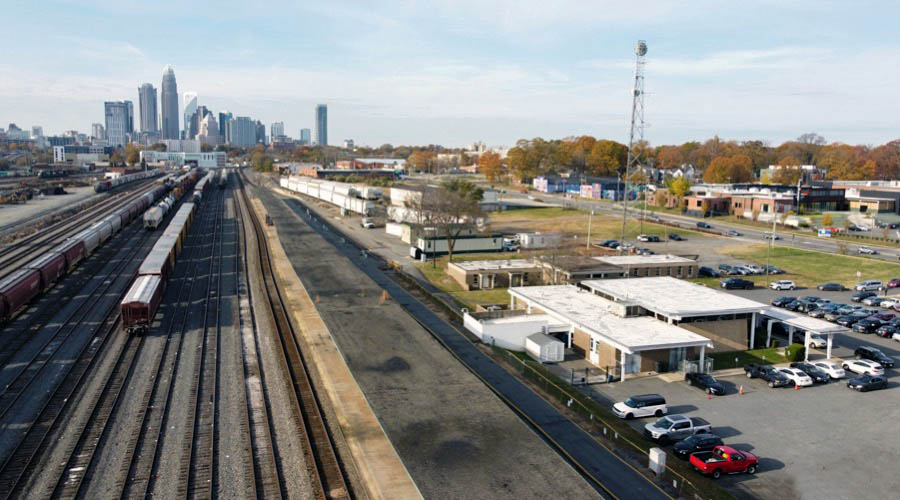
Charlotte, NC / Nov 2024 / RWH

Charlotte, NC / Nov 2024 / RWH

Click to see the Charlotte Amtrak station plotted on a Google Maps page
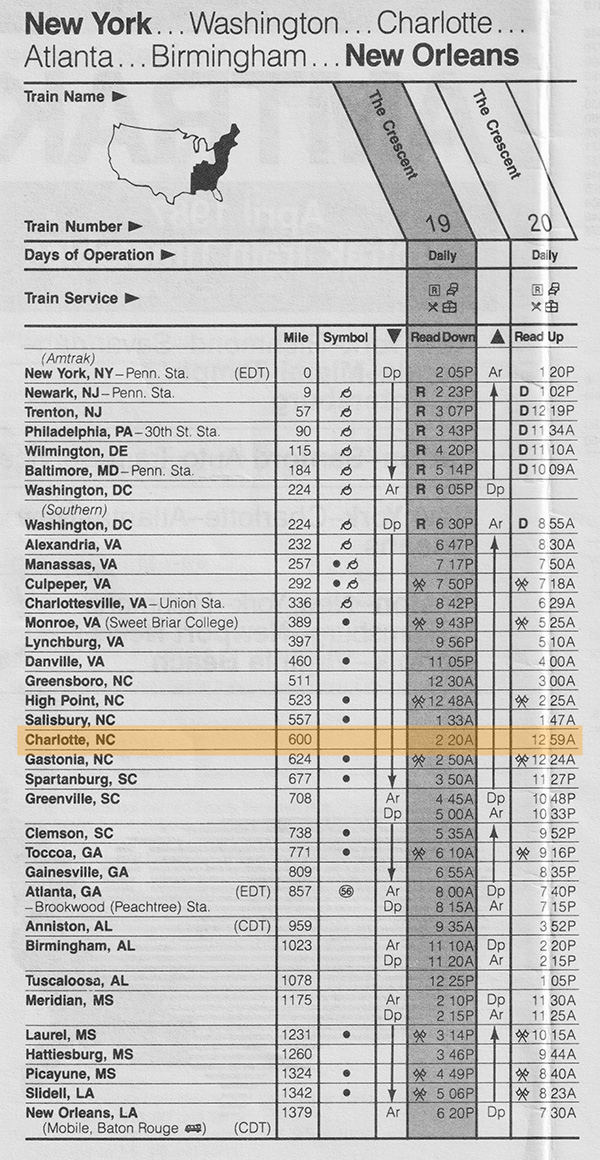
1987 Amtrak timetable / collection
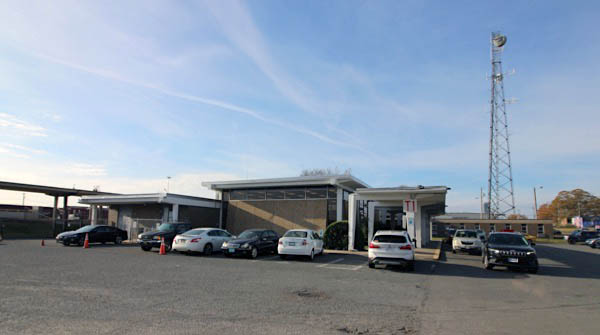
Charlotte, NC / Nov 2024 / RWH
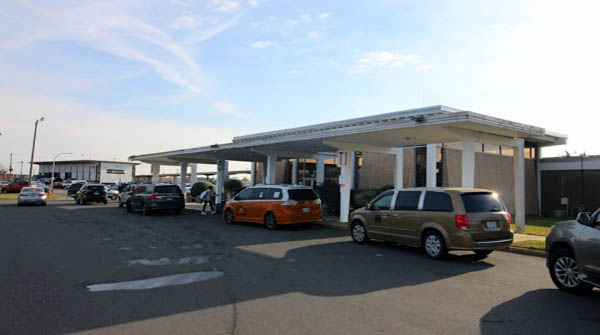
Charlotte, NC / Nov 2024 / RWH


postcard / collection


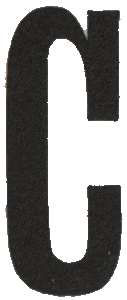 harlotte, located in Mecklenburg County, is the largest city in North Carolina. The area was first settled in 1755 when Thomas Polk, uncle of future United States President James K. Polk, built a residence at the intersection of two American Indian trading paths between the Yadkin and Catawba Rivers, the north south route being part of the Great Wagon Road leading from Pennsylvania into the North Carolina foothills. Charlotte was named in honor of Queen Charlotte of Mecklenburg-Streilitz, who had become Queen Consort of King George III of England the year before the city’s founding in 1768; today, the city is well-known by its nickname—the “Queen City.”
harlotte, located in Mecklenburg County, is the largest city in North Carolina. The area was first settled in 1755 when Thomas Polk, uncle of future United States President James K. Polk, built a residence at the intersection of two American Indian trading paths between the Yadkin and Catawba Rivers, the north south route being part of the Great Wagon Road leading from Pennsylvania into the North Carolina foothills. Charlotte was named in honor of Queen Charlotte of Mecklenburg-Streilitz, who had become Queen Consort of King George III of England the year before the city’s founding in 1768; today, the city is well-known by its nickname—the “Queen City.”
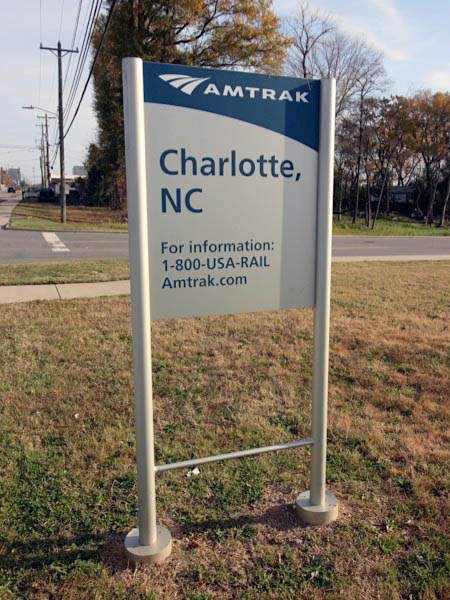
Nov 2024 / RWH
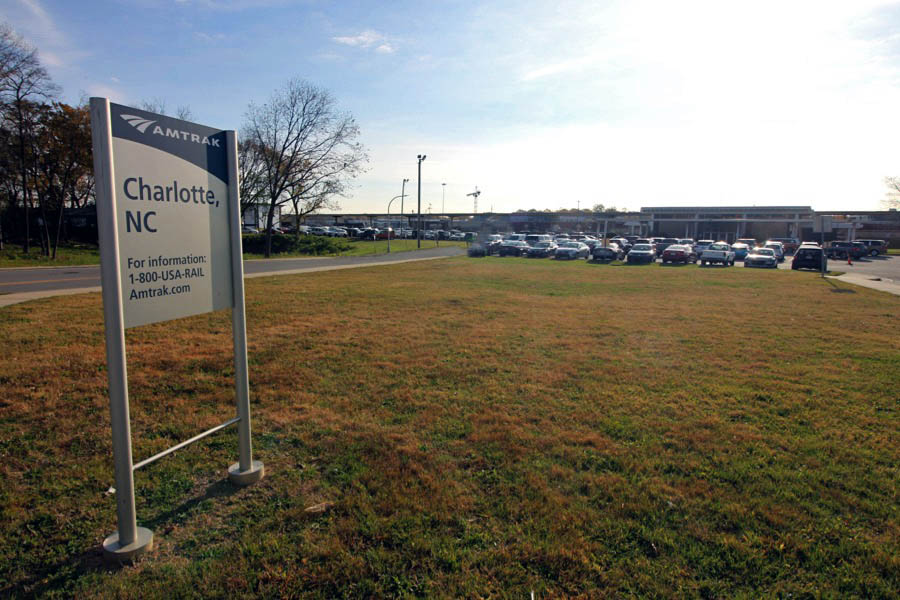
Charlotte, NC / Nov 2024 / RWH
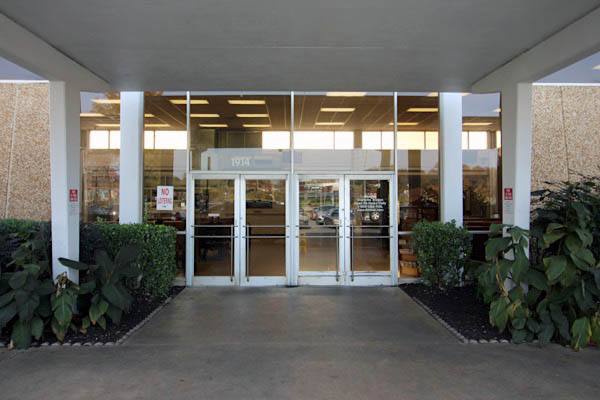
Nov 2024 / RWH

Nov 2024 / RWH

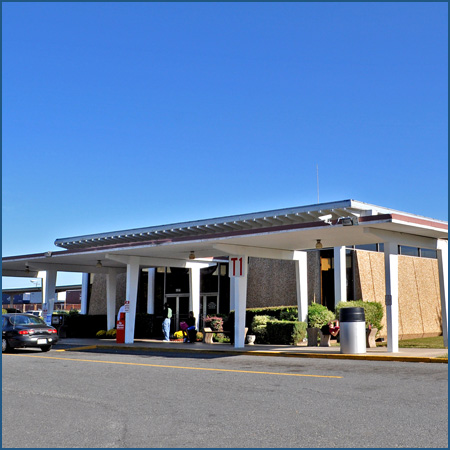
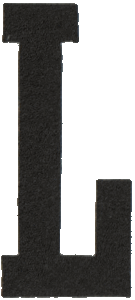 ocated approximately two miles northeast of downtown in the busy Norfolk Southern rail yard, the current Charlotte station was built for the Southern Railway in 1962 to house passenger service functions and railroad division offices. A new station was needed due to a grade-separation project that required the relocation of various railroad facilities.
ocated approximately two miles northeast of downtown in the busy Norfolk Southern rail yard, the current Charlotte station was built for the Southern Railway in 1962 to house passenger service functions and railroad division offices. A new station was needed due to a grade-separation project that required the relocation of various railroad facilities.
Designed by local architectural firm Walter Hook Associates, Inc., the structure was meant to be quickly erected and therefore included the use of an exposed precast concrete framing system. A mail building (freight depot) and boiler house were constructed to the northeast as part of the station project.
In addition to the framing components, the exterior incorporates dark brown brick and large, angled precast concrete panels covered in pebble-dash. Interspersed with these heavy, solid elements are walls of glass, which coupled with clerestory windows beneath the roof, allow ample natural light to flood the waiting room. Due to the clerestory windows, from a distance, the roof almost seems to float above the building.
In keeping with the aesthetics of mid-century modern architecture, the station has minimal applied ornamentation. Rather, the materials themselves are the main decorative elements, with the textured pebble-dash panels featuring prominently in the design of the exterior and interior. Inside, terrazzo floors are durable yet elegant, appropriate for a high-traffic area.
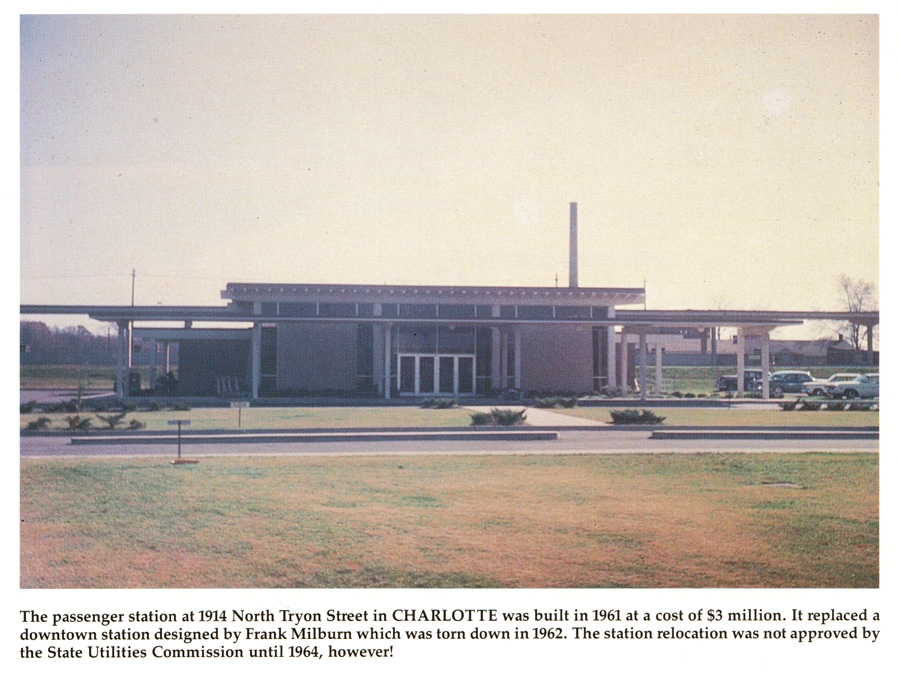
from Southern Railway Depots - Volume 1
by Ralph Ward / collection
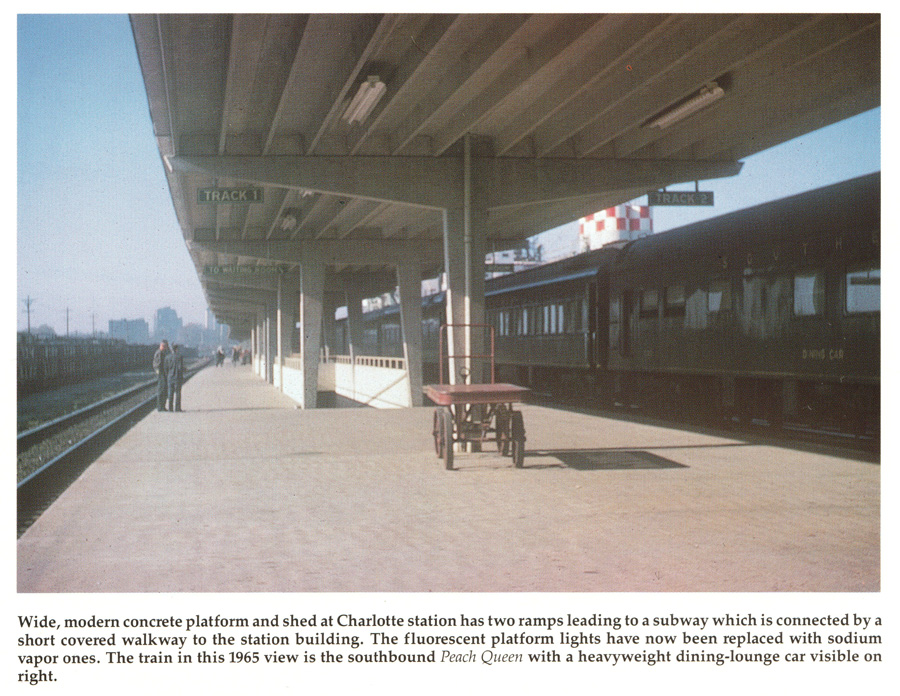
from Southern Railway Depots - Volume 1
by Ralph Ward / collection
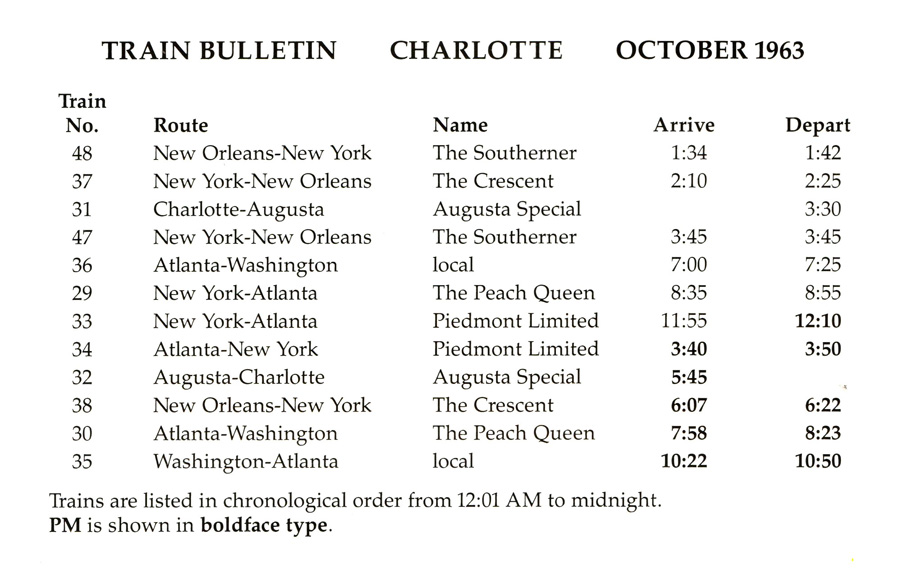
from Southern Railway Depots - Volume 1
by Ralph Ward / collection
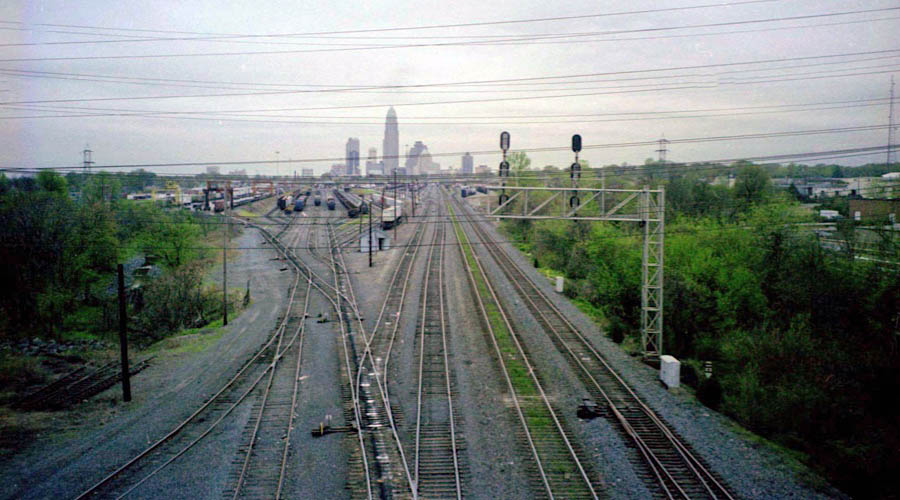
Charlotte, NC / Apr 1999 / RWH
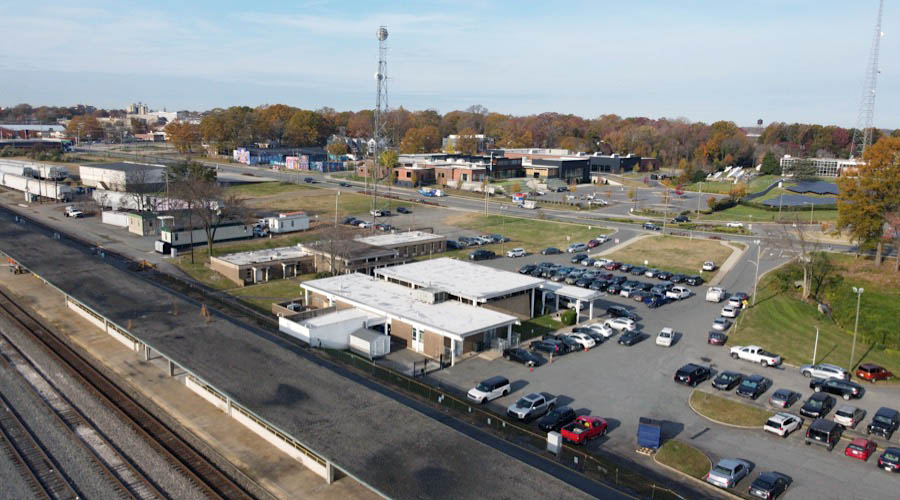
Charlotte, NC / Nov 2024 / RWH
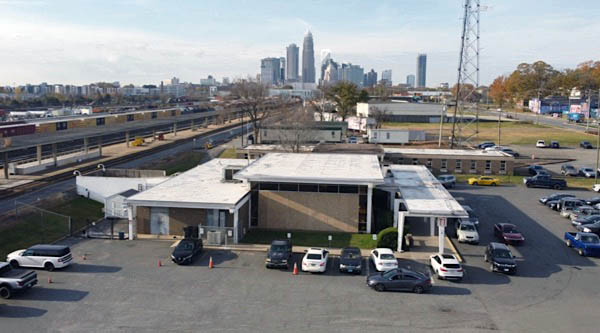
Charlotte, NC / Nov 2024 / RWH
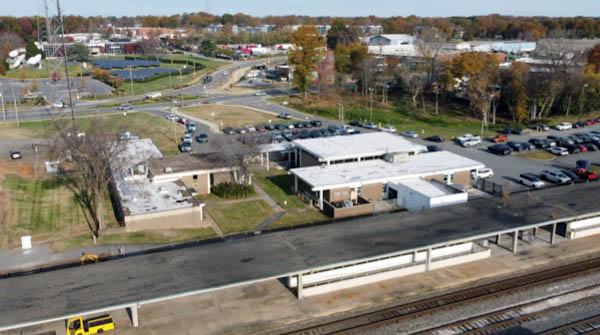
Charlotte, NC / Nov 2024 / RWH
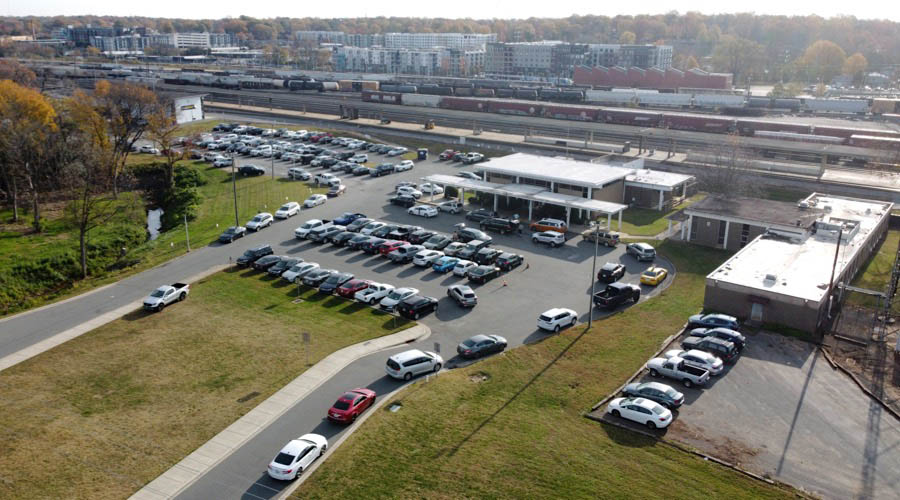
Charlotte, NC / Nov 2024 / RWH
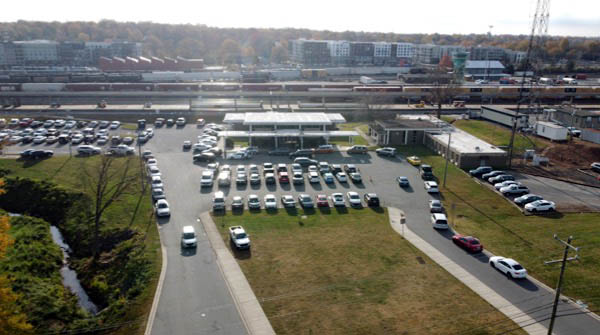
Charlotte, NC / Nov 2024 / RWH
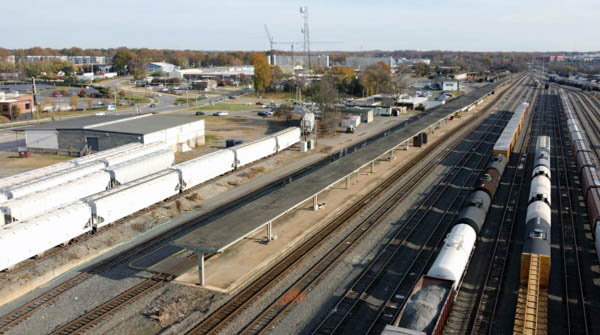
Charlotte, NC / Nov 2024 / RWH
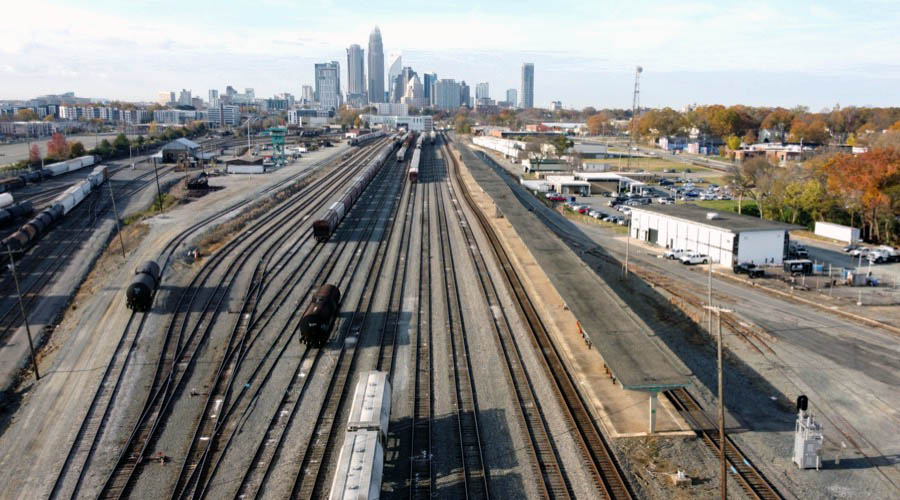
Charlotte, NC / Nov 2024 / RWH
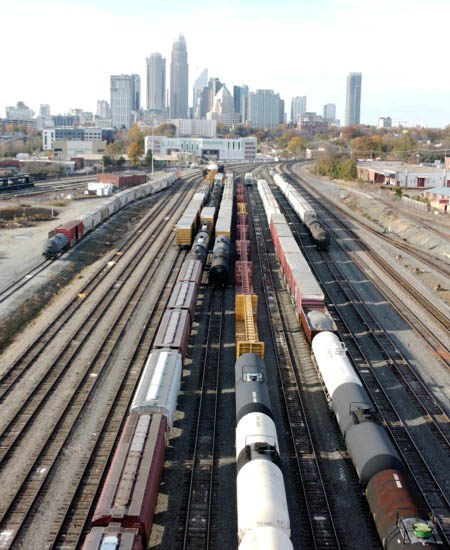
Nov 2024 / RWH

Charlotte, NC / Nov 2024 / RWH
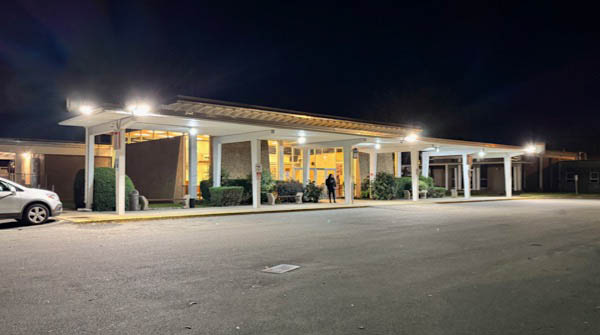
Charlotte, NC / Nov 2024 / RWH
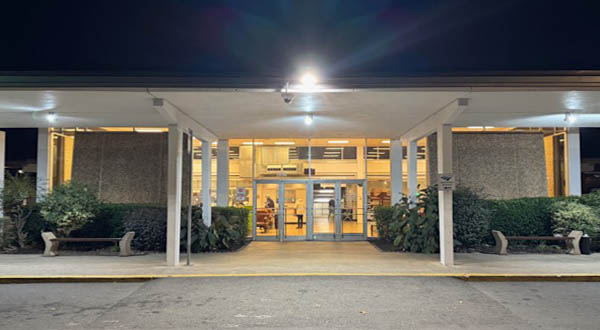
Nov 2024 / RWH
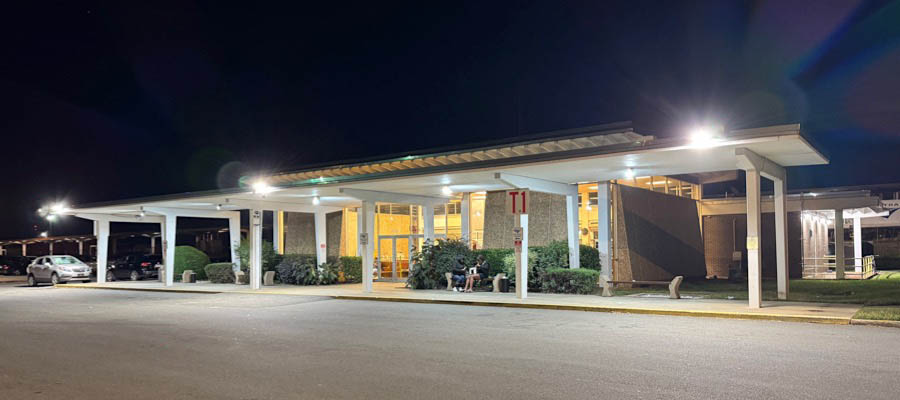
Charlotte, NC / Nov 2024 / RWH
 Charlotte, NC
Charlotte, NC
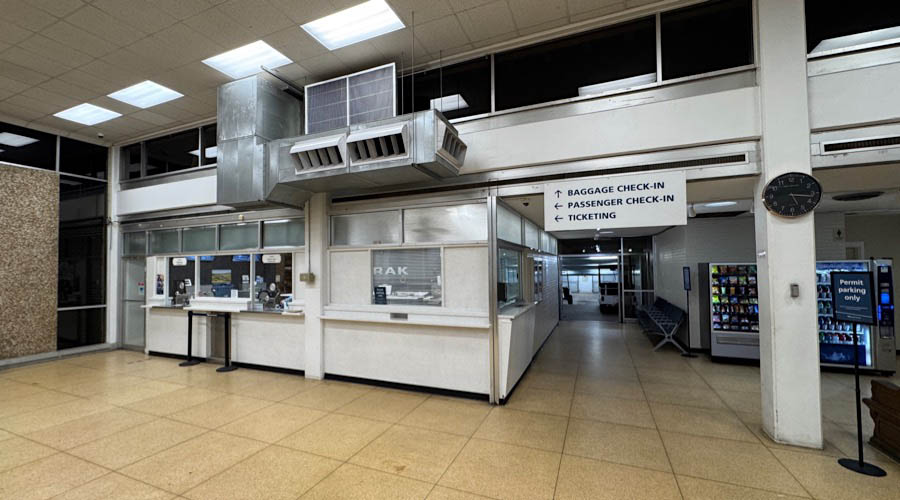
Nov 2024 / RWH
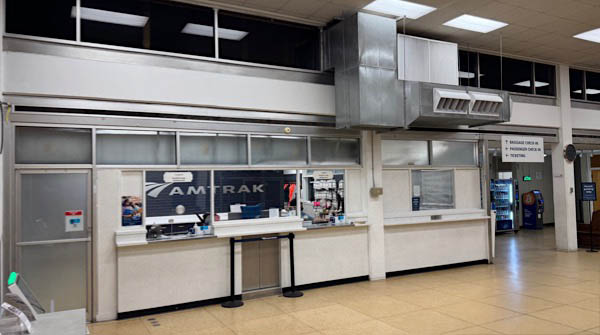
Nov 2024 / RWH

Nov 2024 / RWH
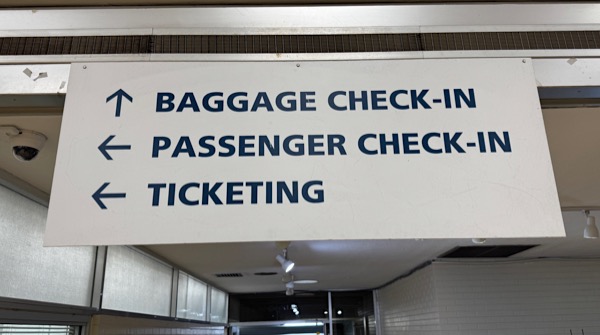
Nov 2024 / RWH
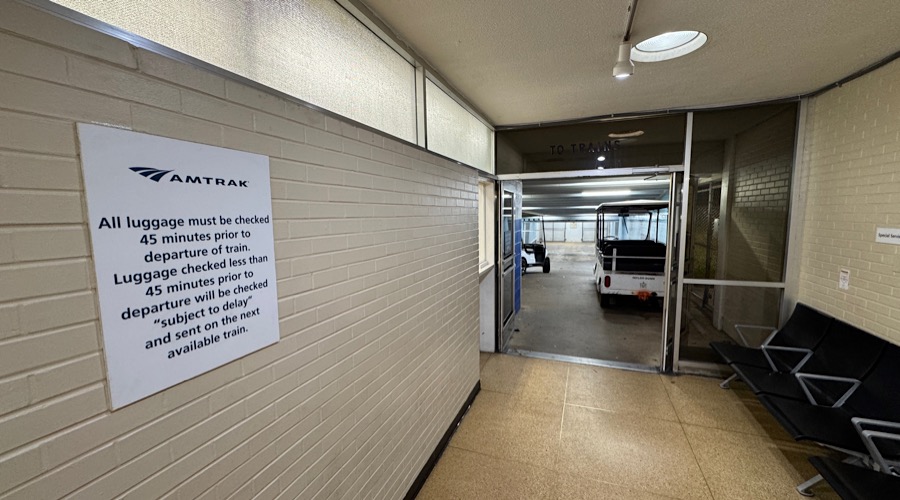
Nov 2024 / RWH
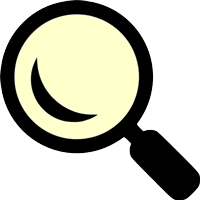 Southern's Crescent
Southern's Crescent

collection
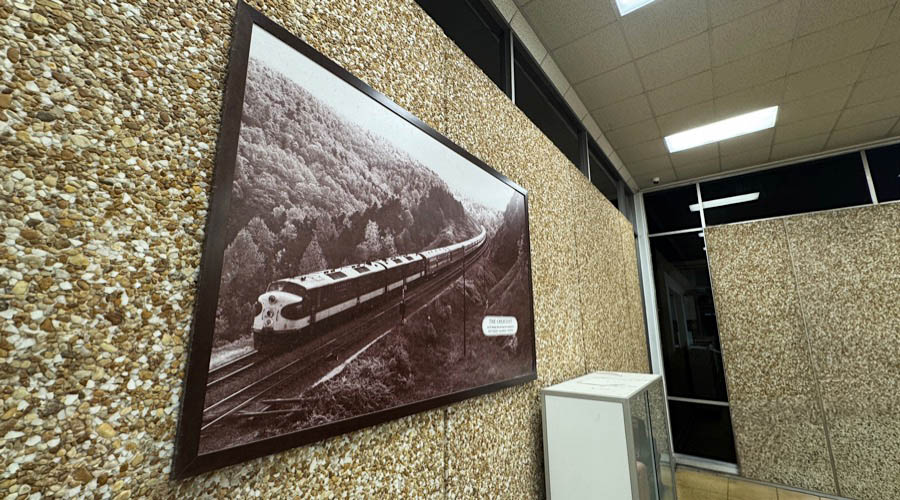
Nov 2024 / RWH
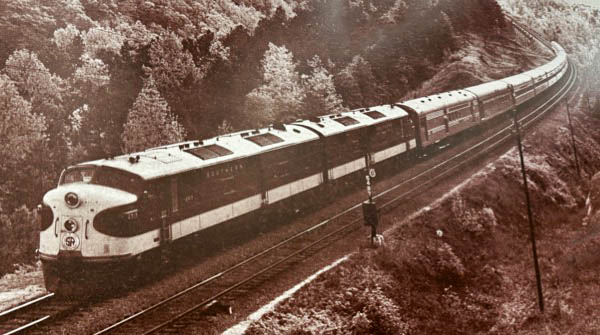
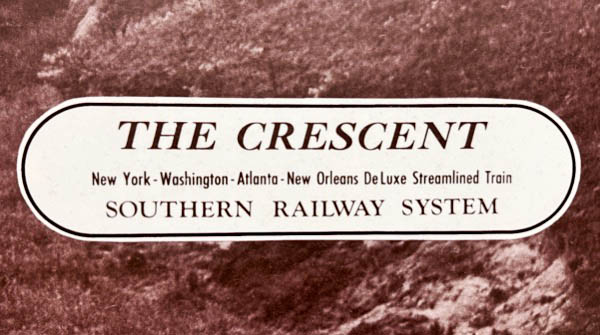
Nov 2024 / RWH
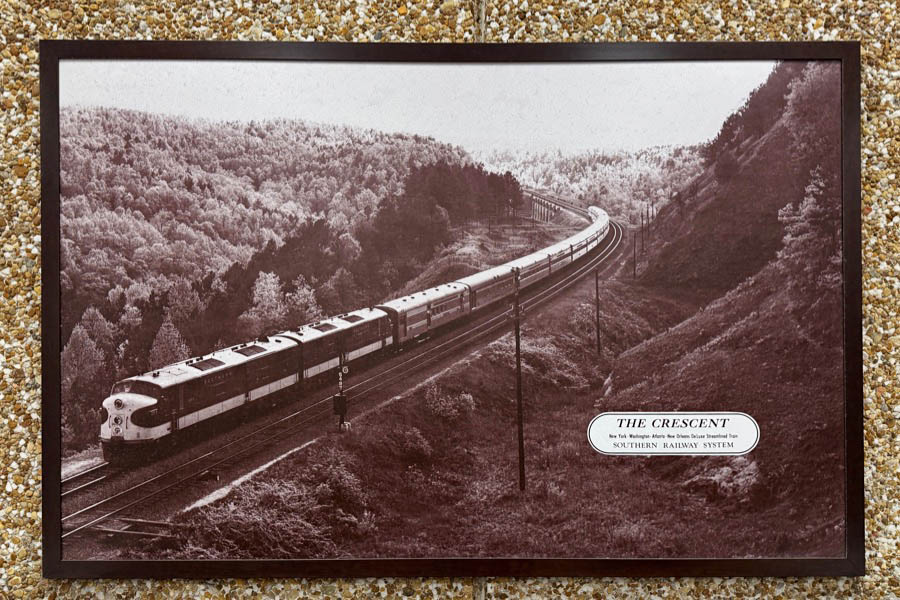
Nov 2024 / RWH

See also our complete Southern Railway Featured Fallen Flag scrapbooks in Mainlines

Charlotte, NC / Nov 2010 / Garland Harper

northbound #20
Amtrak #146

Charlotte, NC / Nov 2024 / RWH
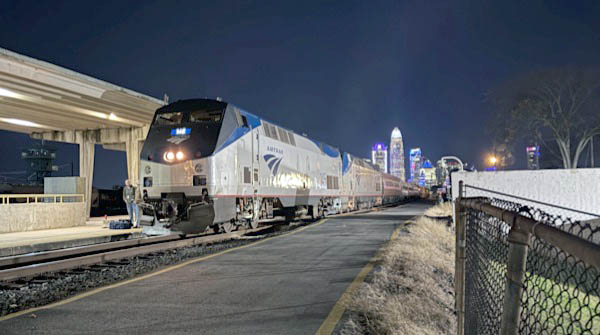
Charlotte, NC / Nov 2024 / RWH
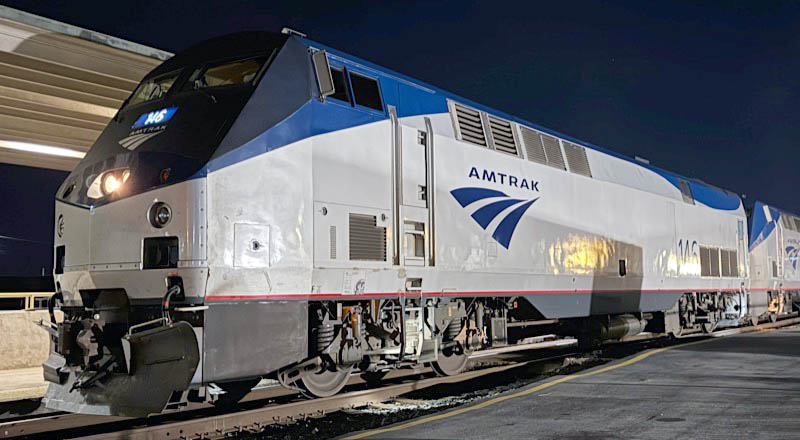
Amtrak #146
Charlotte, NC / Nov 2024 / RWH
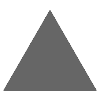
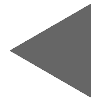
Amtrak #146
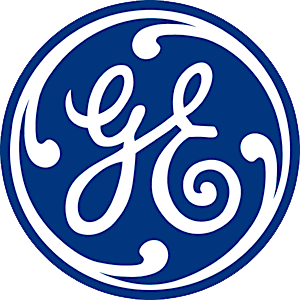
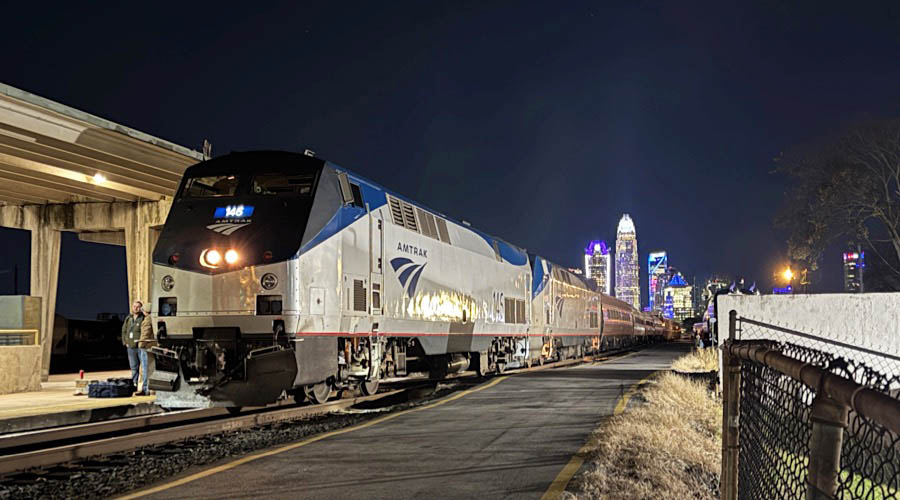
Charlotte, NC / Nov 2024 / RWH
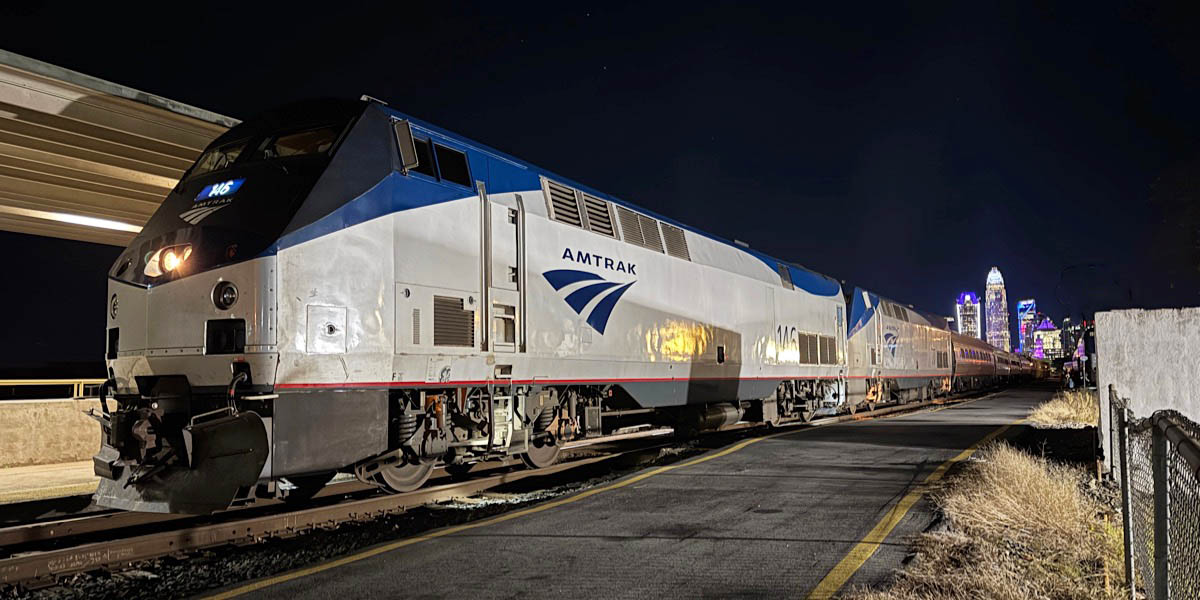
Charlotte, NC / Nov 2024 / RWH

See also our complete Amtrak Carolinian Route Scrapbook for more Charlotte action
 Gastonia, NC
Gastonia, NC
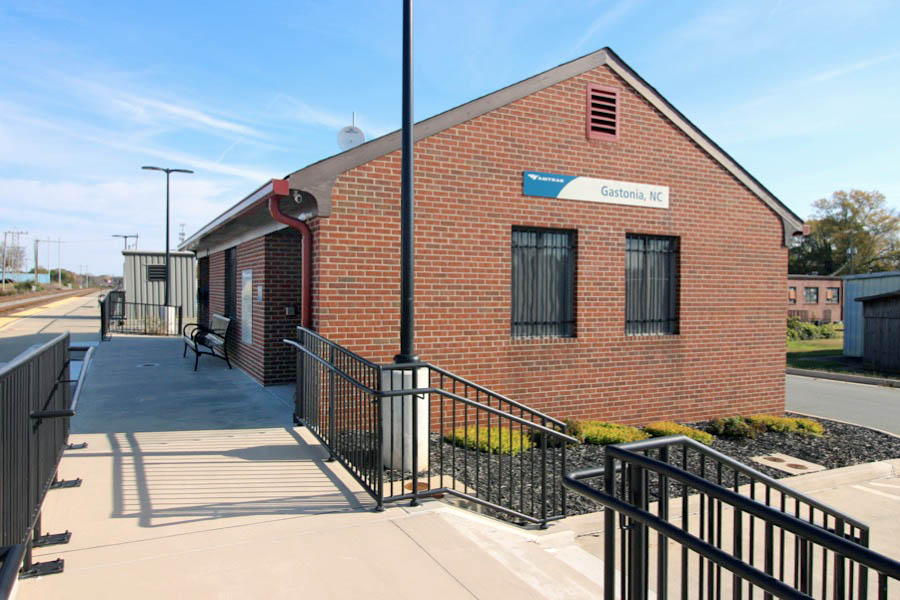
Gastonia, NC / Nov 2024 / RWH

Click to see the Gastonia station plotted on a Google Maps page
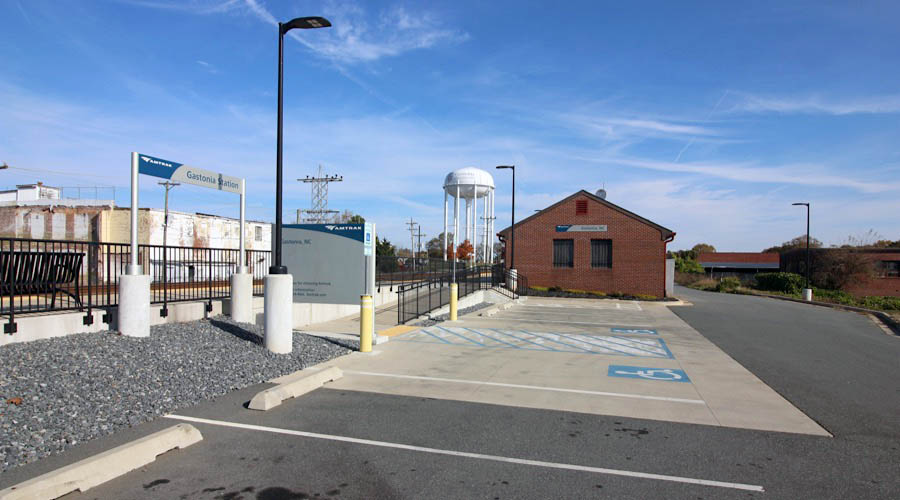
Gastonia, NC / Nov 2024 / RWH

1987 Amtrak timetable / collection
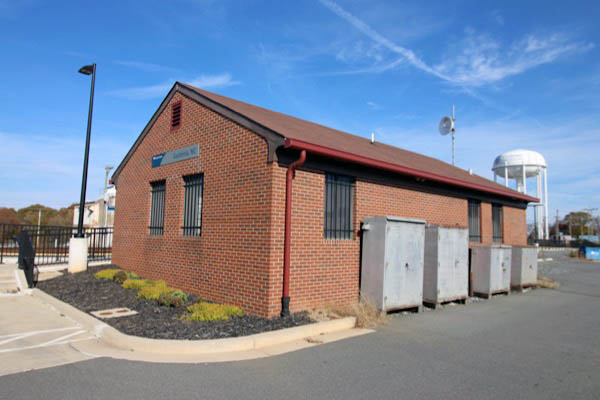
Gastonia, NC / Nov 2024 / RWH
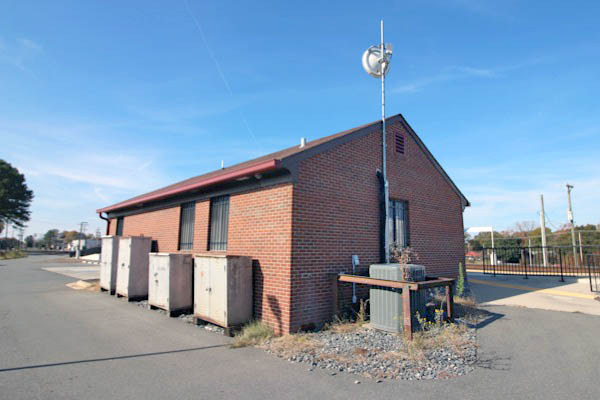
Gastonia, NC / Nov 2024 / RWH
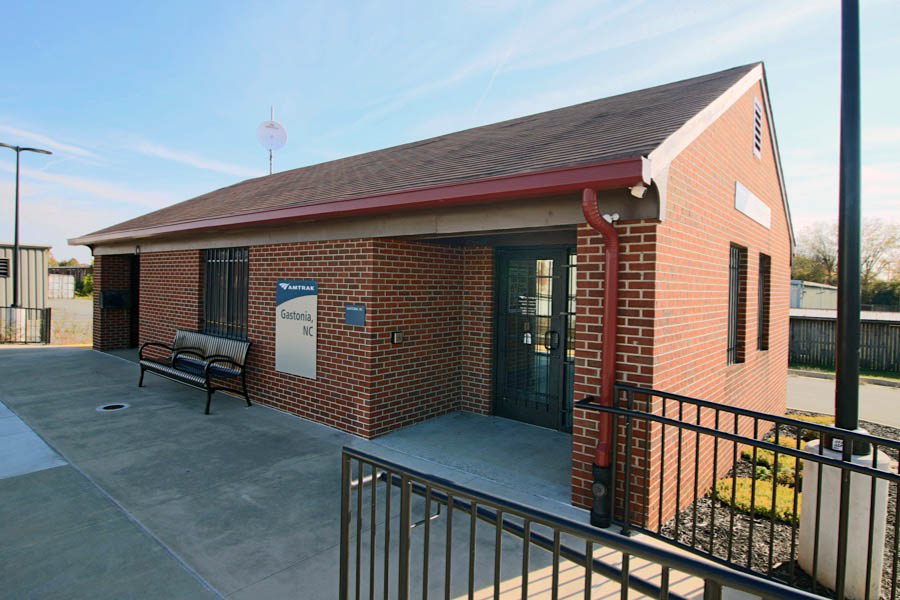
Gastonia, NC / Nov 2024 / RWH

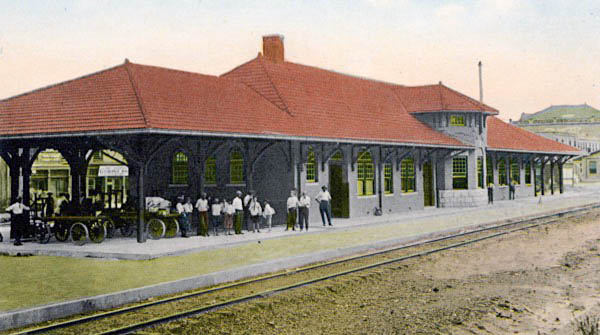
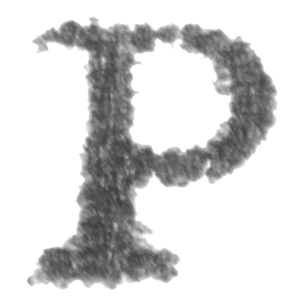 assengers at Gastonia use a small brick structure located northeast of downtown and just south of Interstate 85. The city’s passenger rail service originated in 1873; however, the original train station on Air Line Avenue was bulldozed in the early 1960s. The stop was moved to its present location on Hancock Avenue in 1987, due to the city’s railroad relocation program, which Gastonia natives call “the ditch.” Planned since the 1960s to streamline traffic and eliminate accidents around railroad crossings, the program moved Southern Railway’s tracks about 200 feet north and eliminated Air Line Avenue. It created a 30-foot-deep trench, which removed ground-level train traffic from downtown.
assengers at Gastonia use a small brick structure located northeast of downtown and just south of Interstate 85. The city’s passenger rail service originated in 1873; however, the original train station on Air Line Avenue was bulldozed in the early 1960s. The stop was moved to its present location on Hancock Avenue in 1987, due to the city’s railroad relocation program, which Gastonia natives call “the ditch.” Planned since the 1960s to streamline traffic and eliminate accidents around railroad crossings, the program moved Southern Railway’s tracks about 200 feet north and eliminated Air Line Avenue. It created a 30-foot-deep trench, which removed ground-level train traffic from downtown.
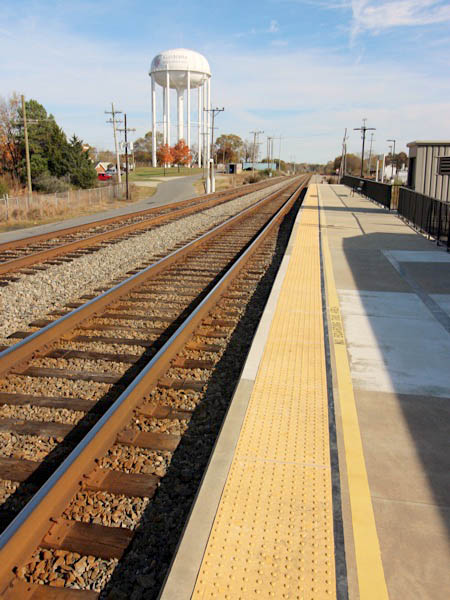
Nov 2024 / RWH
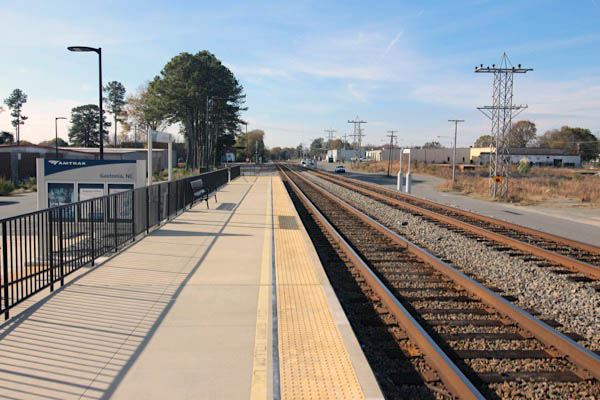
Gastonia, NC / Nov 2024 / RWH
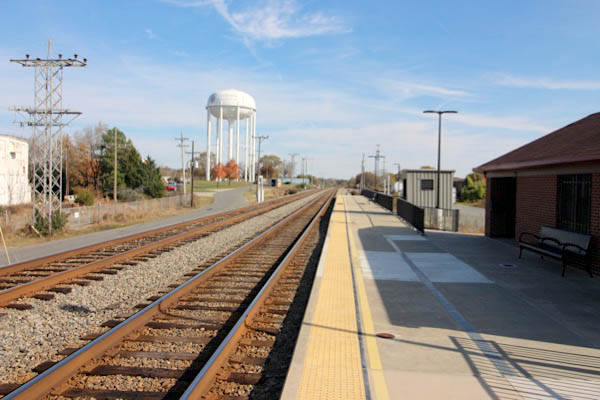
Gastonia, NC / Nov 2024 / RWH
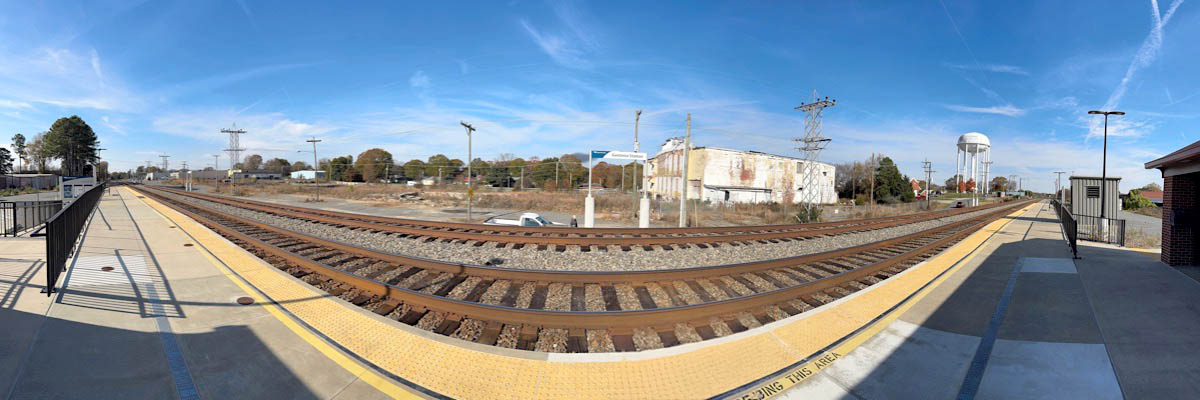
Gastonia, NC / Nov 2024 / RWH
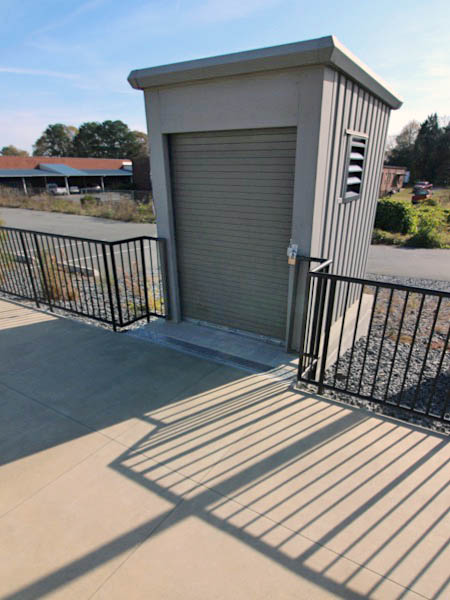
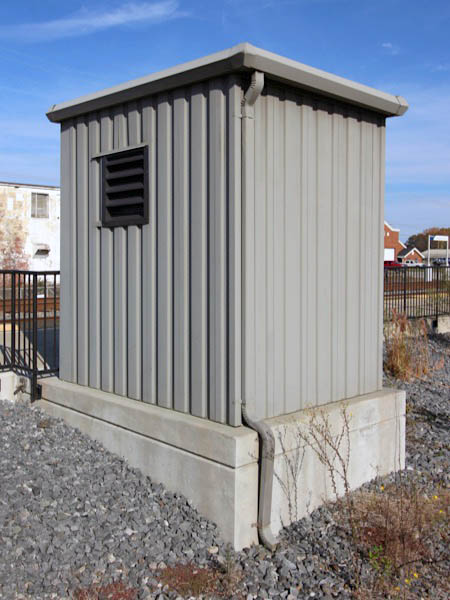
Nov 2024 / RWH
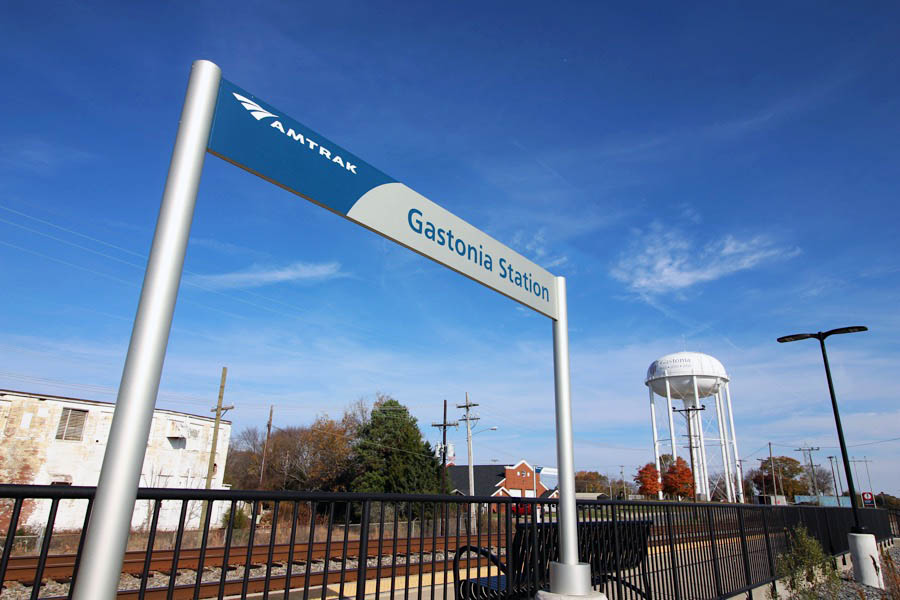
Gastonia, NC / Nov 2024 / RWH
 Gastonia, NC
Gastonia, NC
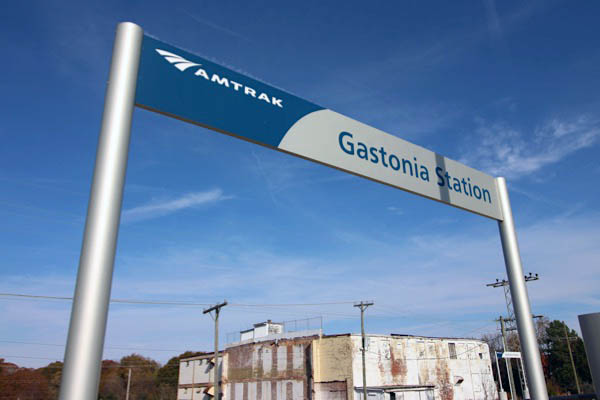
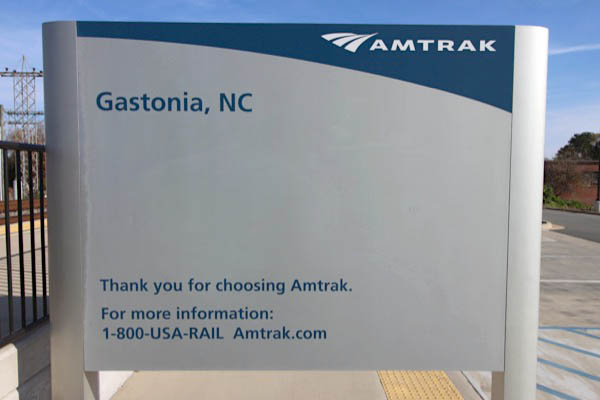
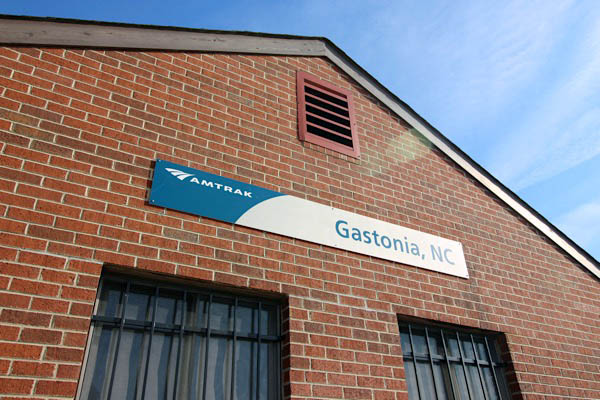
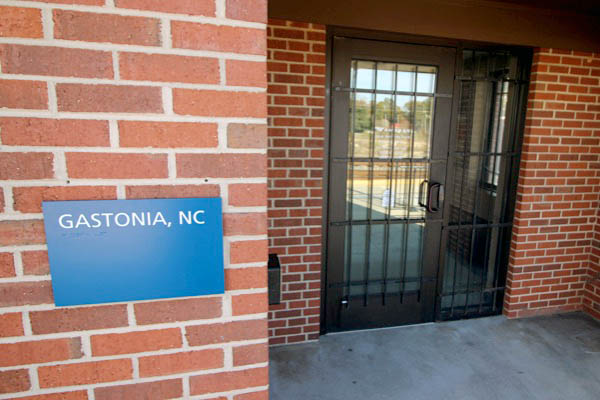
Nov 2024 / RWH
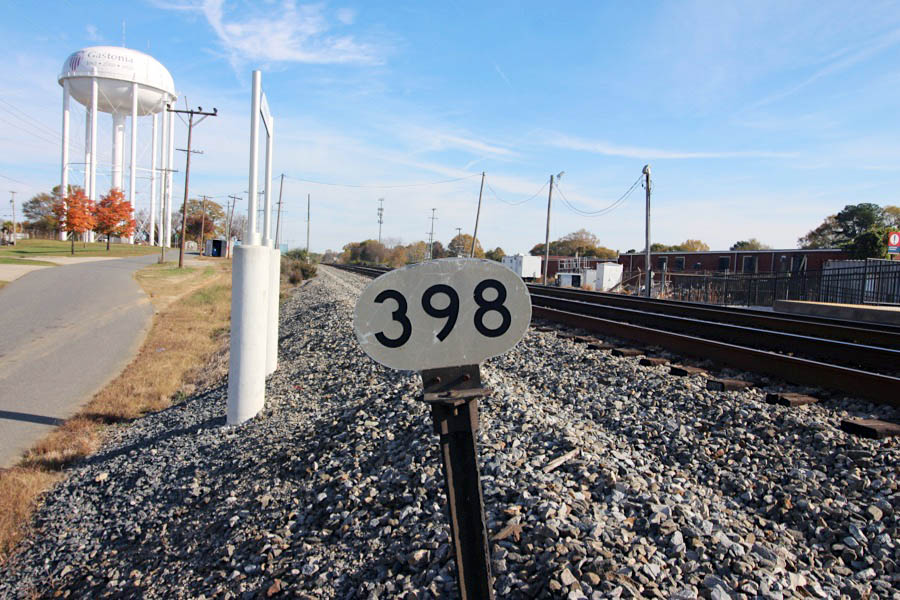
Gastonia, NC / Nov 2024 / RWH
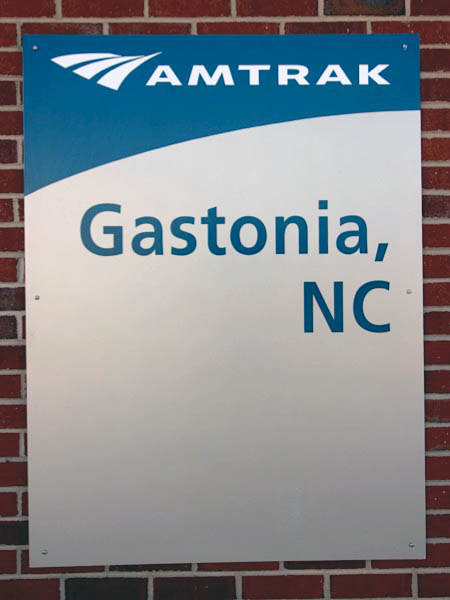
Nov 2024 / RWH
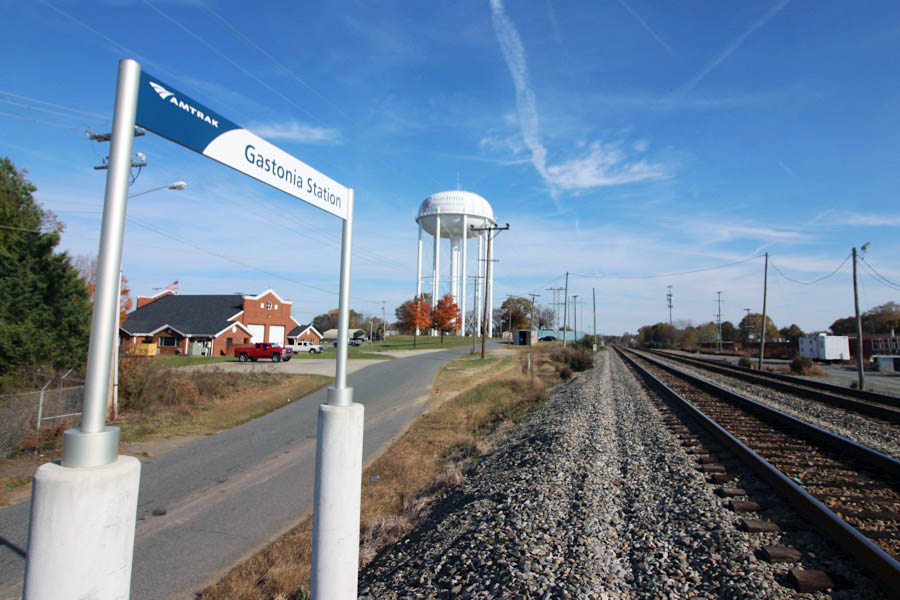
Gastonia, NC / Nov 2024 / RWH
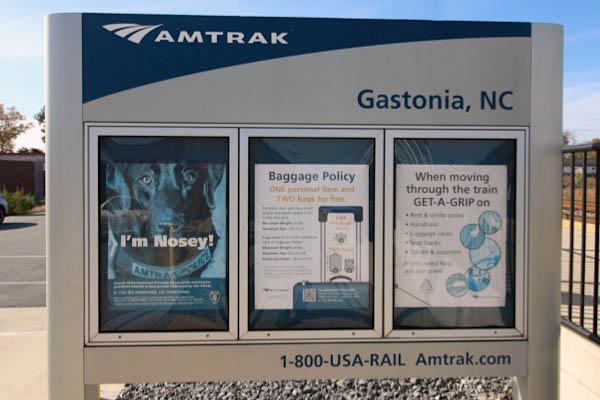
Nov 2024 / RWH
 NS Mainline Action
NS Mainline Action
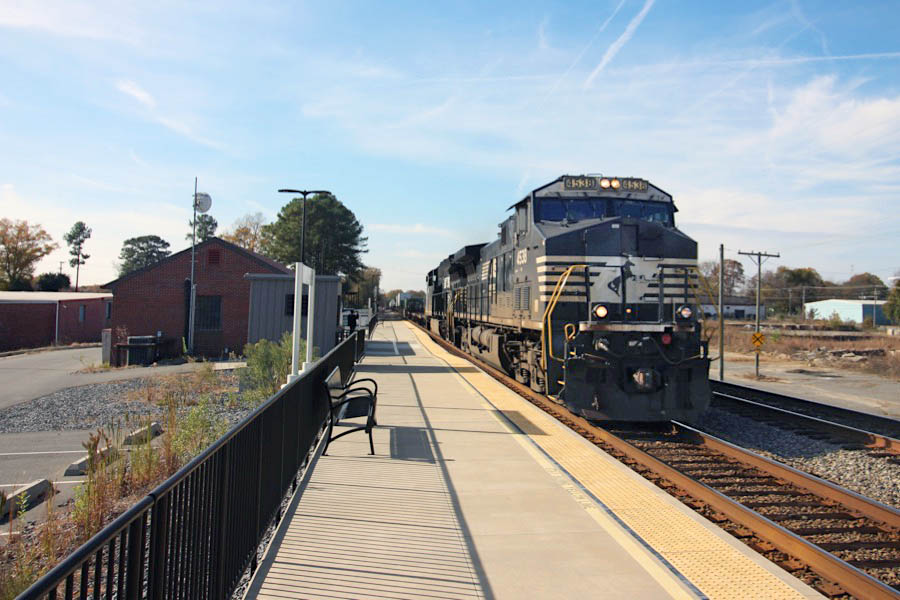
Gastonia, NC / Nov 2024 / RWH
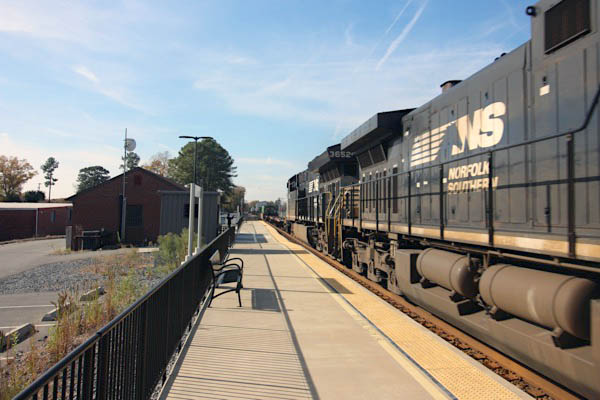
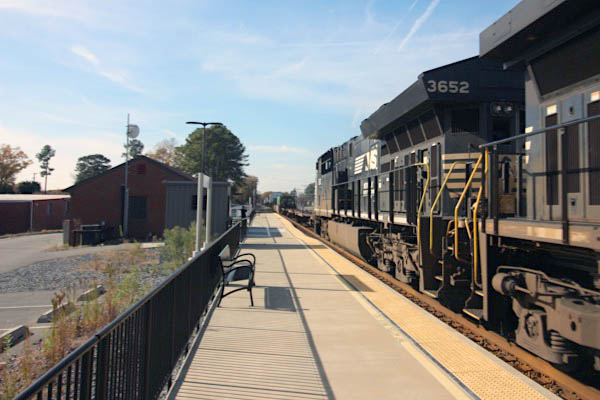
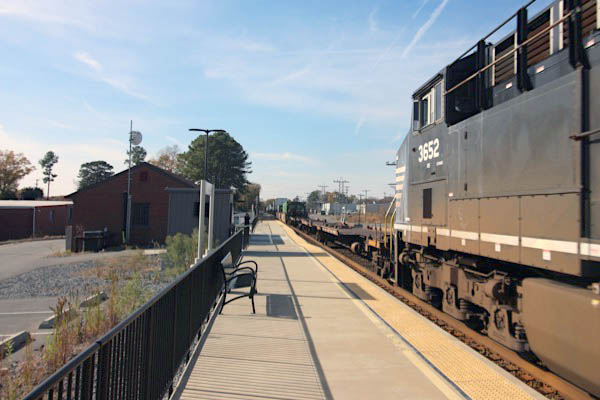
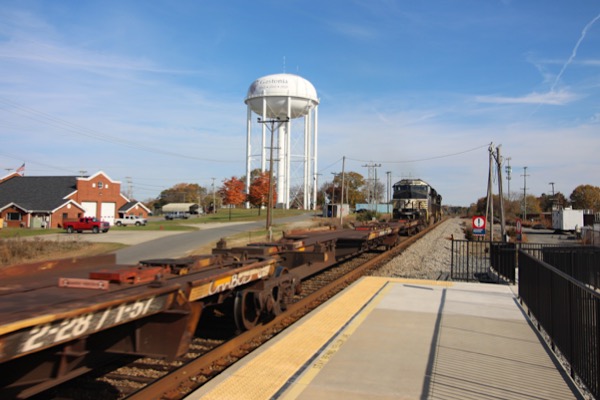
Gastonia, NC / Nov 2024 / RWH
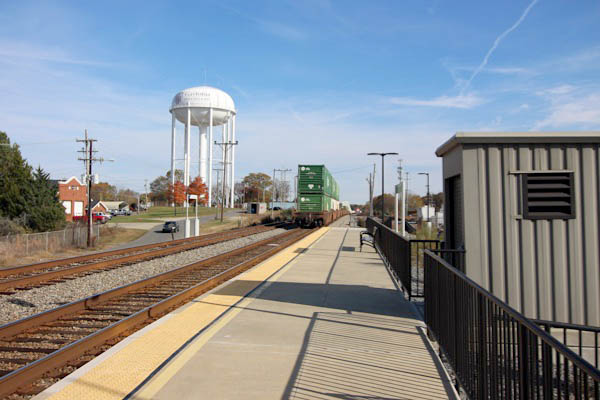
Gastonia, NC / Nov 2024 / RWH
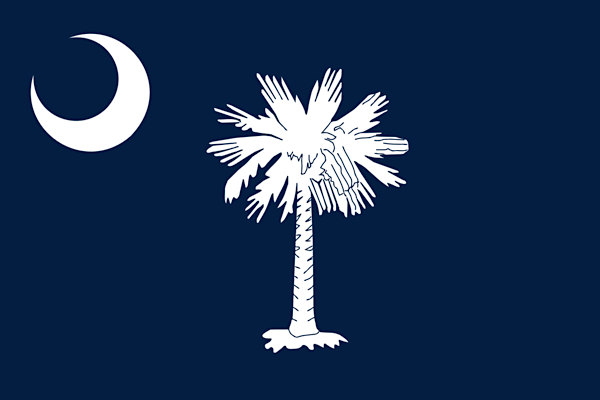 South Carolina
South Carolina
 Spartanburg, SC
Spartanburg, SC
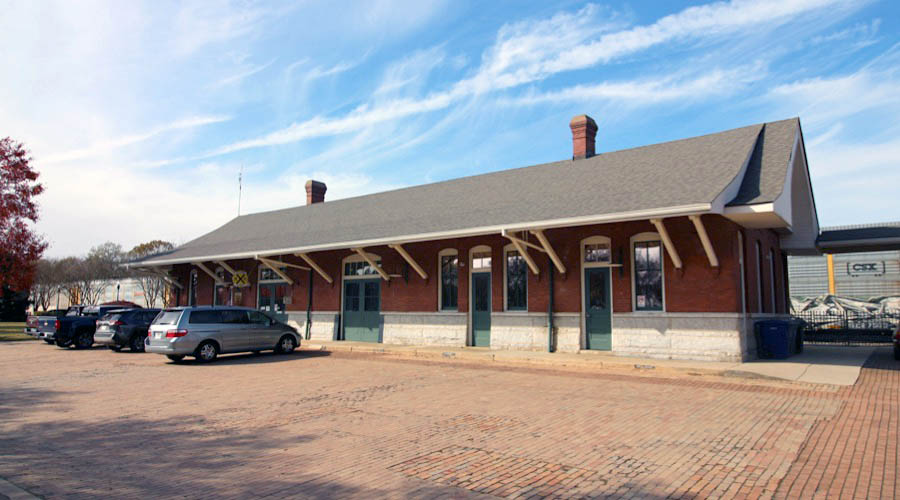
Spartanburg, SC / Nov 2024 / RWH

Click to see the historic Spartanburg station area plotted on a Google Maps page
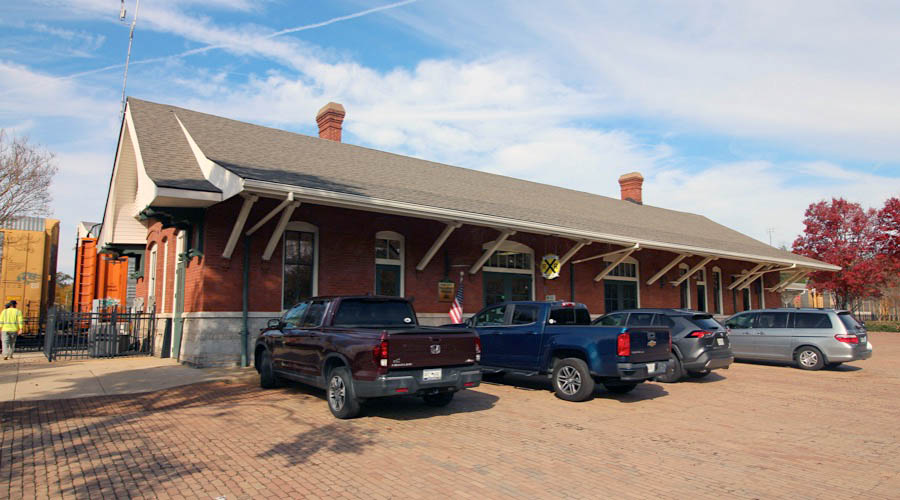
Spartanburg, SC / Nov 2024 / RWH
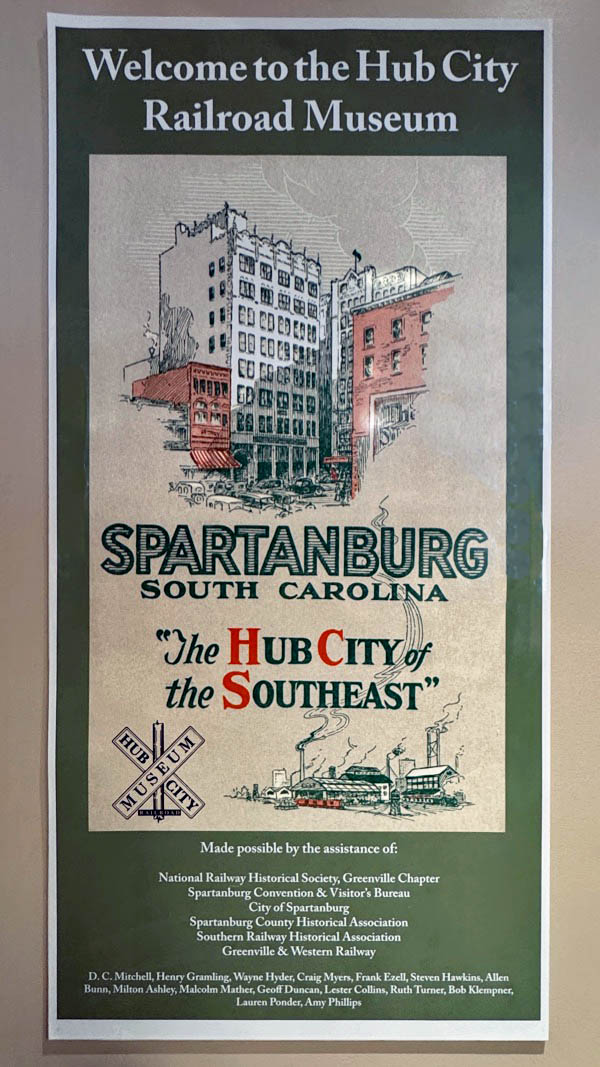
Nov 2024 / RWH
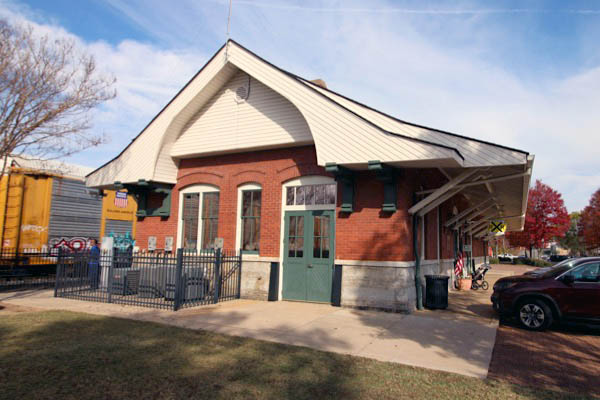
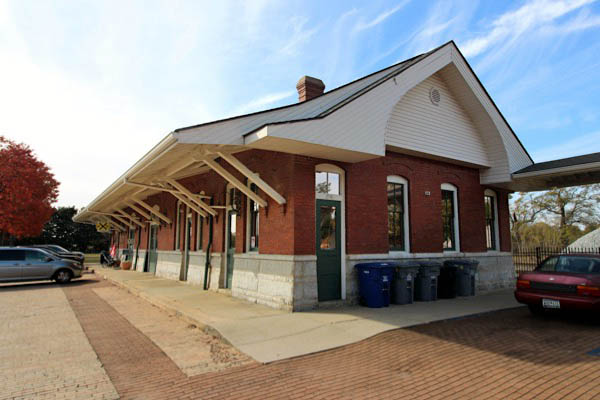
Spartanburg, SC / Nov 2024 / RWH

RWH
 Opened in 1904, the Spartanburg Union Depot (also referred to as Union Station) was built by Southern Railway and also served the Clinchfield Railroad and the Charleston & Western Carolina Railway. Nicknamed "Hub City," the two-story station had one side platform and two island platforms operating on five tracks. The building included waiting areas, baggage facilities, and offices. A few years later, the station was expanded to include a three-story tower in the center. In 1915, a separate building, located west adjacent to station, was built for the Southern Express Company (packaging services).
Opened in 1904, the Spartanburg Union Depot (also referred to as Union Station) was built by Southern Railway and also served the Clinchfield Railroad and the Charleston & Western Carolina Railway. Nicknamed "Hub City," the two-story station had one side platform and two island platforms operating on five tracks. The building included waiting areas, baggage facilities, and offices. A few years later, the station was expanded to include a three-story tower in the center. In 1915, a separate building, located west adjacent to station, was built for the Southern Express Company (packaging services).
By 1940, the three-story tower had been removed from the station. Over the next three decades, the station was gradually scaled down as passenger rail service dropped. In 1973, the main station was razed while the former Southeastern Express building was converted into the current station. In 1996, the station was damaged by fire; however, instead of being demolished it was restored thanks to a 16-year-old who launched a crusade to save the station through letters, editorials and meetings with local politicians.
In mid-twentieth century the station was a hub for passenger eservices in different directions. In addition to serving the New Orleans-Washington-New York City corridor with six departures a day to Atlanta, the station hosted two trains a day on the Asheville to Columbia line with the (including the South Carolina section of the Carolina Special ran from Cincinnati to Knoxville, Asheville, Spartanburg, Columbia and finally to Charleston). The Skyland Special ran from Asheville to Jacksonville, Florida, having a cessation from 1942 to 1947, owing to World War II. The Skyland Special was discontinued in 1958.
Into the mid 1960s, the station continued to be rather busy. The Southern Railway continued to run several New York City to Atlanta trains, of which a few such as the Crescent continued to Birmingham and New Orleans. The Southern Railway lost the Carolina Special in 1968.
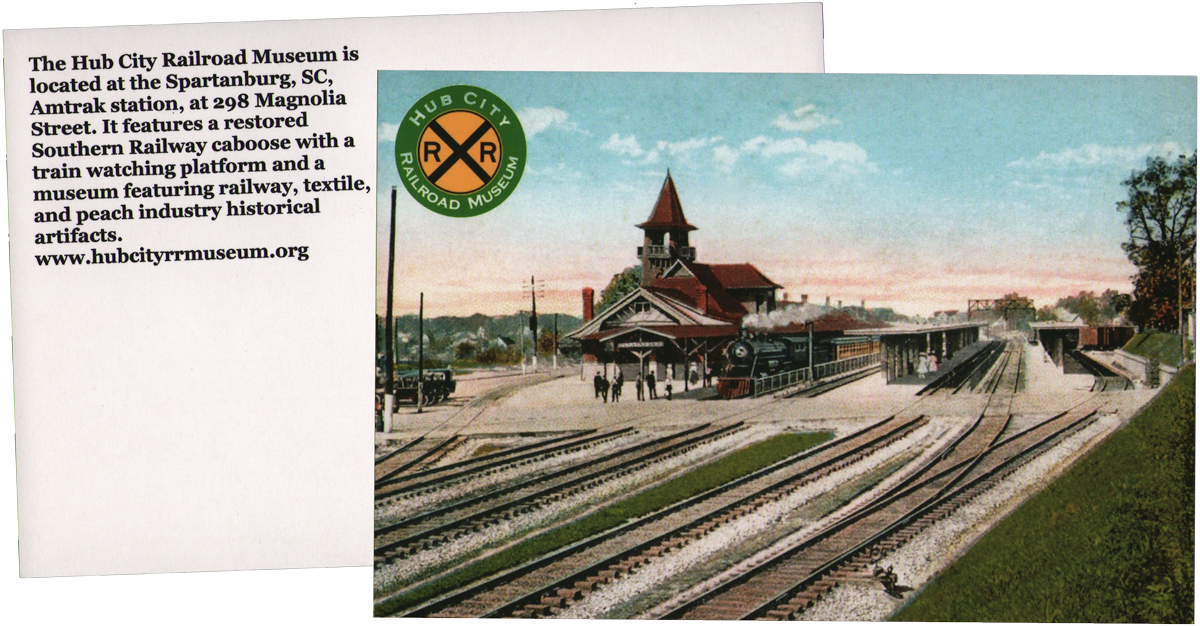
postcard / collection
 Depot Displays
Depot Displays
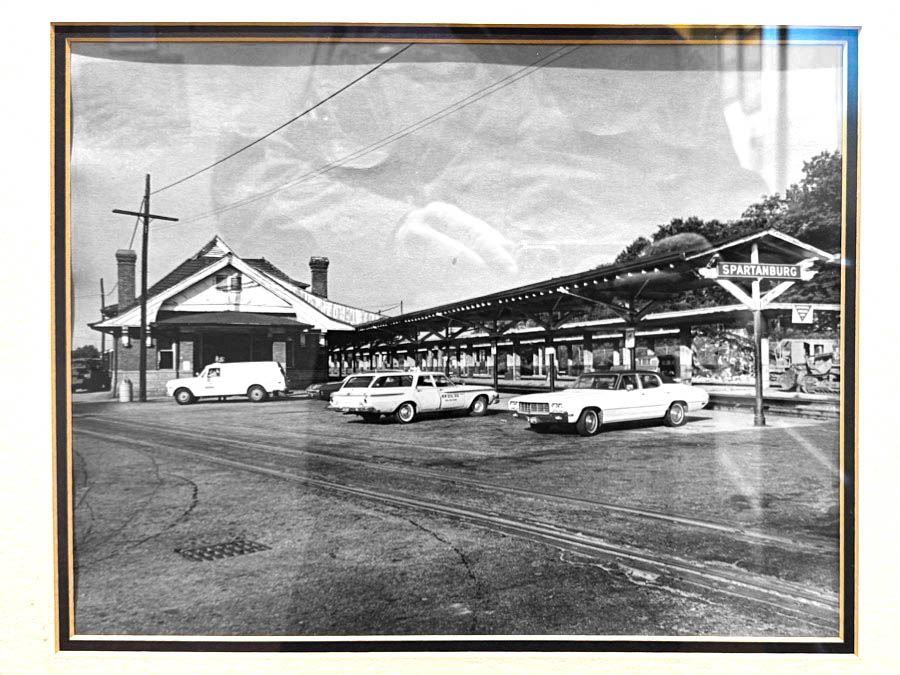
Nov 2024 / RWH
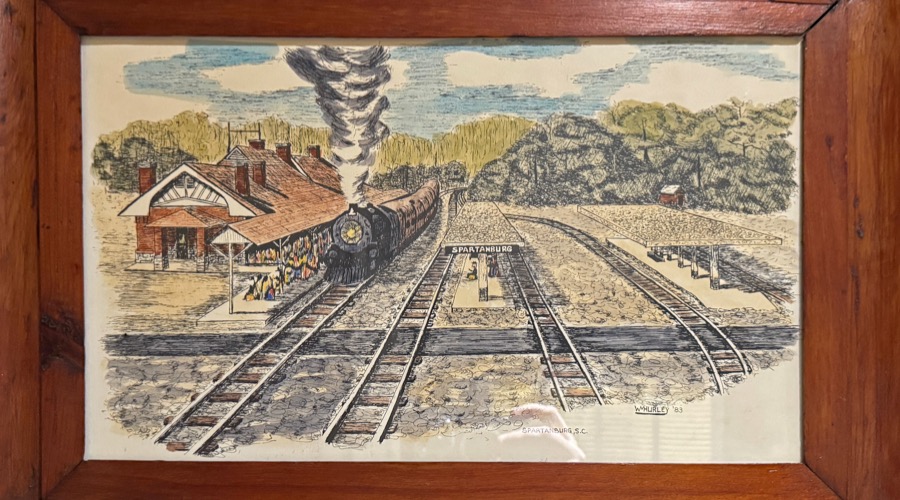
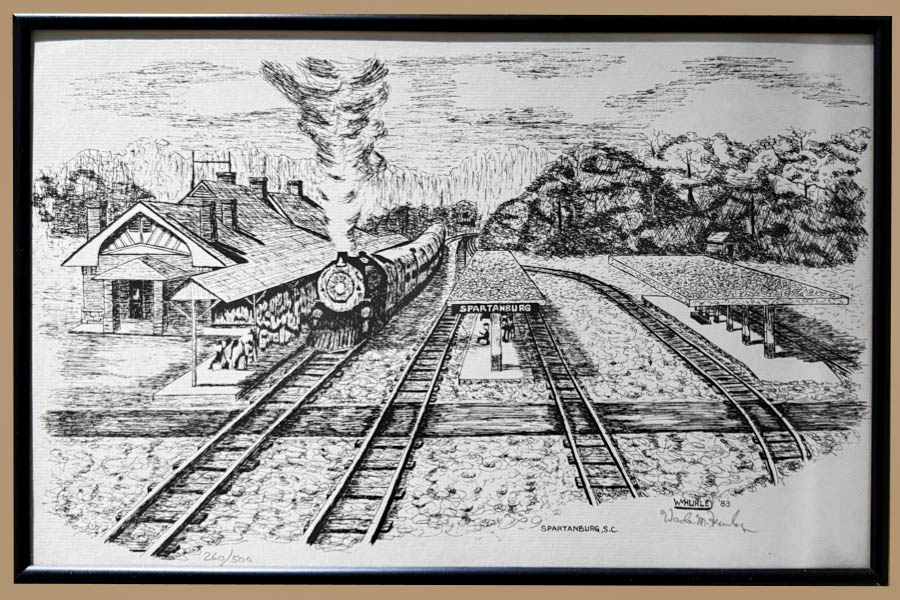
Nov 2024 / RWH
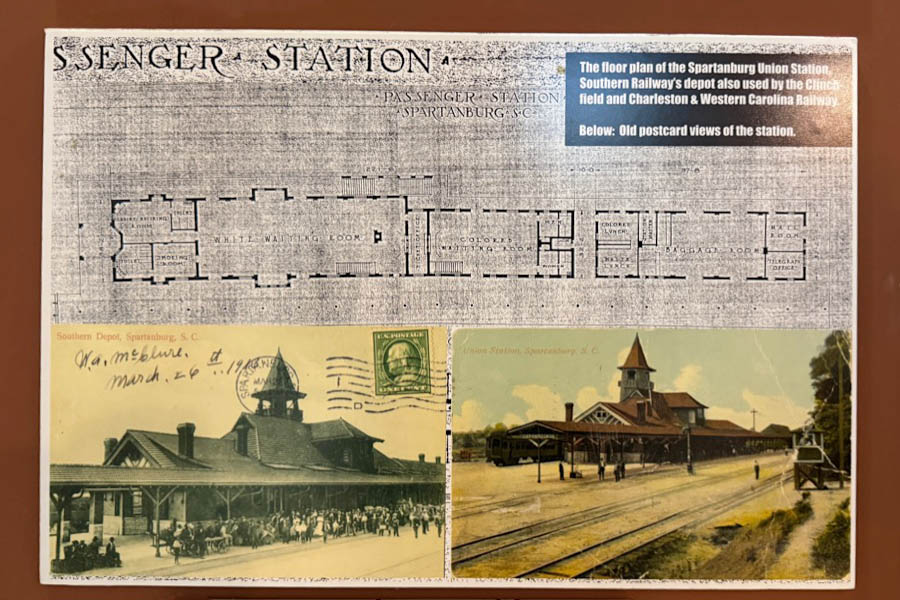
Nov 2024 / RWH
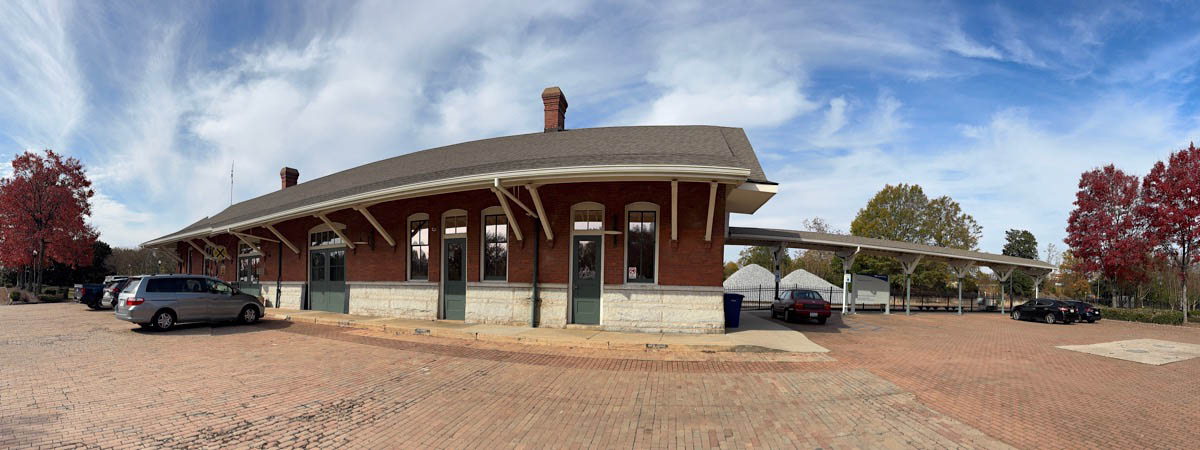
Spartanburg, SC / Nov 2024 / RWH
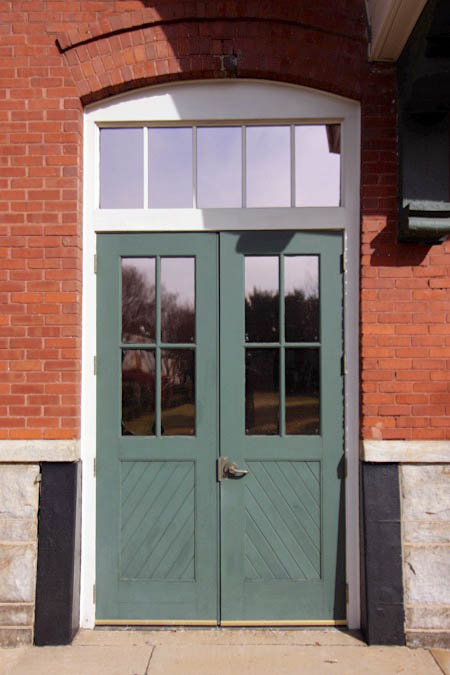
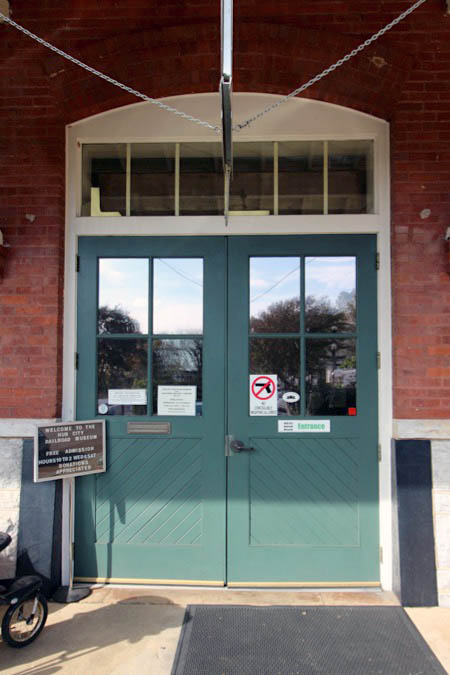
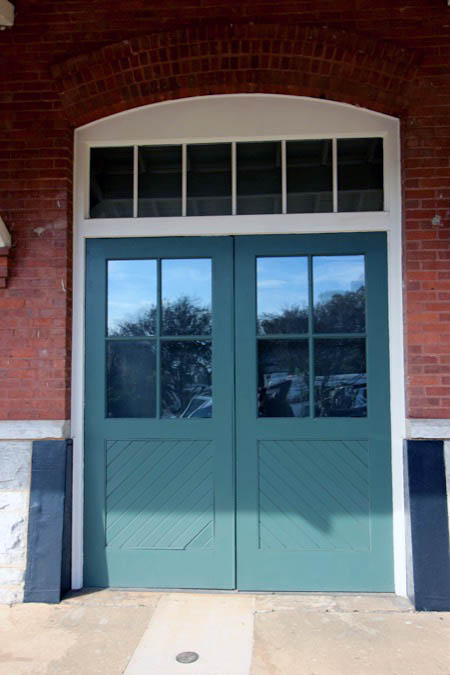
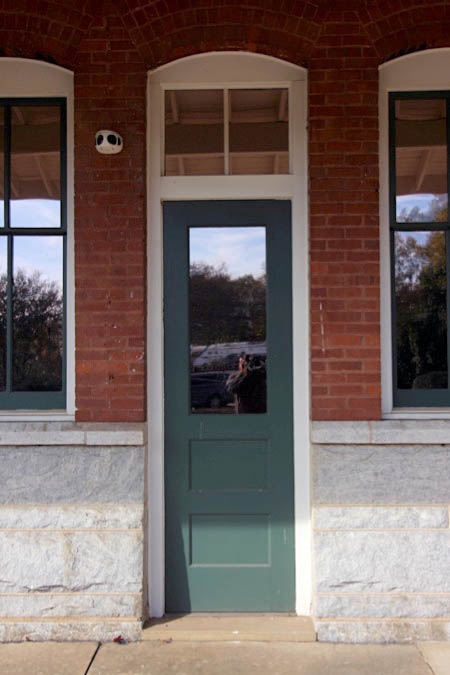
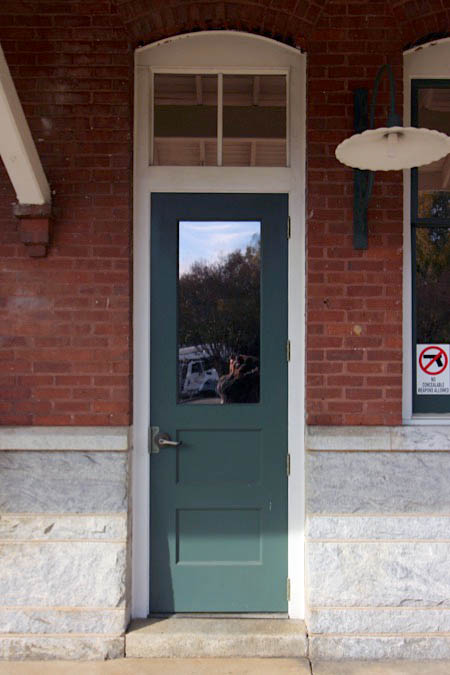
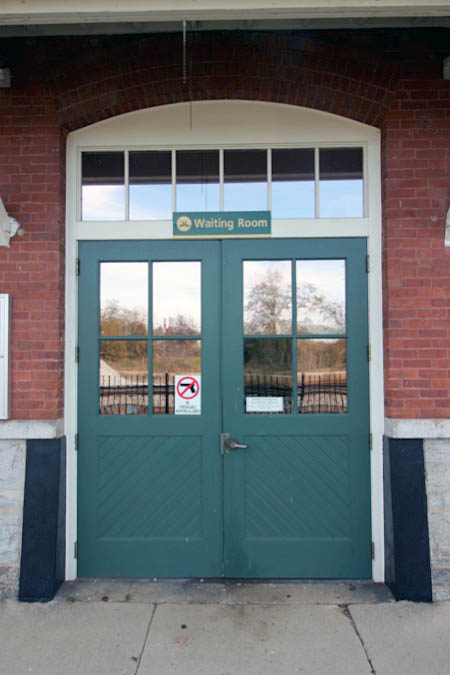
Nov 2024 / RWH
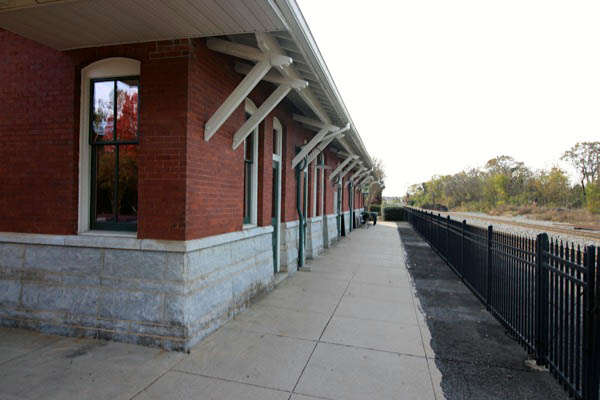
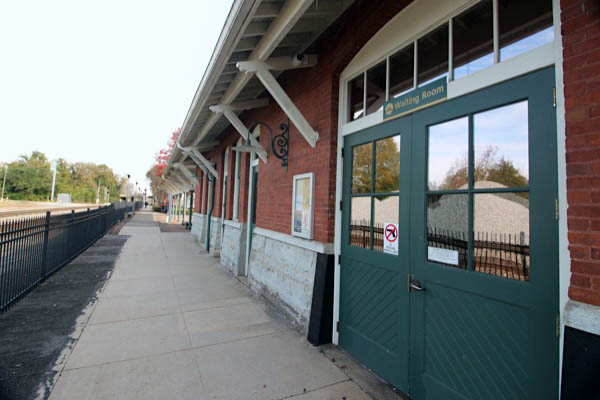
Spartanburg, SC / Nov 2024 / RWH
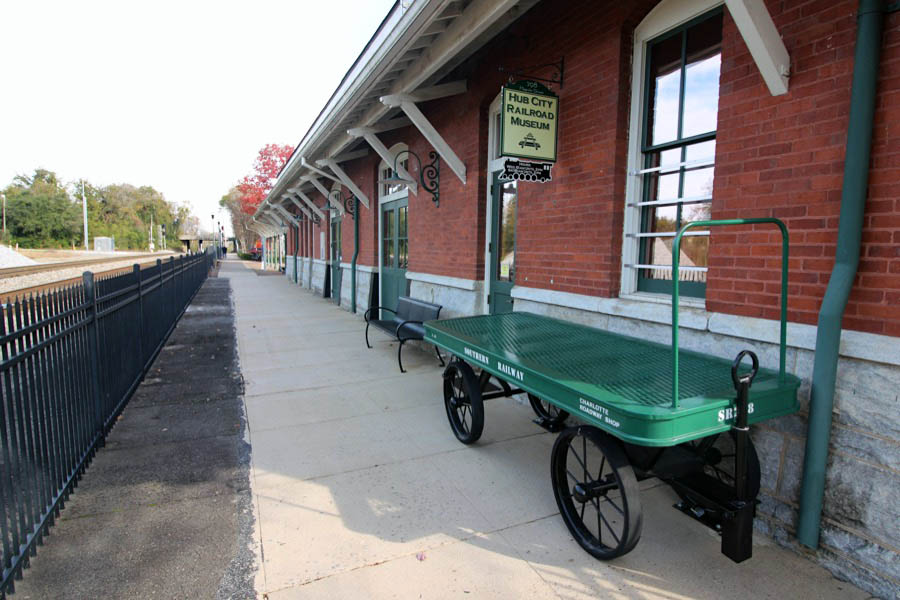
Spartanburg, SC / Nov 2024 / RWH
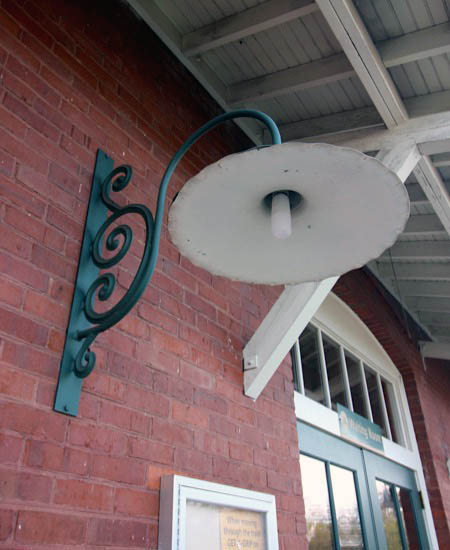
Nov 2024 / RWH
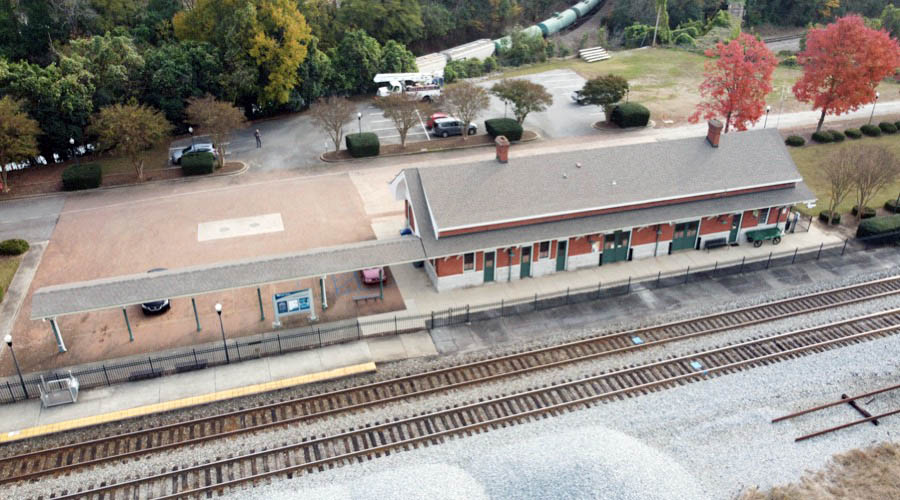
Spartanburg, SC / Nov 2024 / RWH
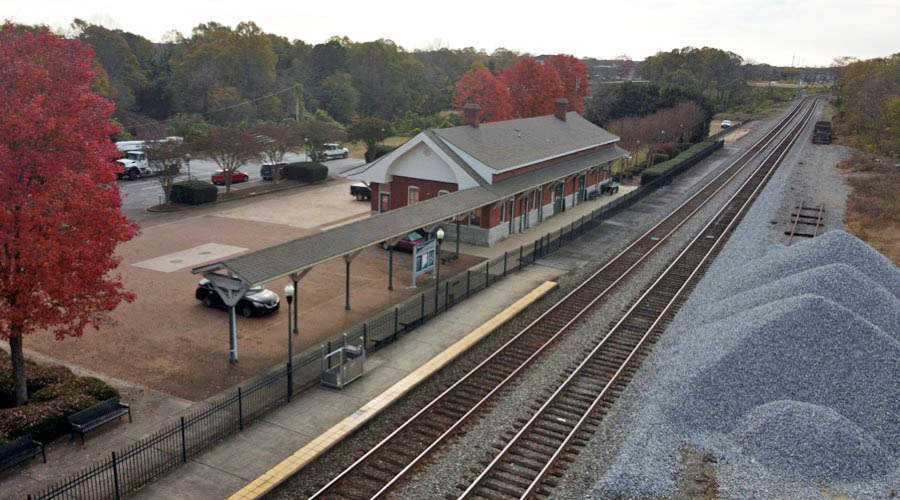
Spartanburg, SC / Nov 2024 / RWH
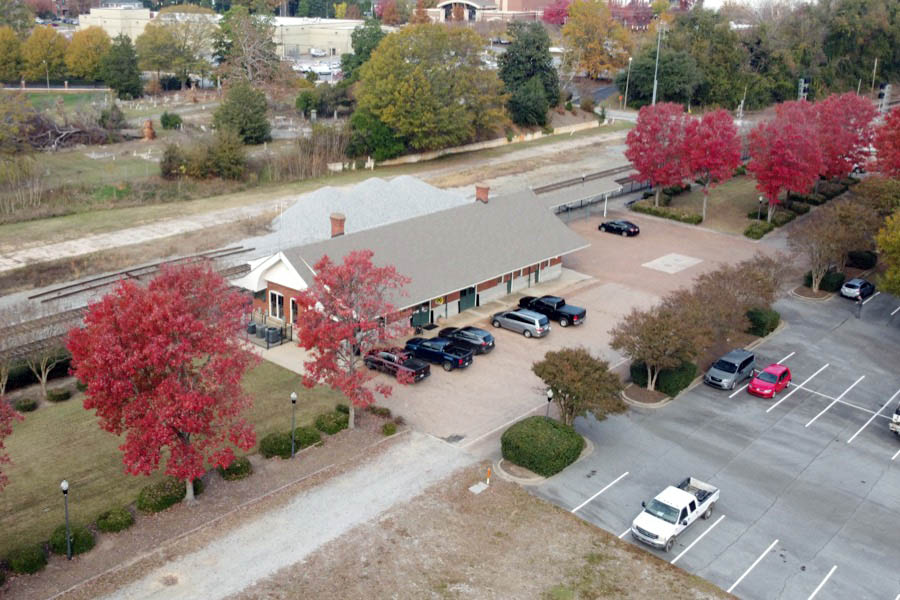
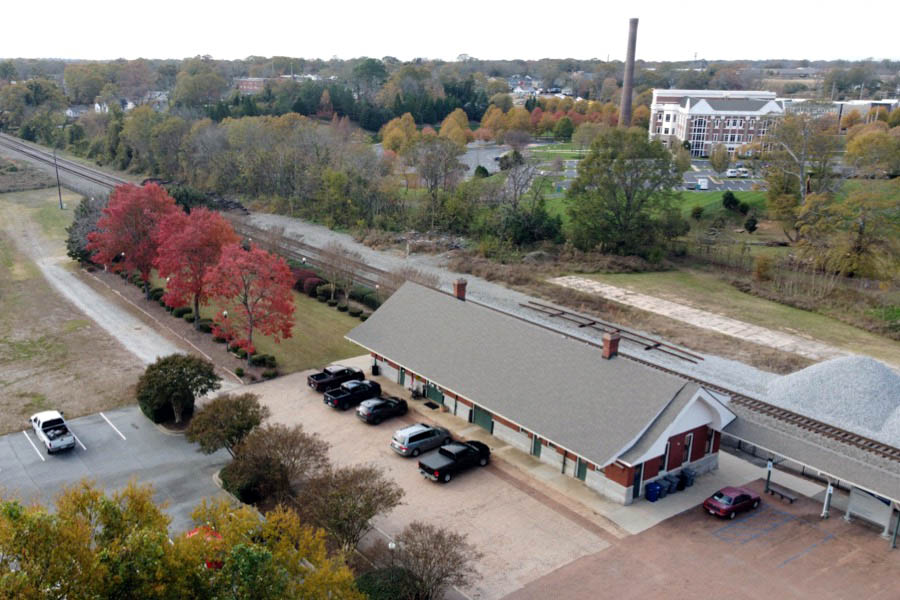
Spartanburg, SC / Nov 2024 / RWH
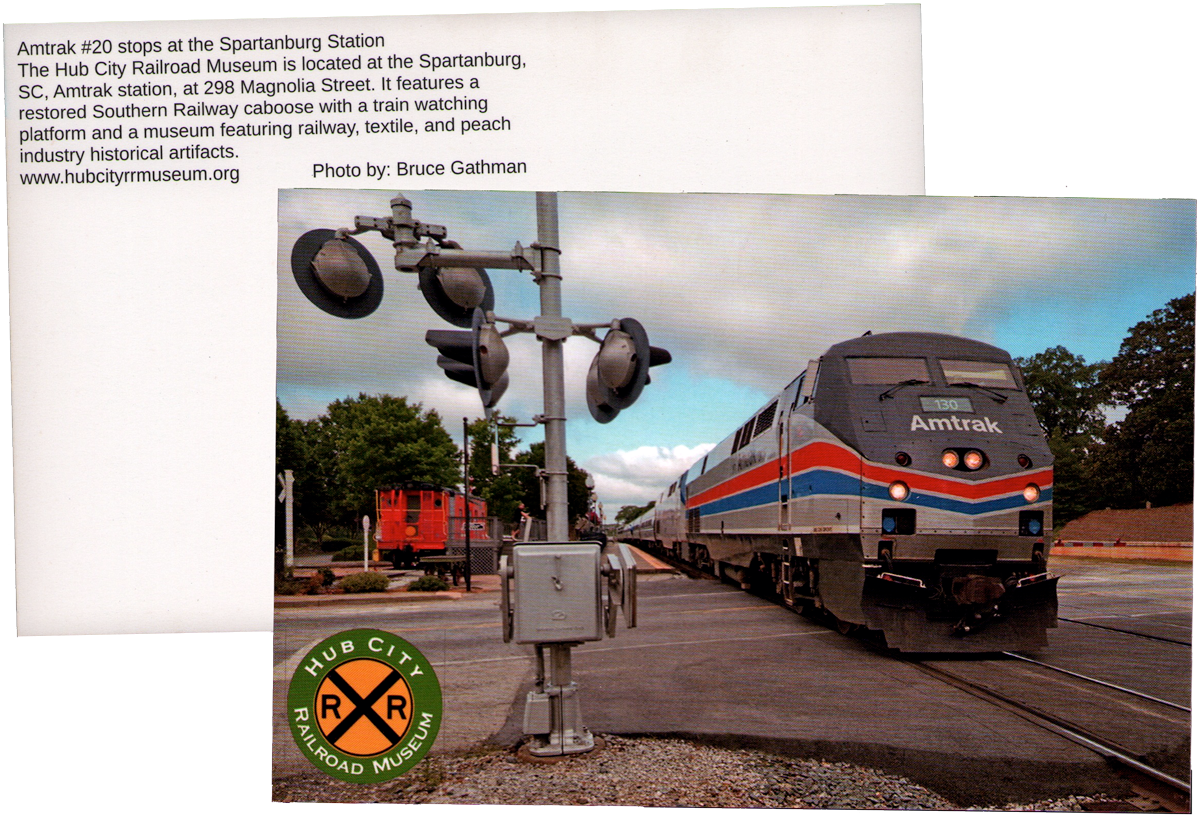
postcard / collection
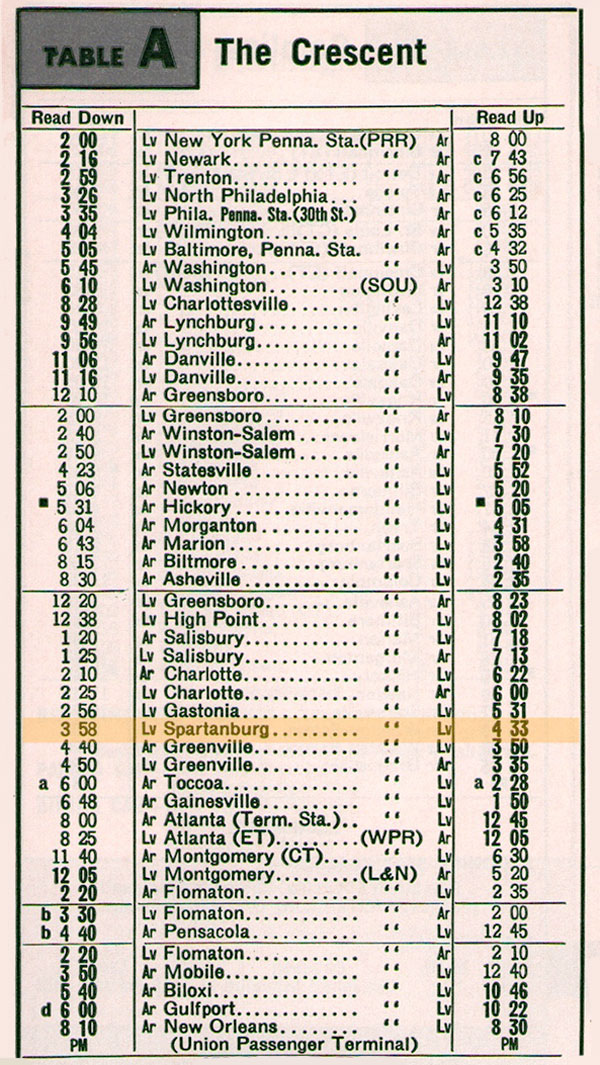
1967 timetable / collection
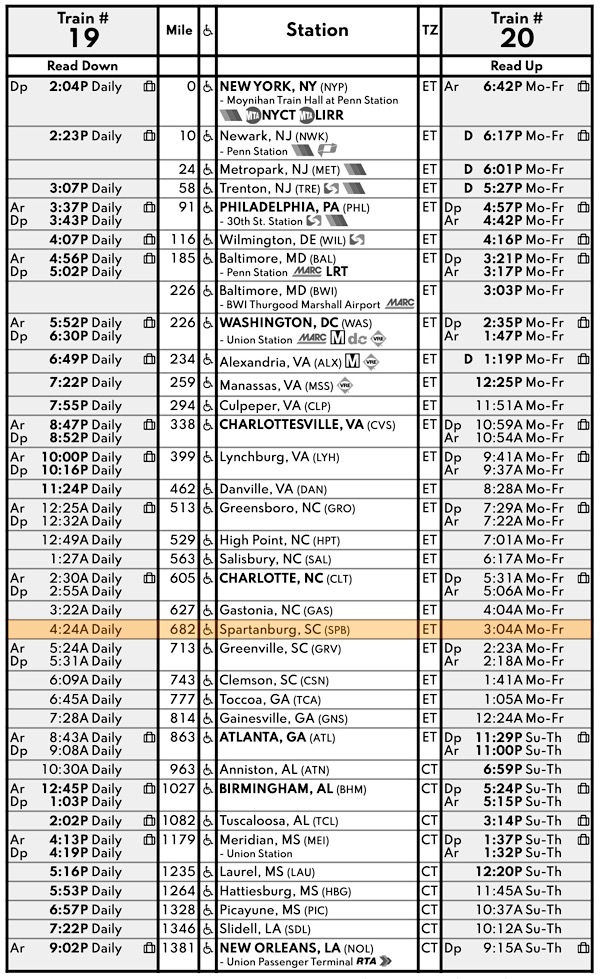
2024 timetable / collection

Spartanburg, SC / Nov 2024 / RWH
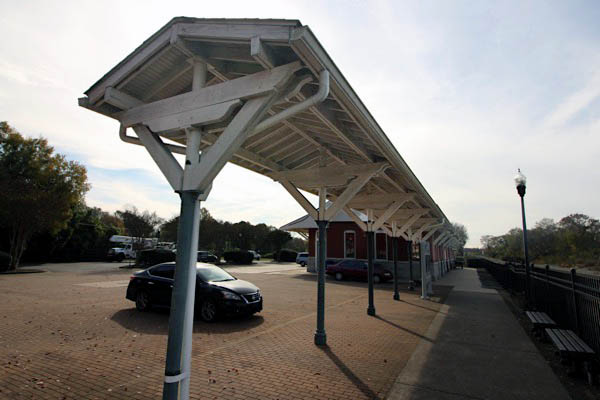
Spartanburg, SC / Nov 2024 / RWH
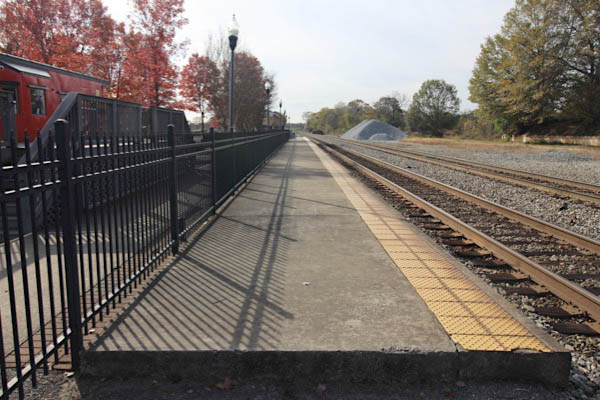
Spartanburg, SC / Nov 2024 / RWH
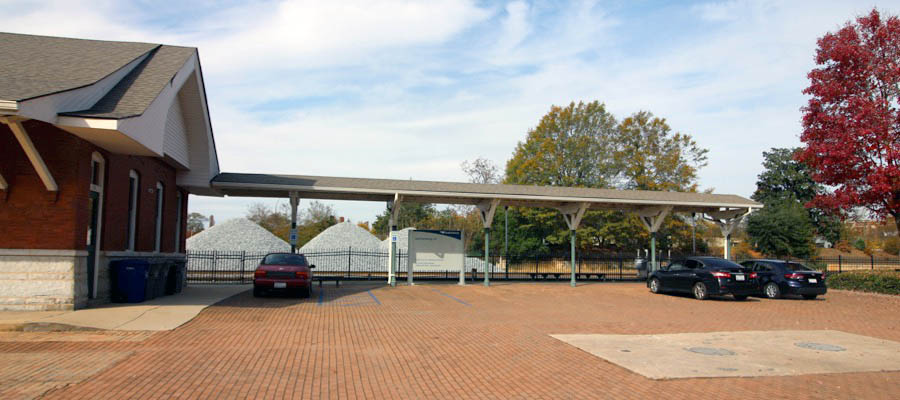
Spartanburg, SC / Nov 2024 / RWH
 Spartanburg, SC
Spartanburg, SC
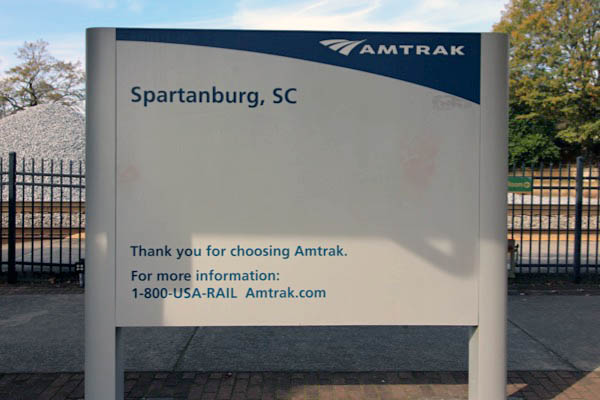
Nov 2024 / RWH
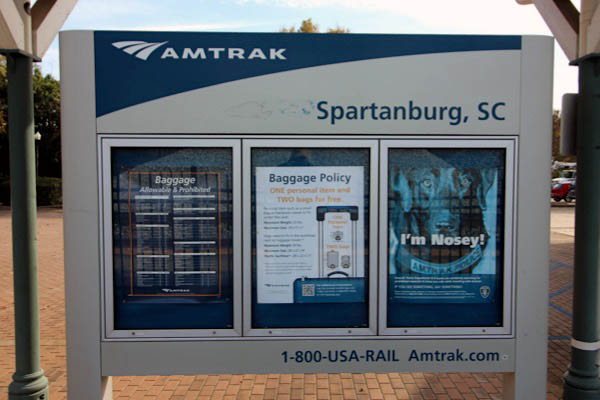
Nov 2024 / RWH
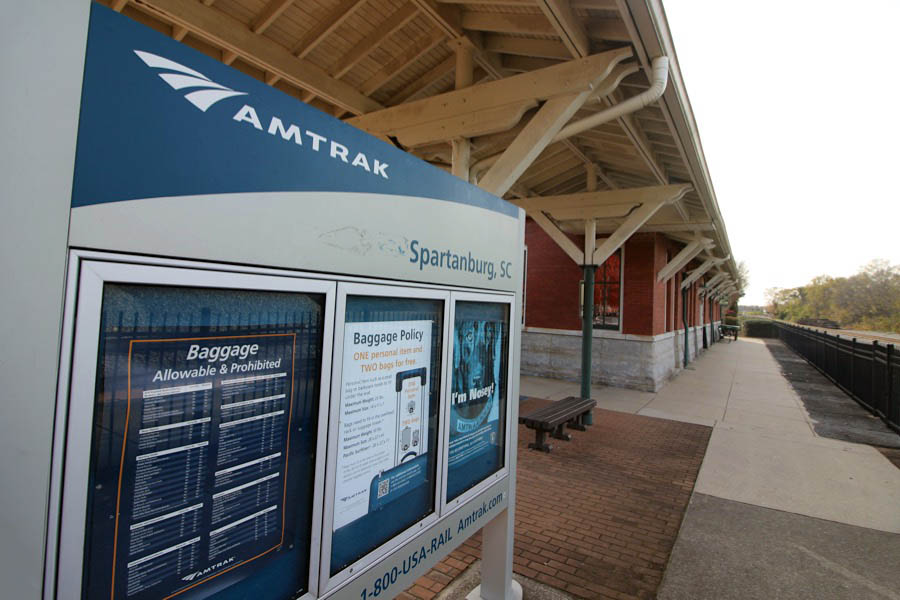
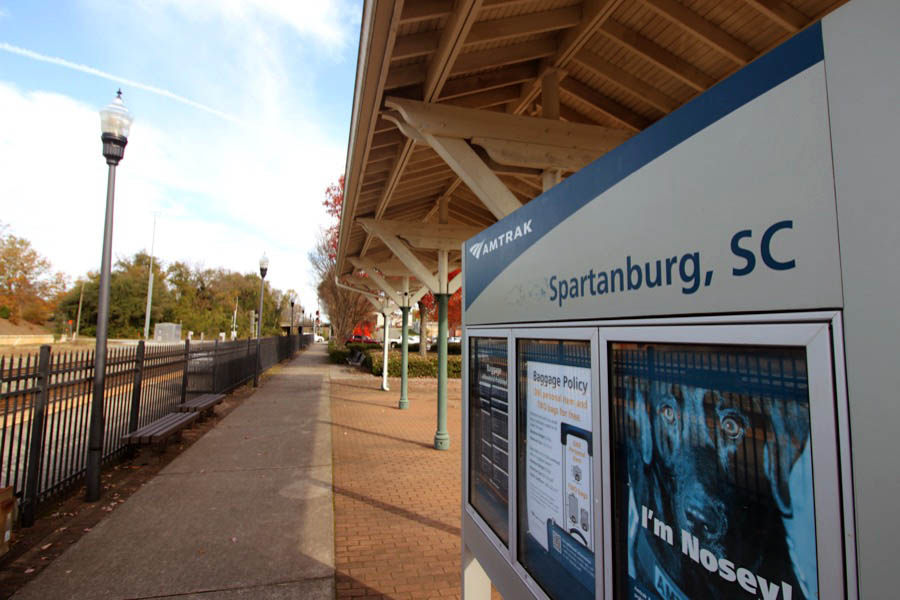
Spartanburg, SC / Nov 2024 / RWH

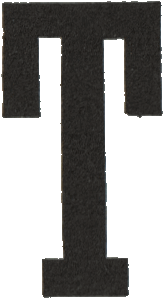 he Spartanburg Union Station on Magnolia Street was built in 1904, and once served the Southern Railway, the Clinchfield Railway and the Charleston & Western Carolina Railway. In 1949, as many as 14 passenger trains daily traveled through Spartanburg along the Washington-to-Atlanta route, and both considerable freight and passenger rail commerce served to give Spartanburg its “Hub City” nickname.
he Spartanburg Union Station on Magnolia Street was built in 1904, and once served the Southern Railway, the Clinchfield Railway and the Charleston & Western Carolina Railway. In 1949, as many as 14 passenger trains daily traveled through Spartanburg along the Washington-to-Atlanta route, and both considerable freight and passenger rail commerce served to give Spartanburg its “Hub City” nickname.
Sadly, the original station building was torn down bit by bit until, in 1996, the remaining structure was gutted by fire. The week after the fire, 16-year-old Trey Davis III, then in high school, began an initiative to save the station through letters, editorials and visits to city leaders. The station was saved through a popular volunteer effort and subsequently restored. In addition to a passenger waiting area, the building houses the Hub City Railroad Museum. Displays explore the region’s deep and rich associations with the railroad, textile and agricultural industries.
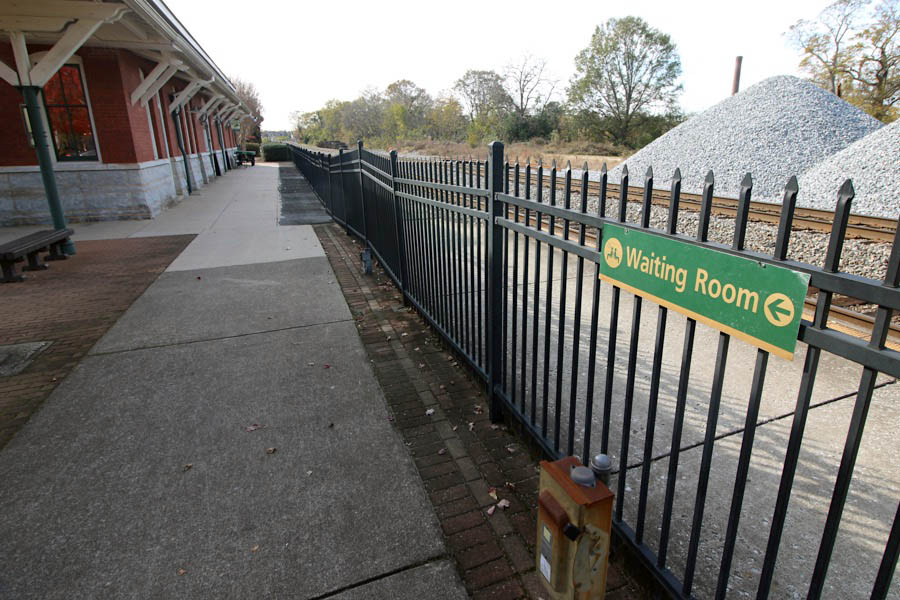
Spartanburg, SC / Nov 2024 / RWH

Nov 2024 / RWH
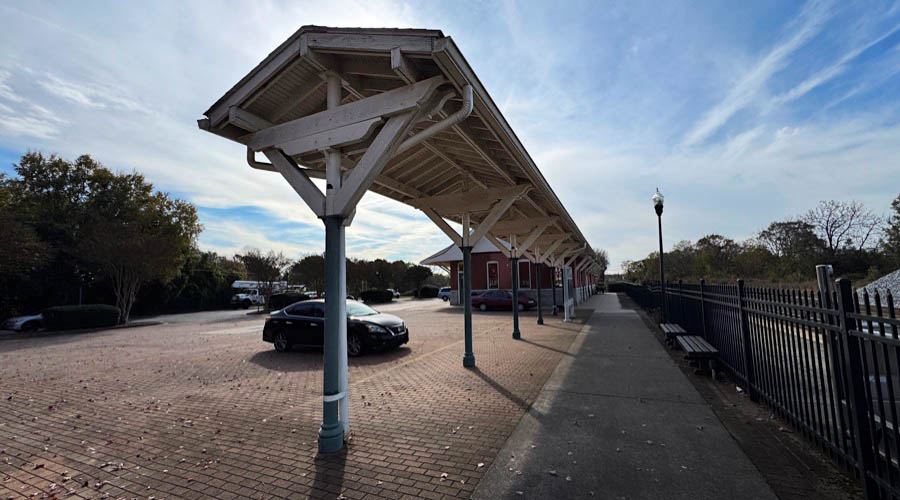
Spartanburg, SC / Nov 2024 / RWH
 NS Mainline Action
NS Mainline Action
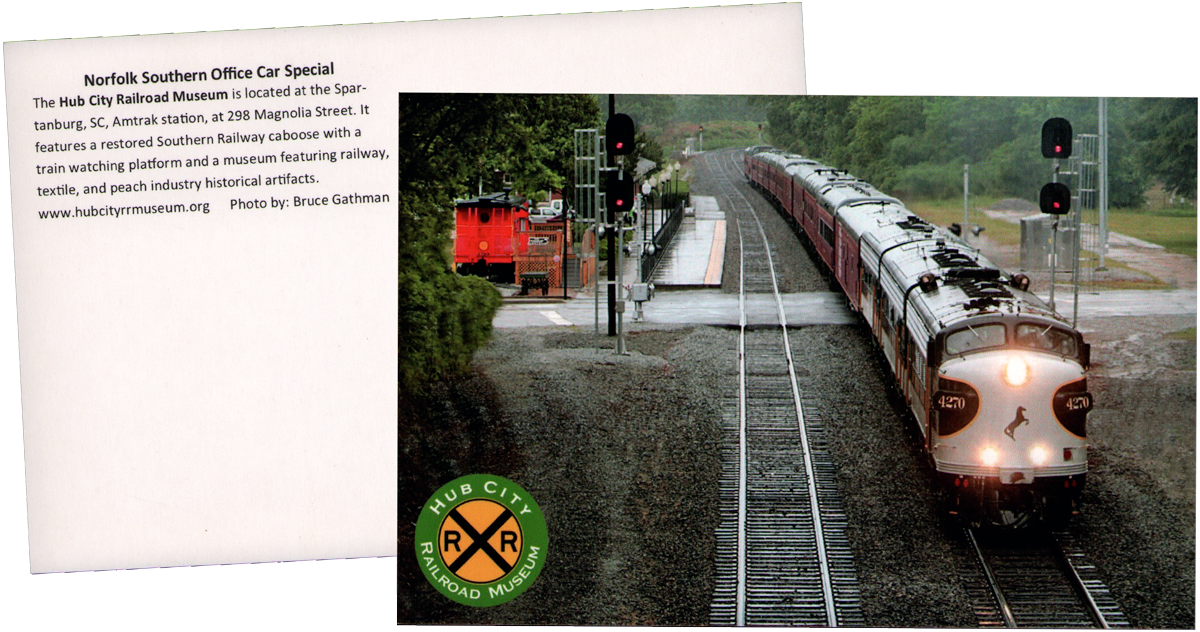
postcard / collection
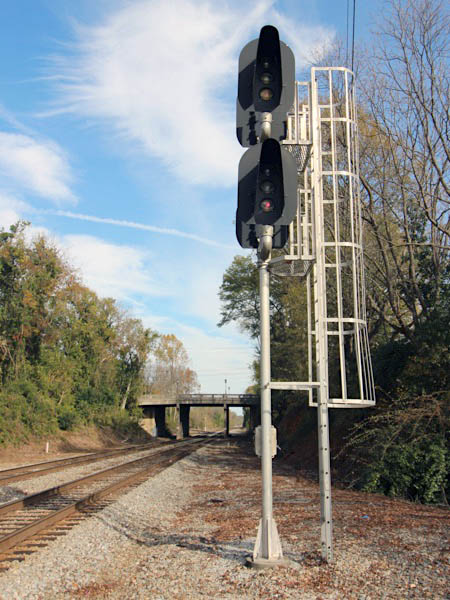
Nov 2024 / RWH
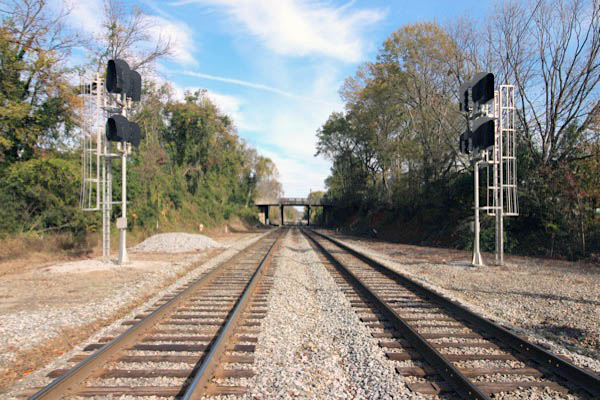
Spartanburg, SC / Nov 2024 / RWH
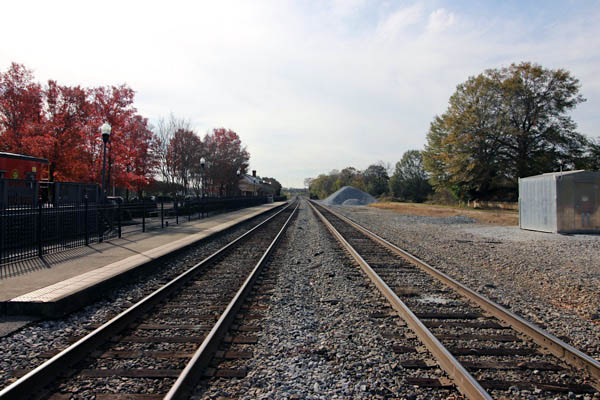
Spartanburg, SC / Nov 2024 / RWH

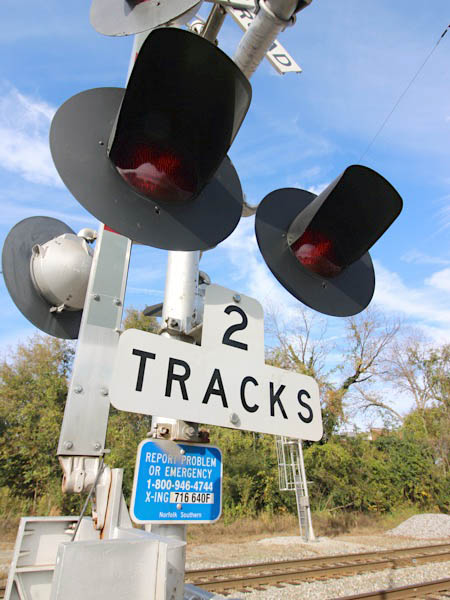
Nov 2024 / RWH
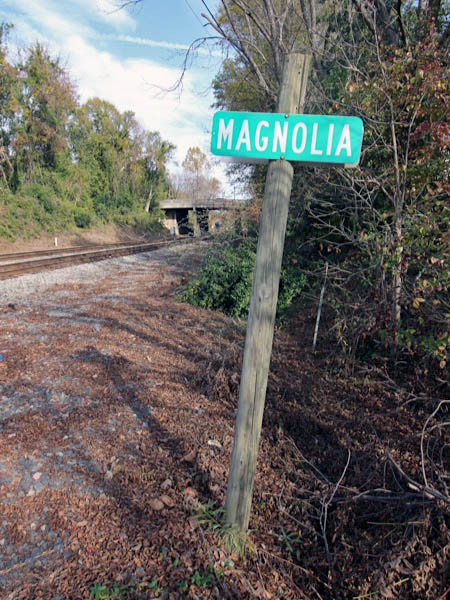
Nov 2024 / RWH
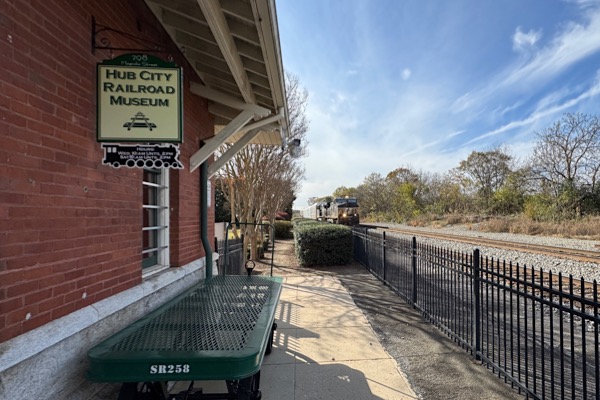
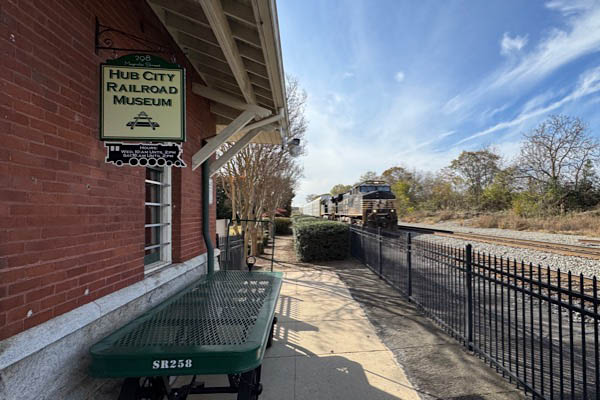
Spartanburg, SC / Nov 2024 / RWH

See also our complete Norfolk Southern featured scrapbook in Mainlines
 Greenville, SC
Greenville, SC
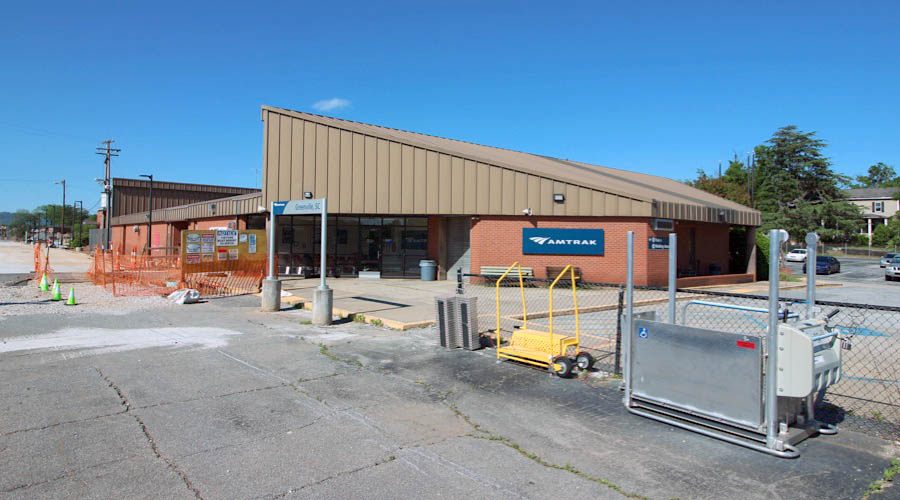
Greenville, SC / Apr 2024 / RWH
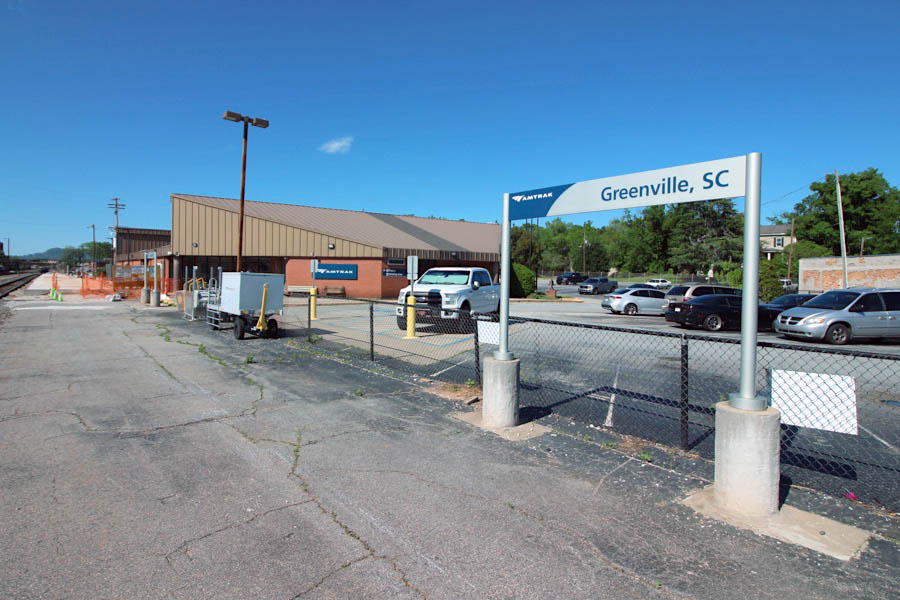
Greenville, SC / Apr 2024 / RWH

Click to see the Greenville station and yard area plotted on a Google Maps page

1987 Amtrak timetable / collection
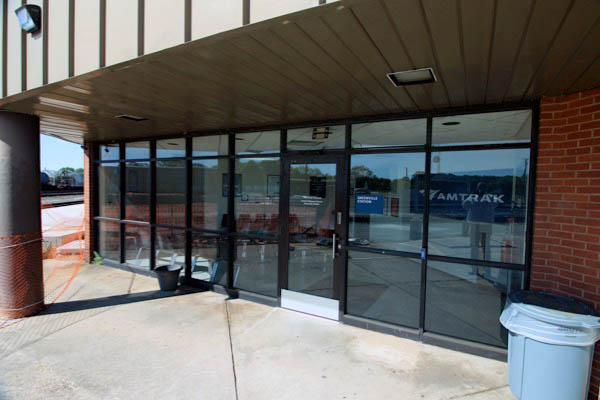
Apr 2024 / RWH
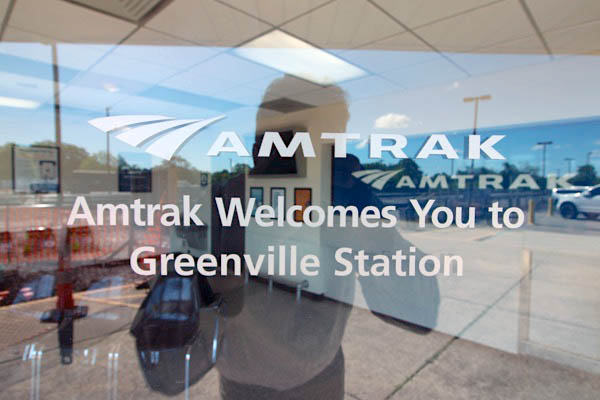
Apr 2024 / RWH

The modern red brick Greenville depot was built in 1988 by Norfolk Southern Railway in their freight yard as a combined passenger and freight depot, replacing the elaborate early twentieth century Southern Railway depot.
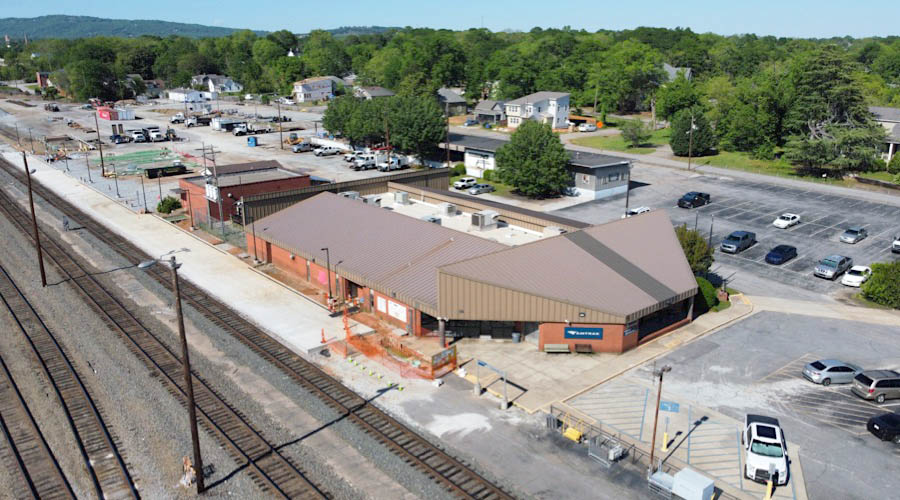
Greenville, SC / Apr 2024 / RWH
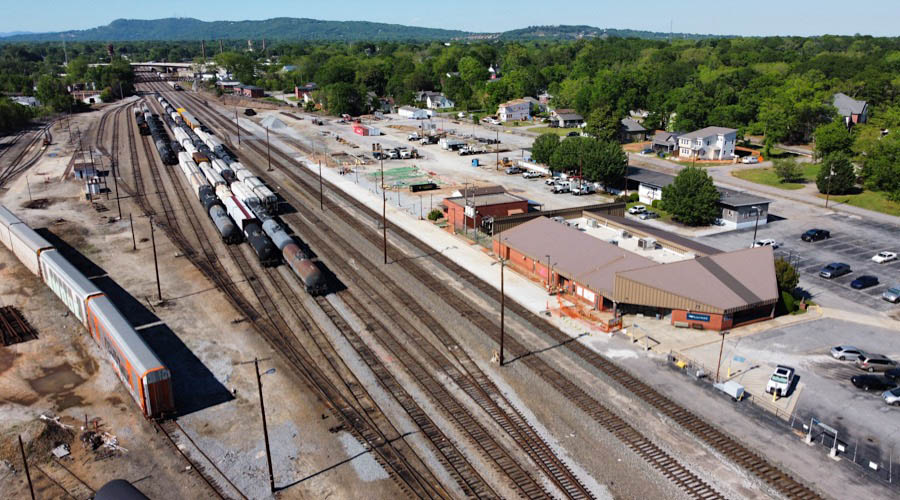
Greenville, SC / Apr 2024 / RWH
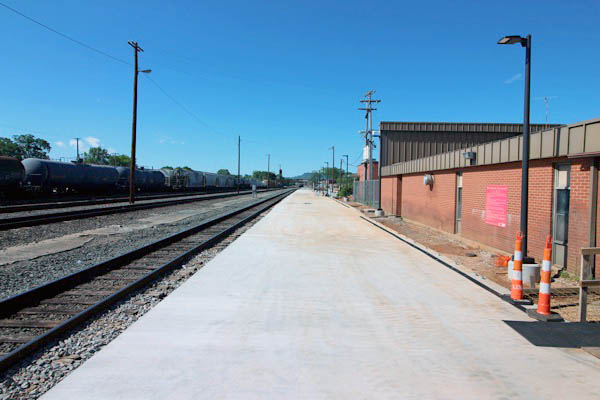
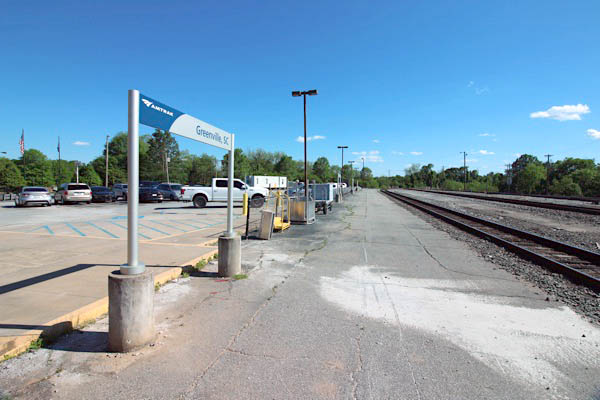
Greenville, SC / Apr 2024 / RWH
 Greenville, SC
Greenville, SC
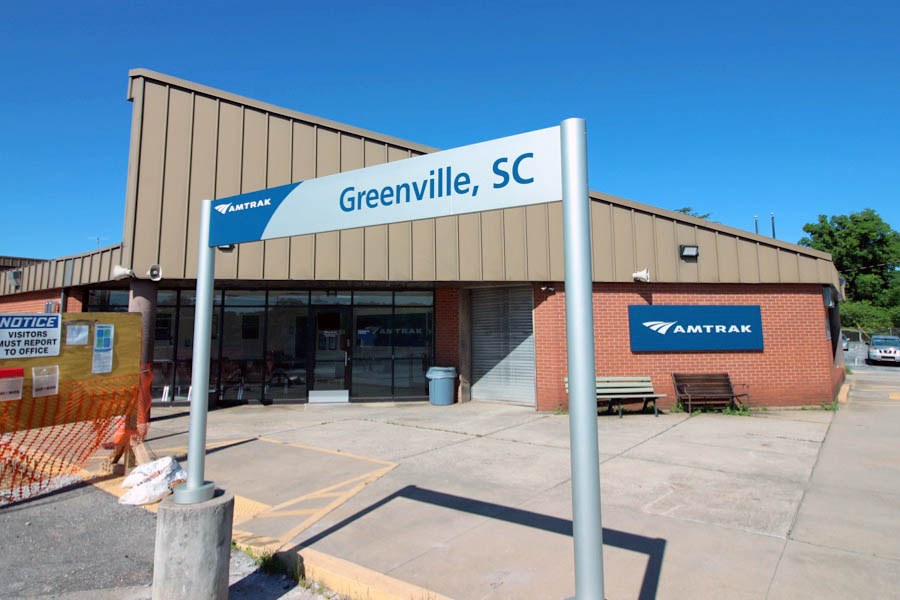
Greenville, SC / Apr 2024 / RWH
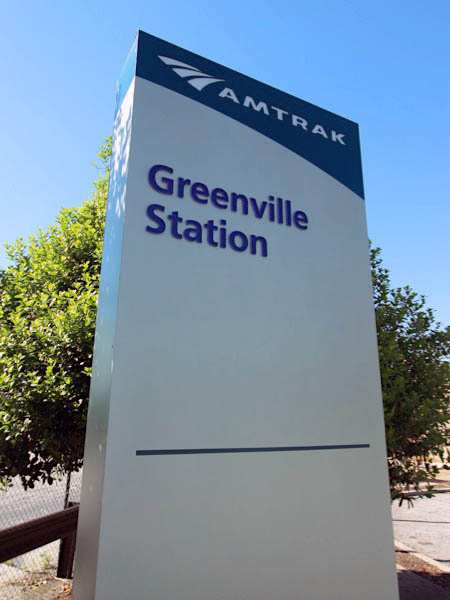
Apr 2024 / RWH
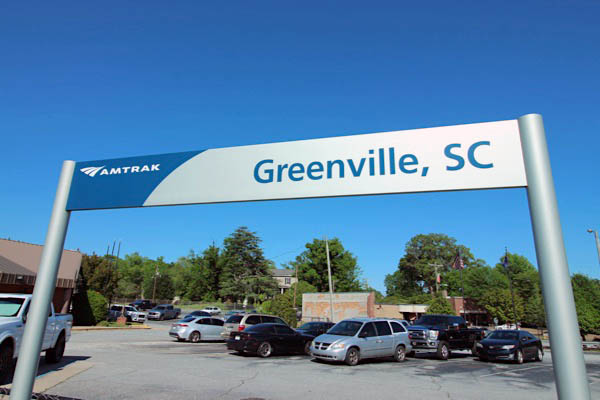
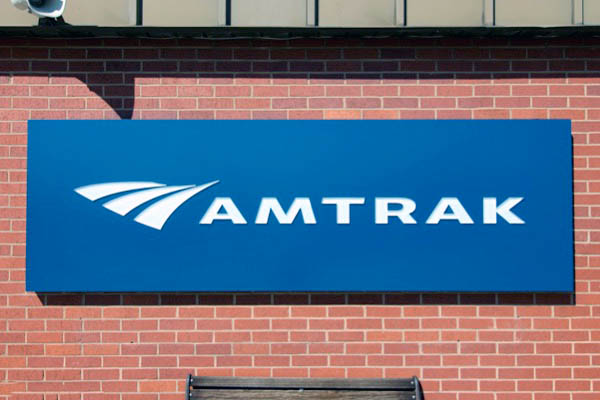
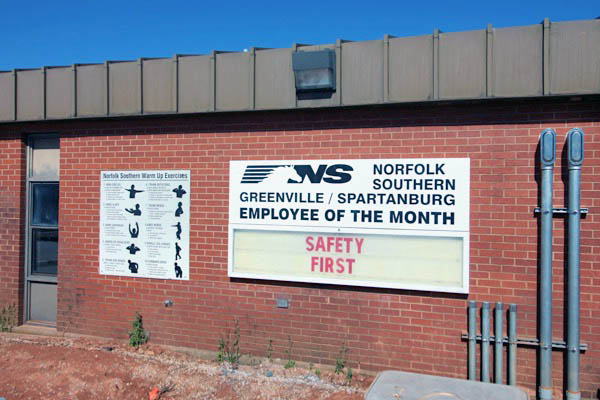
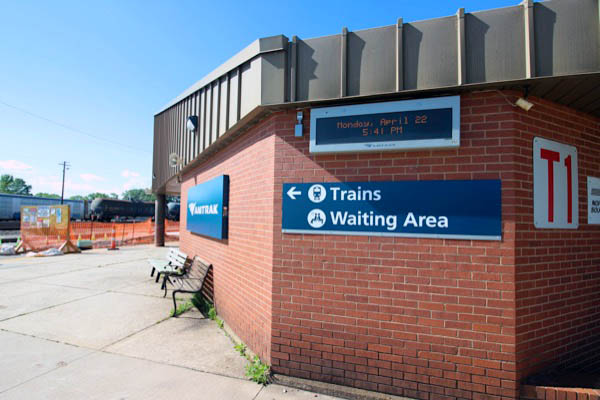
Apr 2024 / RWH
 Clemson, SC
Clemson, SC
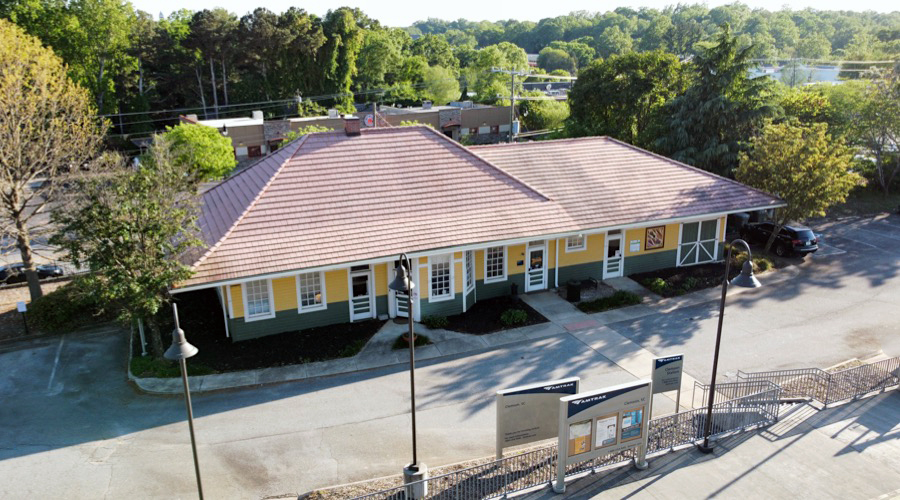
Clemson, SC / Apr 2024 / RWH

Clemson, SC / Apr 2024 / RWH

Click to see the Clemson depot plotted on a Google Maps page
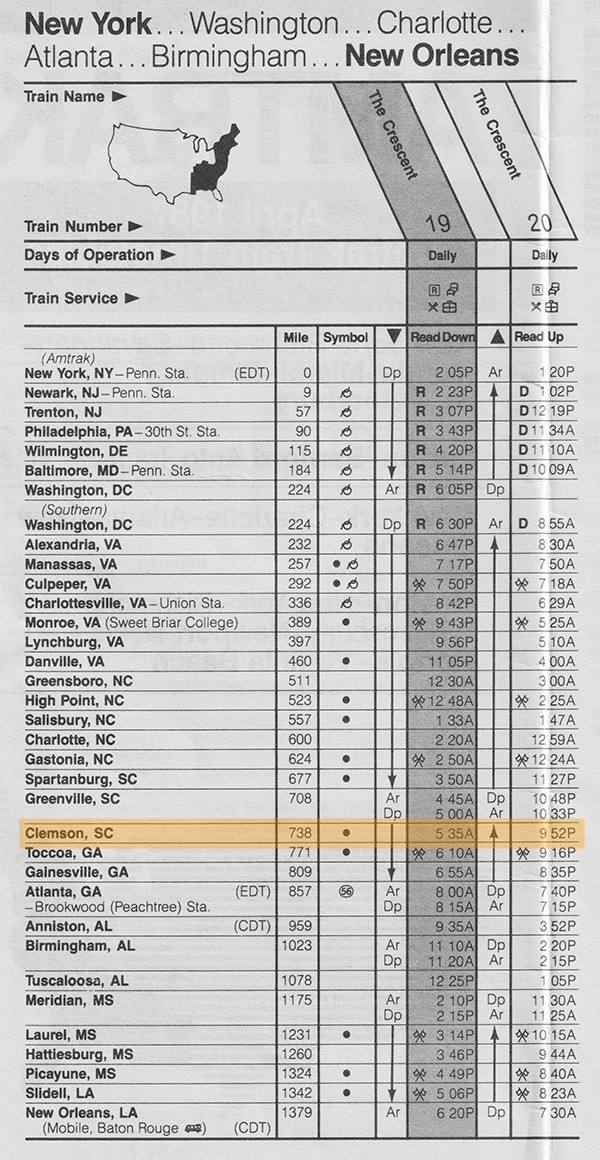
1987 Amtrak timetable / collection
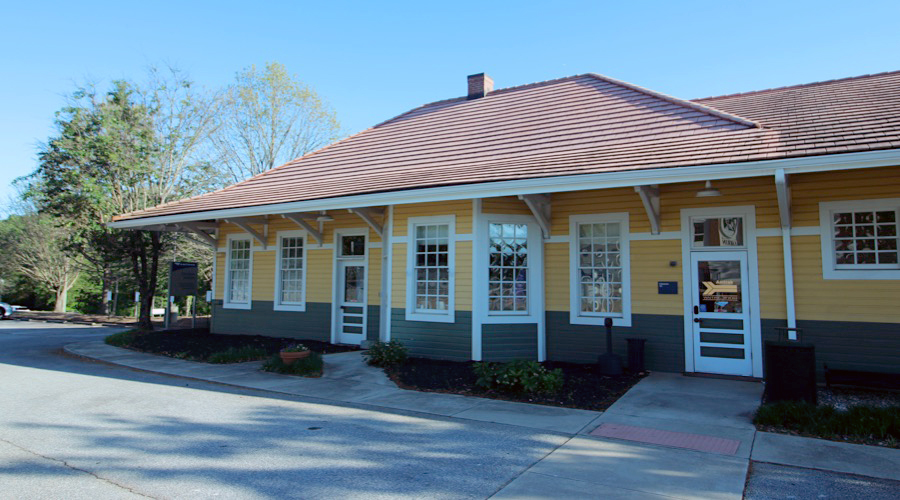
Clemson, SC / Apr 2024 / RWH
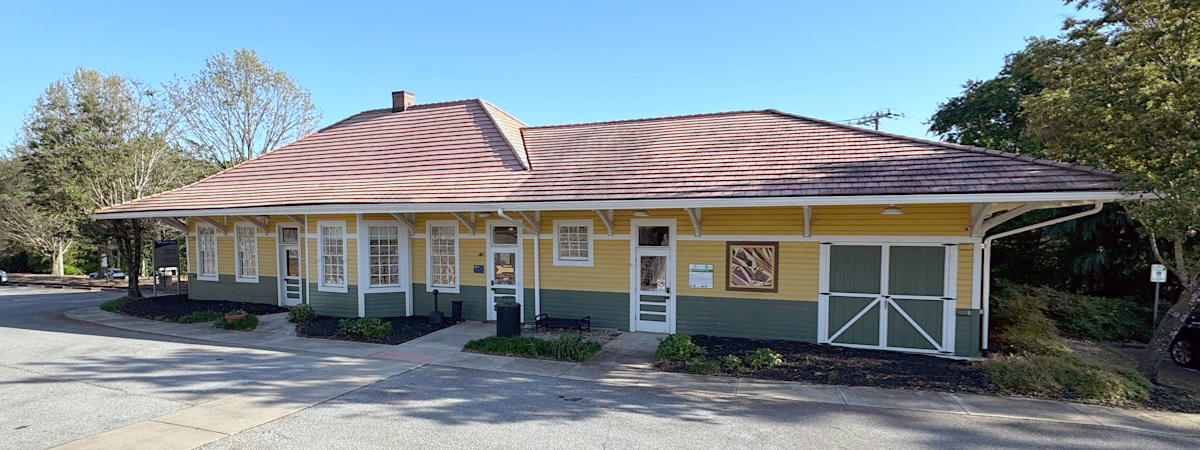
Clemson, SC / Apr 2024 / RWH
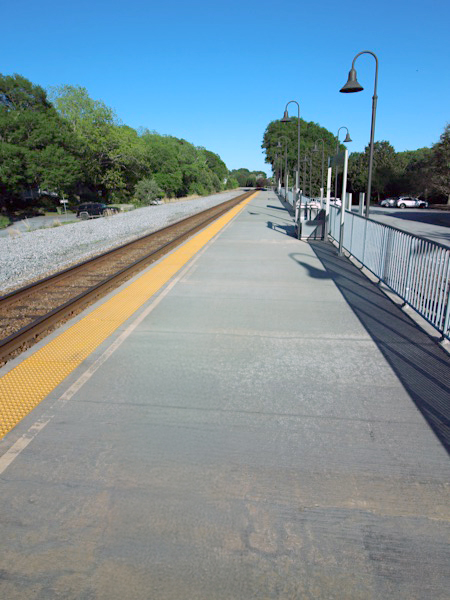
Apr 2024 / RWH
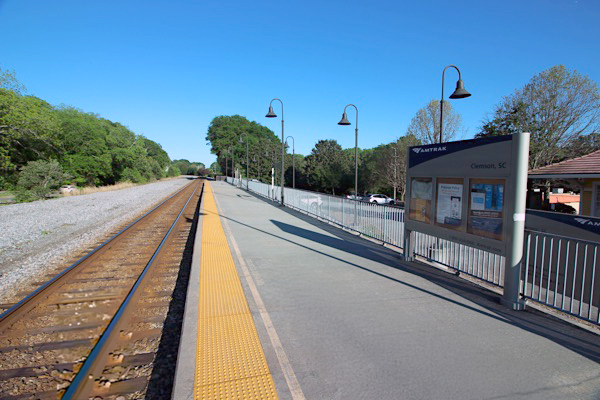
Clemson, SC / Apr 2024 / RWH
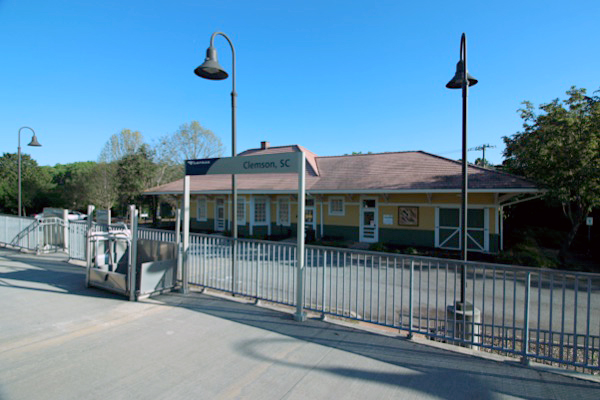
Clemson, SC / Apr 2024 / RWH

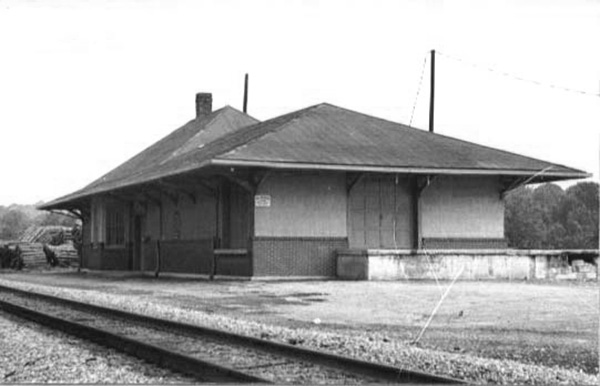
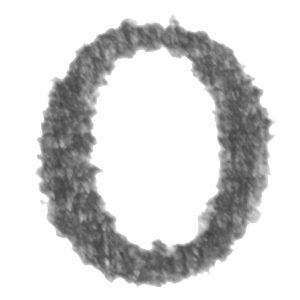 riginally a Southern Railway station, the current Clemson facility was built in 1916. The station’s location was in the town of Calhoun, but that city officially became part of the city of Clemson in 1943. In 1916, the railroad track expanded and traffic was rerouted from Clemson Street to College Avenue and an overpass built. The depot was moved as part of this project, but was relocated again in 2001 and rebuilt because of new boarding platform regulations.
riginally a Southern Railway station, the current Clemson facility was built in 1916. The station’s location was in the town of Calhoun, but that city officially became part of the city of Clemson in 1943. In 1916, the railroad track expanded and traffic was rerouted from Clemson Street to College Avenue and an overpass built. The depot was moved as part of this project, but was relocated again in 2001 and rebuilt because of new boarding platform regulations.
The city council decided to preserve this landmark in cooperation with Norfolk Southern Railway (the successor to the Southern Railway) and Amtrak. The city of Clemson applied for and received grants and other funds totaling $325,000. Norfolk Southern agreed to a “bargain sale and donation” of the property to the city for $100,000. The external depot was restored to its early twentieth-century appearance in 2001, including demolition of the interior of the old baggage areas. The original wood siding was also restored.
When the city asked for proposals for tenants, the Clemson Chamber of Commerce won that bid. Interior renovations made by the chamber included moving the waiting room from the end of the station to the middle of the station, where the telegraph area once sat. Additionally, the chamber added a conference area and the chamber’s reception and tourist welcome area as well, with historic artifacts relating to the station and the town.
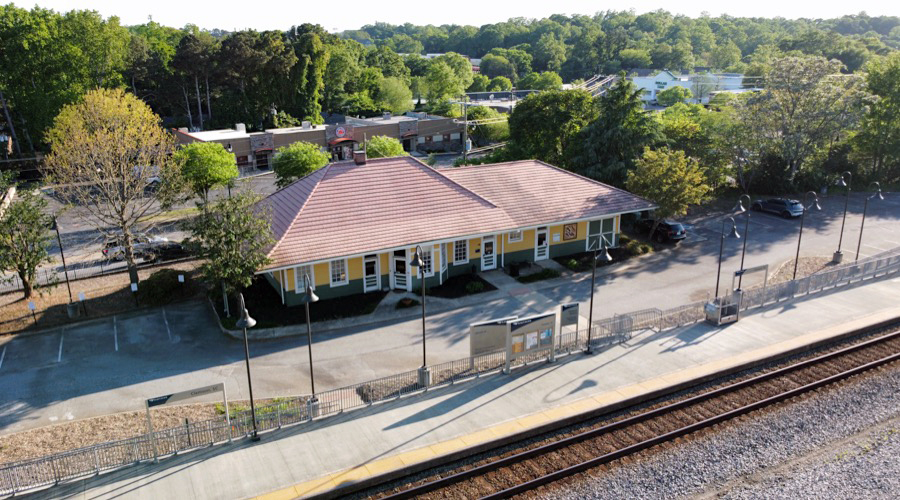
Clemson, SC / Apr 2024 / RWH
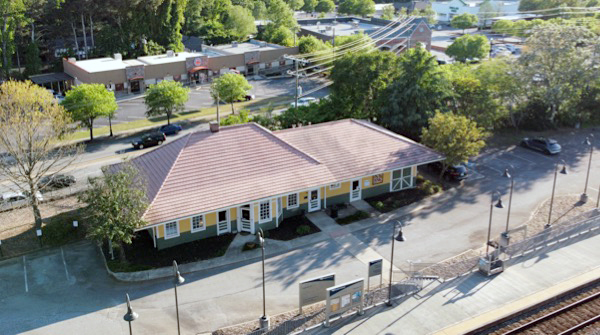
Clemson, SC / Apr 2024 / RWH
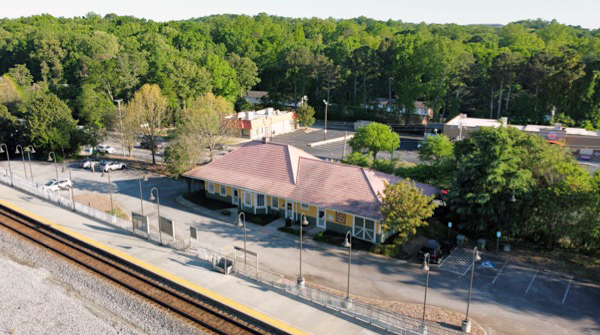
Clemson, SC / Apr 2024 / RWH
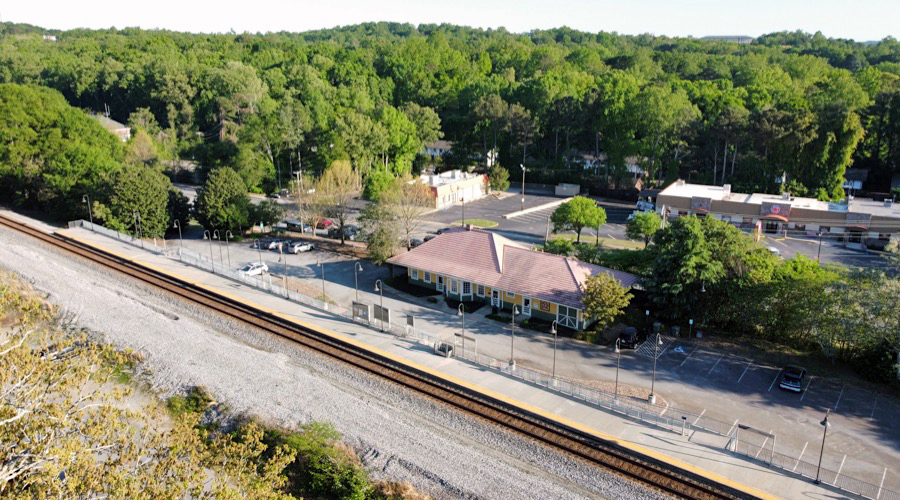
Clemson, SC / Apr 2024 / RWH
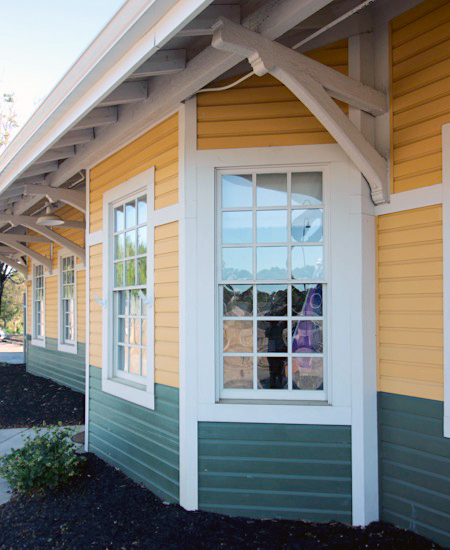
Apr 2024 / RWH
 Clemson, SC
Clemson, SC
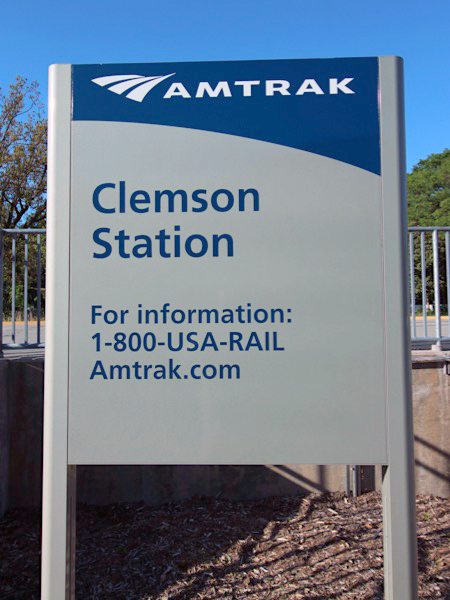
Apr 2024 / RWH
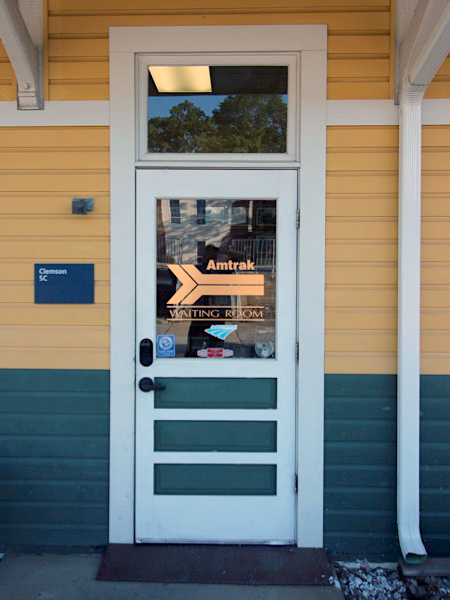
Apr 2024 / RWH
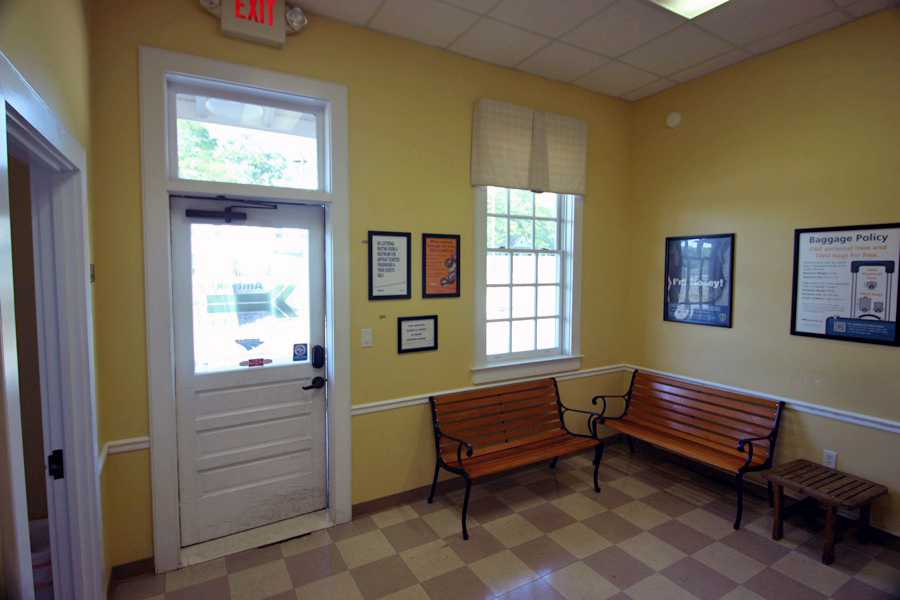
Apr 2024 / RWH

Apr 2024 / RWH
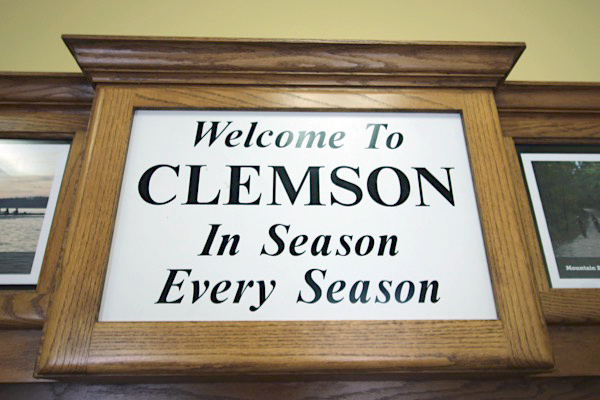
Apr 2024 / RWH
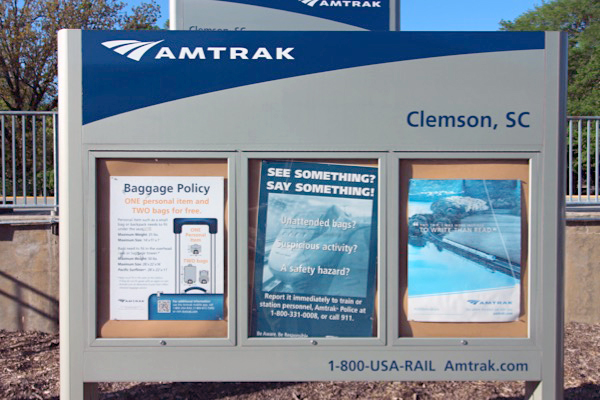
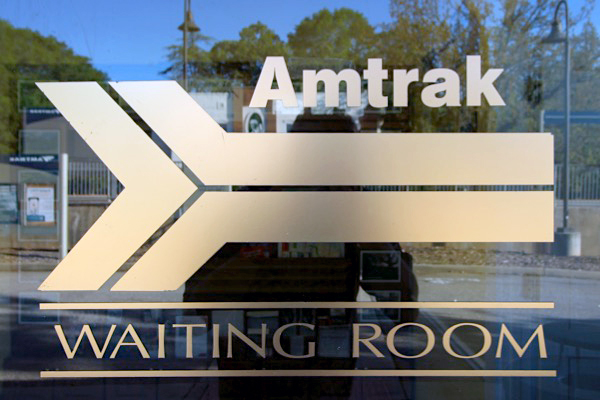
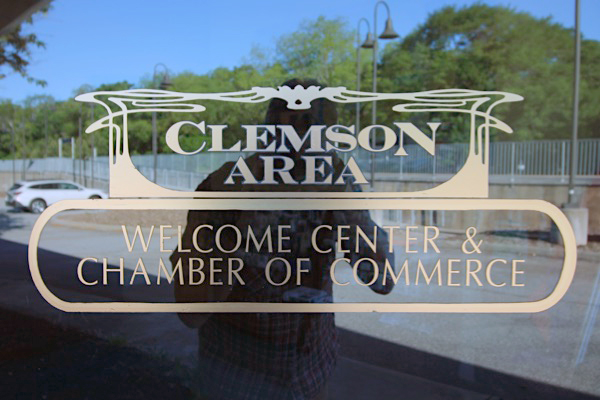
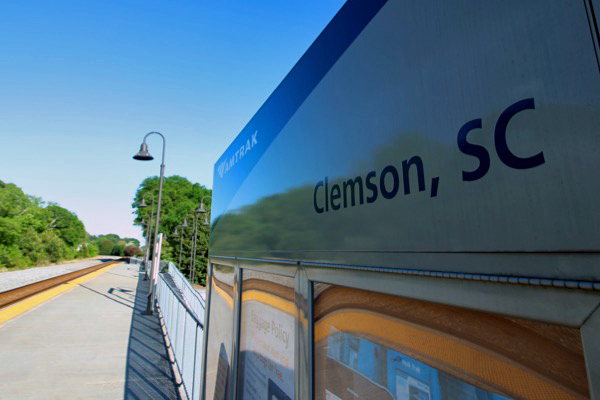
Apr 2024 / RWH
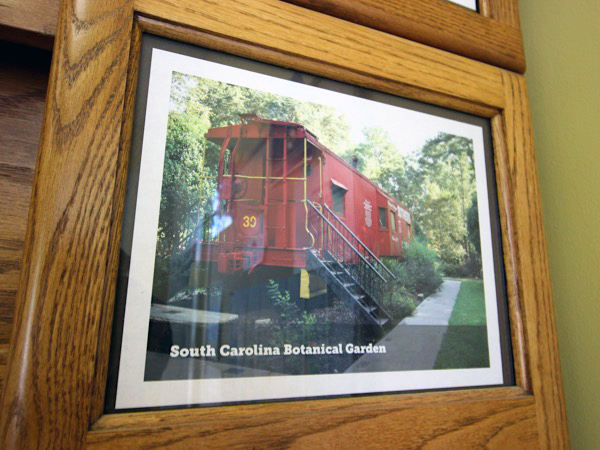
Apr 2024 / RWH

Clemson, SC / Apr 2024 / RWH
Southern Railway caboose #X3164 is on permanent display at the nearby South Carolina Botanical Gardens on the Clemson University campus. X3164 is a rare surviving example of Southern mainline cabooses before extensive rebuilding and renumbering of the fleet.

See also our complete Southern Railway Bay Window Survivors scrapbook in Mainlines
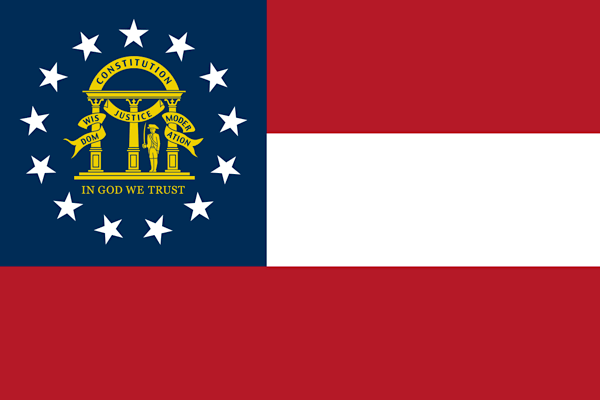 Georgia
Georgia
 Toccoa, Ga
Toccoa, Ga
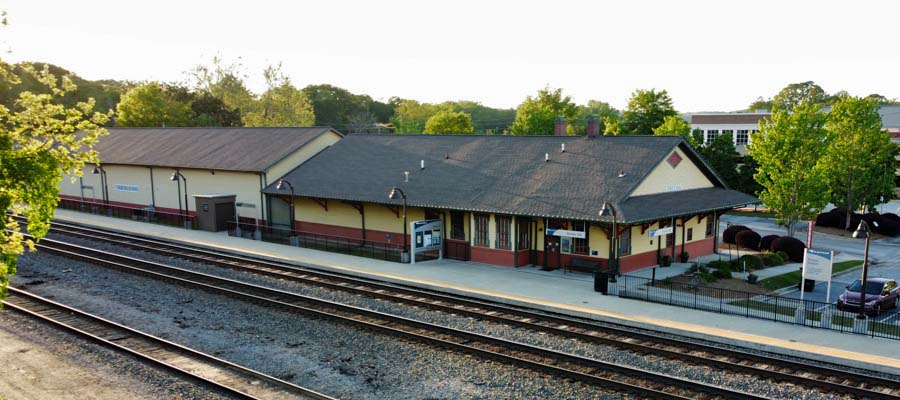
Toccoa, Ga / Dec 2023 / RWH
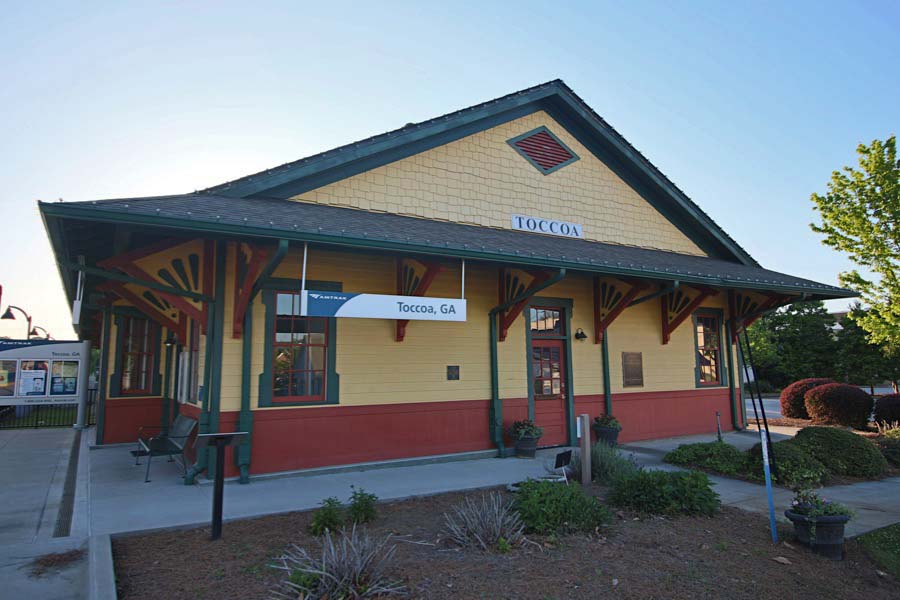
Toccoa, Ga / Dec 2023 / RWH

Click to see the Toccoa depot area plotted on a Google Maps page
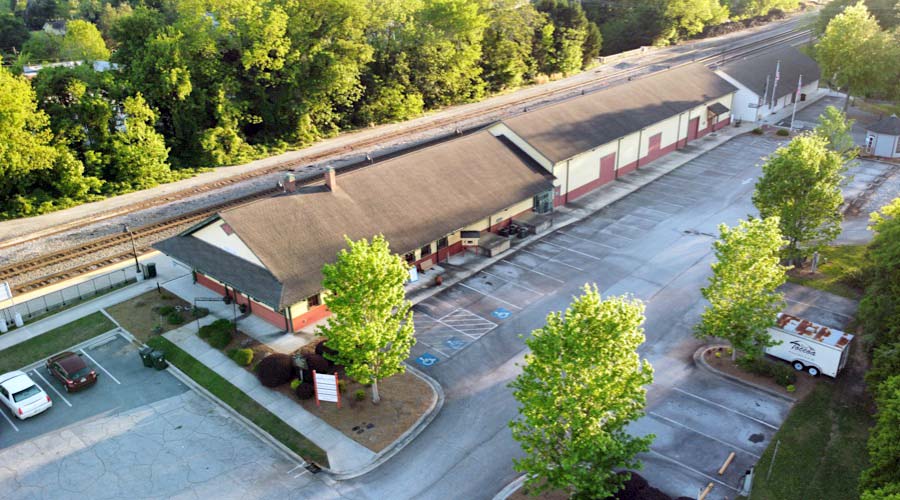
Toccoa, Ga / Dec 2023 / RWH
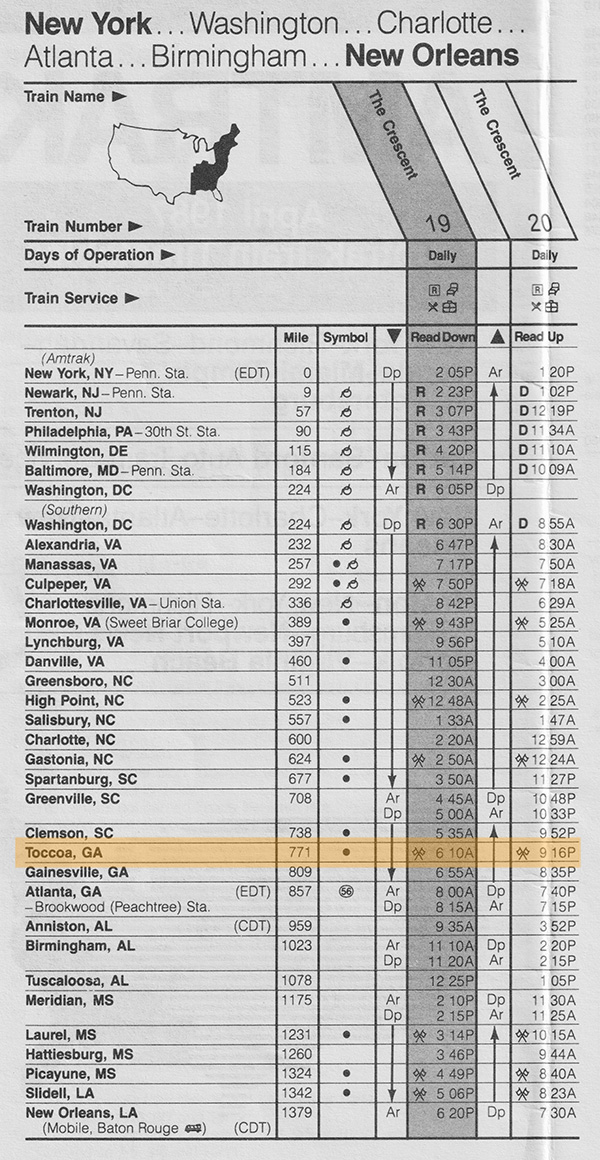
1987 Amtrak timetable / collection
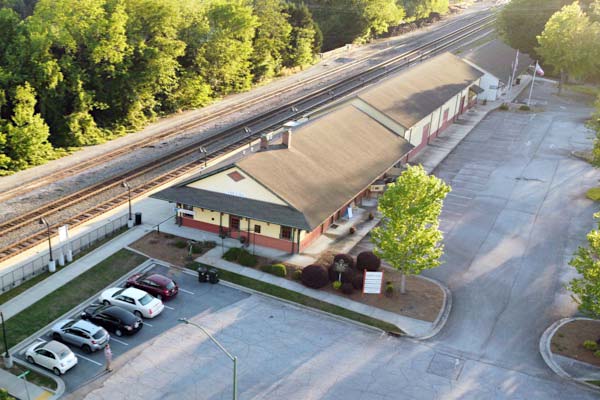
Toccoa, Ga / Dec 2023 / RWH
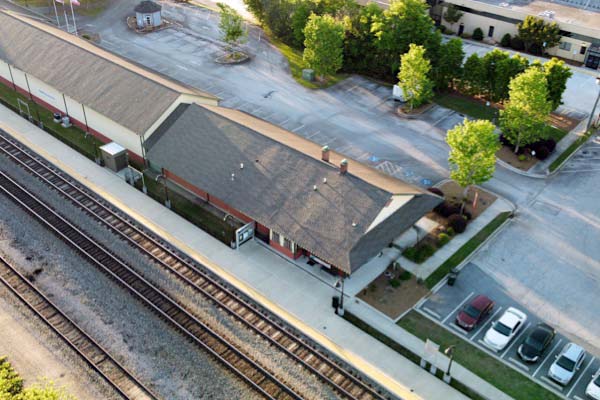
Toccoa, Ga / Dec 2023 / RWH
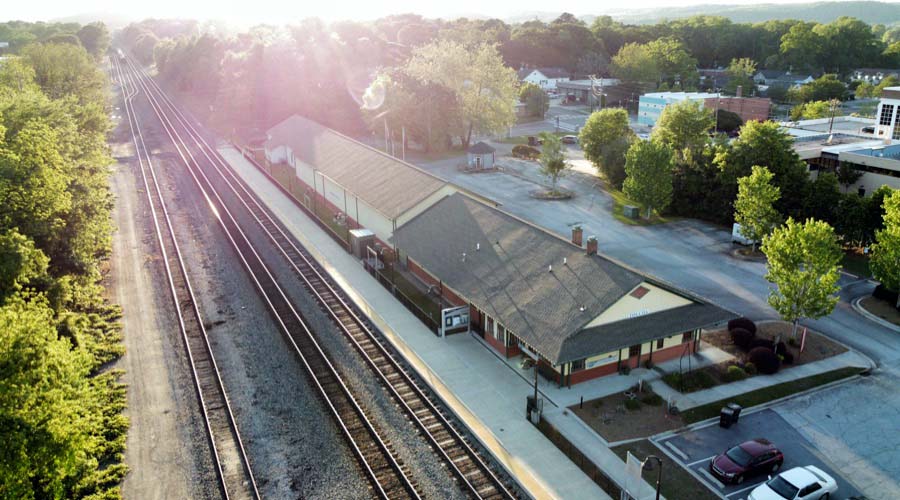
Toccoa, Ga / Dec 2023 / RWH

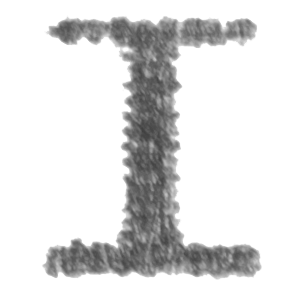 n 2005, the city of Toccoa began the restoration of the 1915 Southern Railway depot. In addition to housing the Amtrak station, the restored building is used by the Toccoa-Stephens County Chamber of Commerce and Welcome Center and the Stephens County Historical Society. The station has a gift shop and was renovated as part of the Main Street Toccoa program which is still improving and renovating the Toccoa downtown historical district.
The wood frame depot was restored according to a design by Carter Watkins Architects, Inc., of Monroe, GA. In October 2009, the new 4,400 square-foot space was dedicated during the popular Currahee Military Weekend. It contains a large meeting room, gift shop, research library, and office space. Approximately half of the funding was provided through a special purpose, local option 1 cent sales tax administered by Stephens County.
n 2005, the city of Toccoa began the restoration of the 1915 Southern Railway depot. In addition to housing the Amtrak station, the restored building is used by the Toccoa-Stephens County Chamber of Commerce and Welcome Center and the Stephens County Historical Society. The station has a gift shop and was renovated as part of the Main Street Toccoa program which is still improving and renovating the Toccoa downtown historical district.
The wood frame depot was restored according to a design by Carter Watkins Architects, Inc., of Monroe, GA. In October 2009, the new 4,400 square-foot space was dedicated during the popular Currahee Military Weekend. It contains a large meeting room, gift shop, research library, and office space. Approximately half of the funding was provided through a special purpose, local option 1 cent sales tax administered by Stephens County.
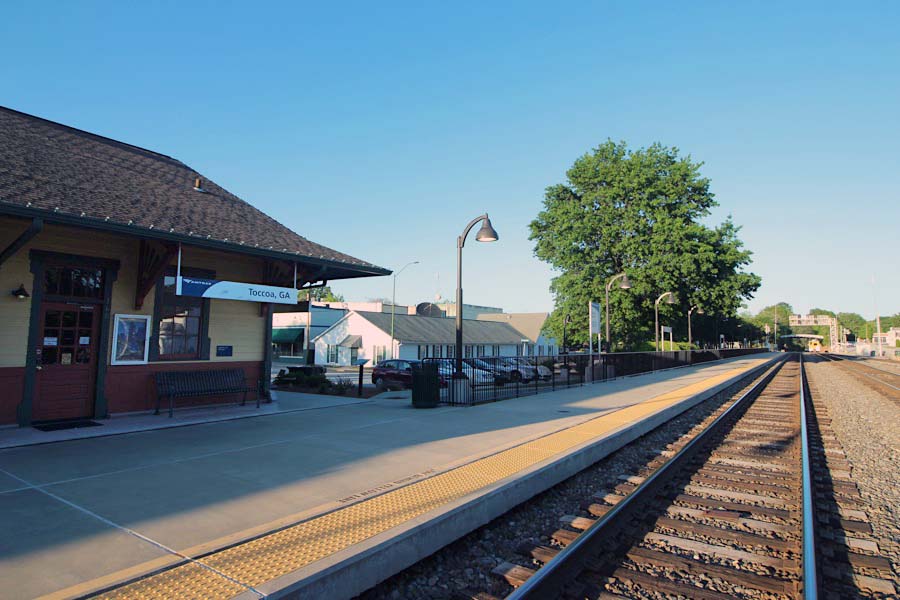
Toccoa, Ga / Dec 2023 / RWH
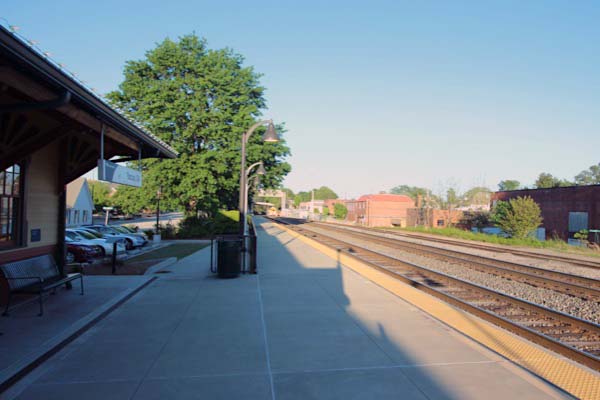
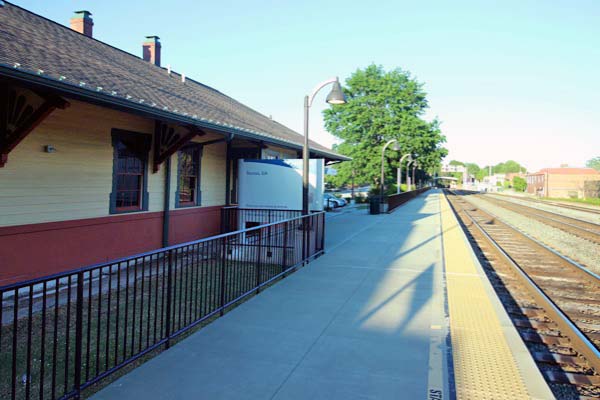
Toccoa, Ga / Dec 2023 / RWH
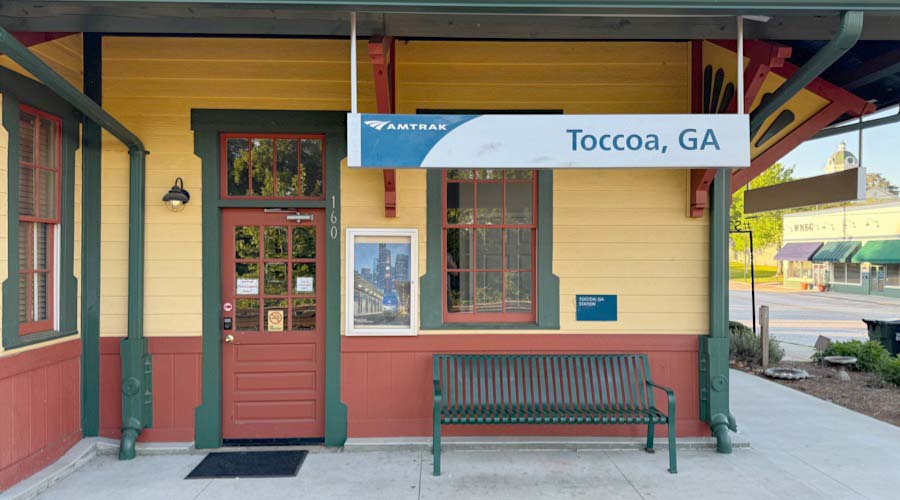
Toccoa, Ga / Dec 2023 / RWH
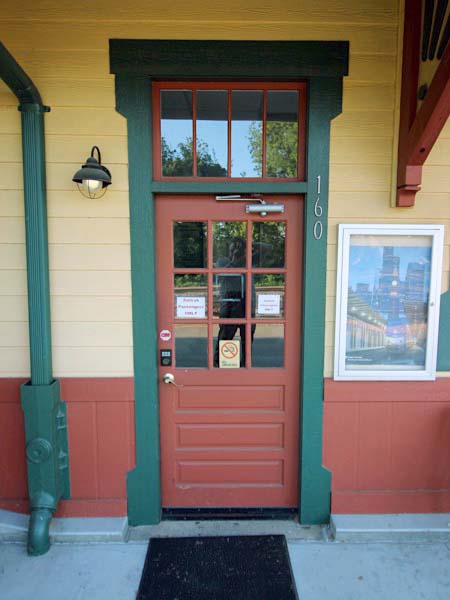
Apr 2024 / RWH
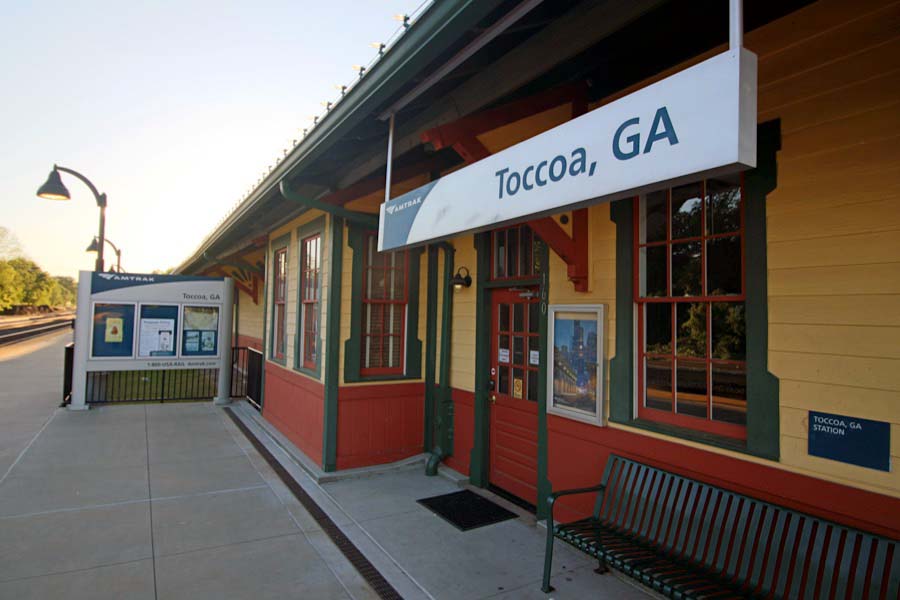
Toccoa, Ga / Dec 2023 / RWH
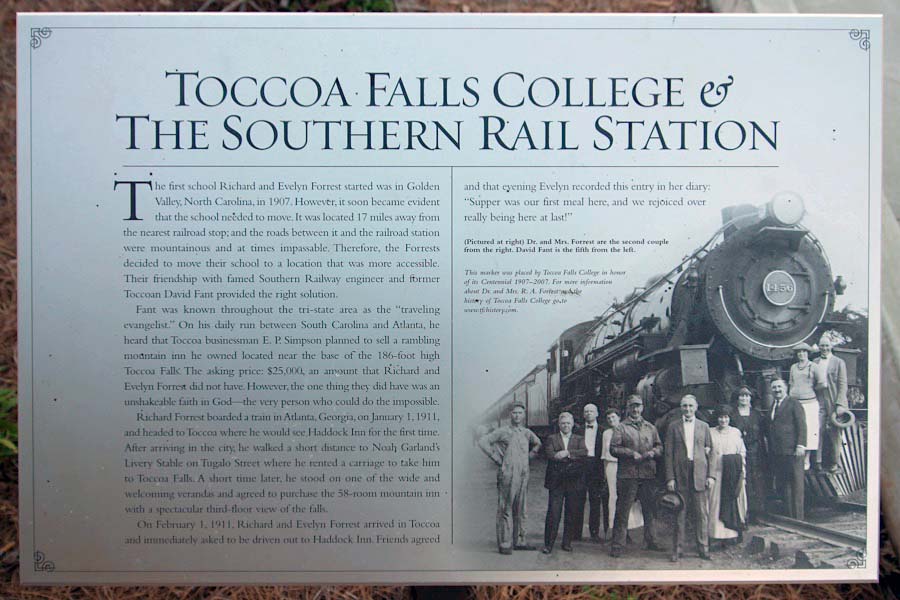
Apr 2024 / RWH
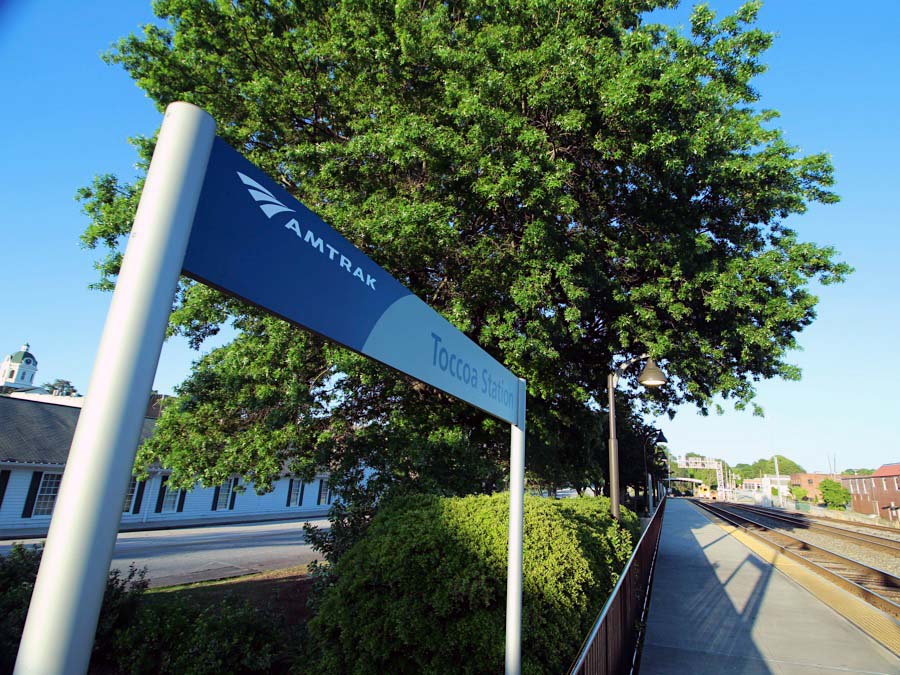
Toccoa, Ga / Dec 2023 / RWH
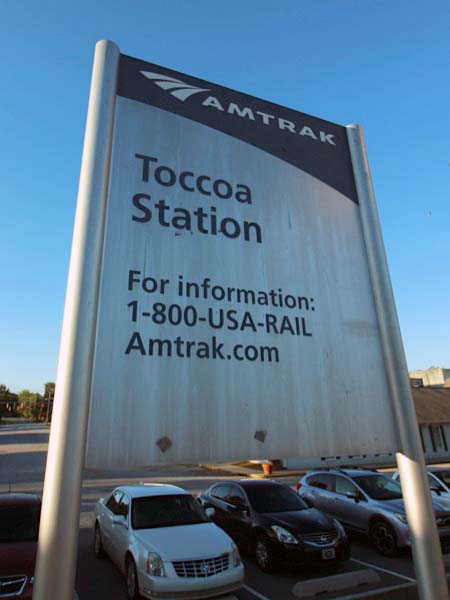
Apr 2024 / RWH
 Toccoa, GA
Toccoa, GA
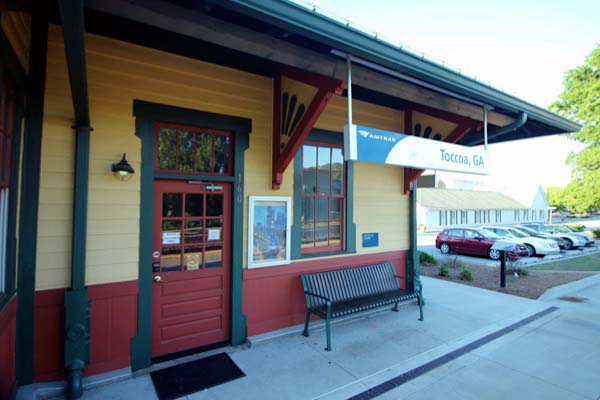
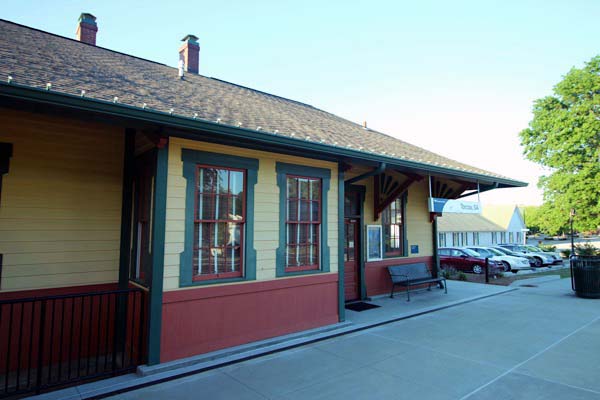
Apr 2024 / RWH
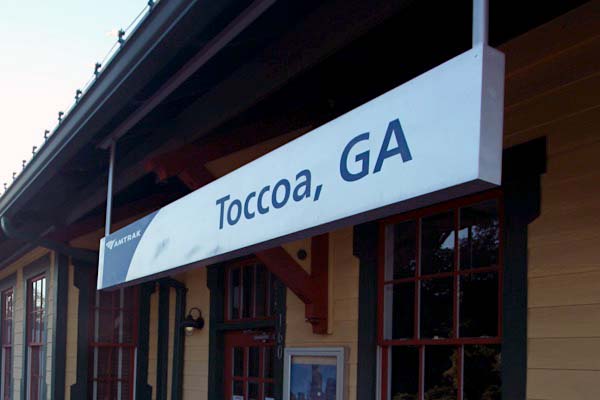
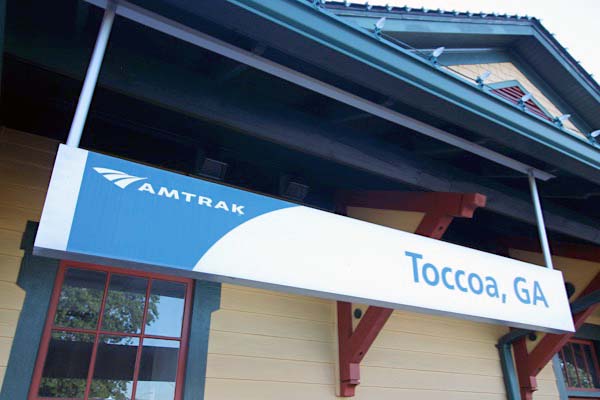
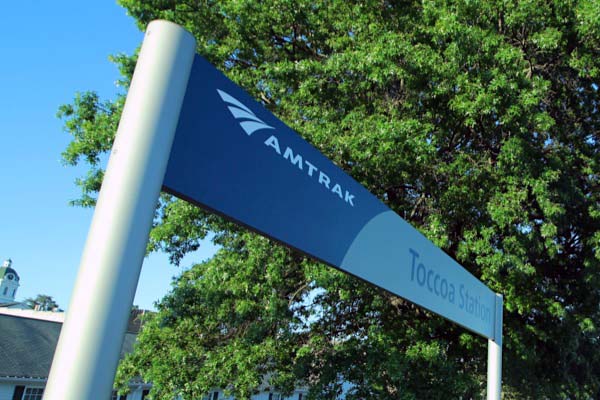
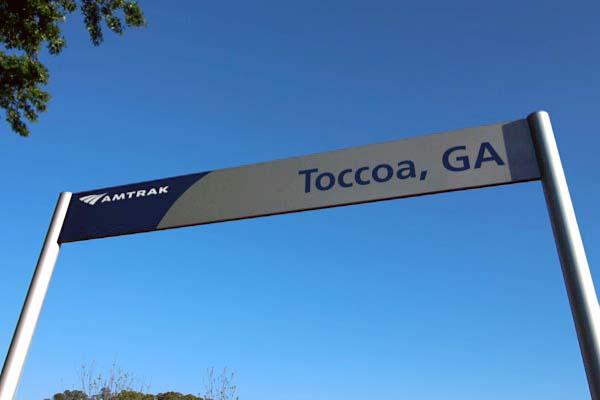
Apr 2024 / RWH
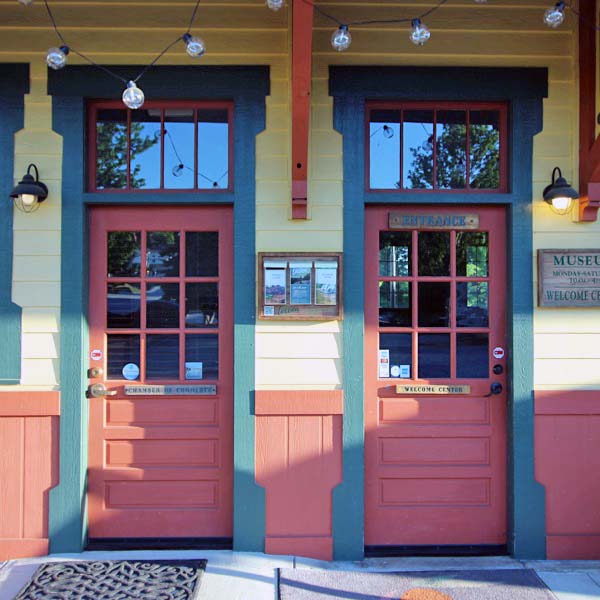
Apr 2024 / RWH
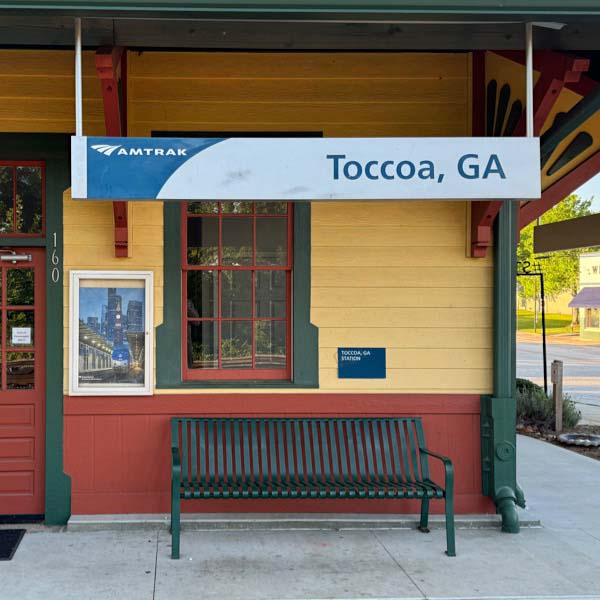
Apr 2024 / RWH
 Gainesville, Ga
Gainesville, Ga
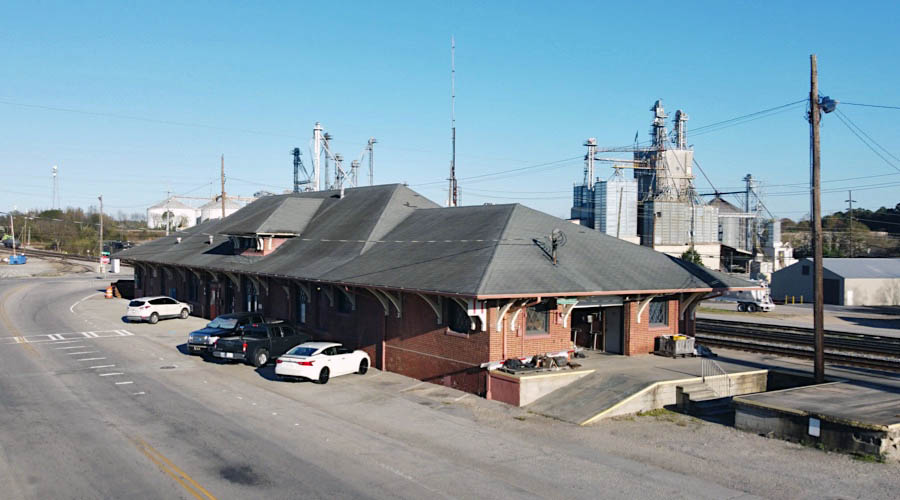
Gainesville, Ga / Nov 2020 / RWH

 he red brick Gainesville depot was built by the Southern Railway in 1910. It replaced an earlier SR depot that was severely damaged by a tornado in 1903. Norfolk Southern, which owns the station, has made some improvements, with a new roof and electrical maintenance. Most of the building is used for railroad offices, with some space reserved for a passenger waiting area. There is also a Gainesville Midland Railroad depot, erected circa 1914, in town; it has been restored to serve as the Smithgall Arts Center.
he red brick Gainesville depot was built by the Southern Railway in 1910. It replaced an earlier SR depot that was severely damaged by a tornado in 1903. Norfolk Southern, which owns the station, has made some improvements, with a new roof and electrical maintenance. Most of the building is used for railroad offices, with some space reserved for a passenger waiting area. There is also a Gainesville Midland Railroad depot, erected circa 1914, in town; it has been restored to serve as the Smithgall Arts Center.
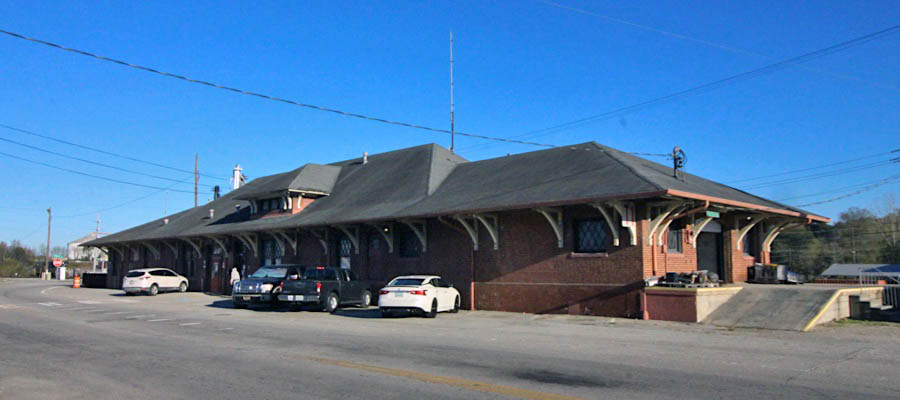
Gainesville, Ga / Nov 2020 / RWH
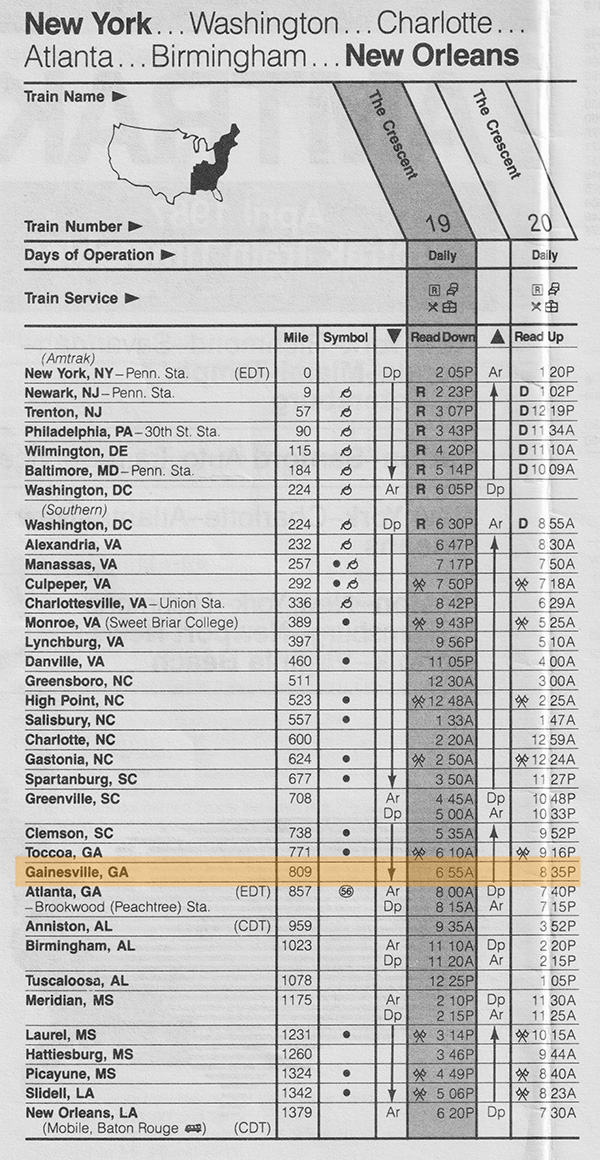
1987 Amtrak timetable / collection
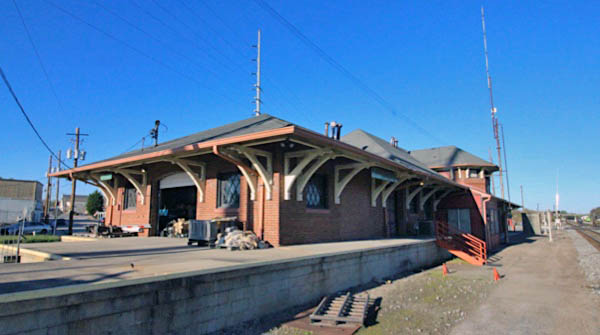
Gainesville, Ga / Nov 2020 / RWH

Gainesville, Ga / Nov 2020 / RWH
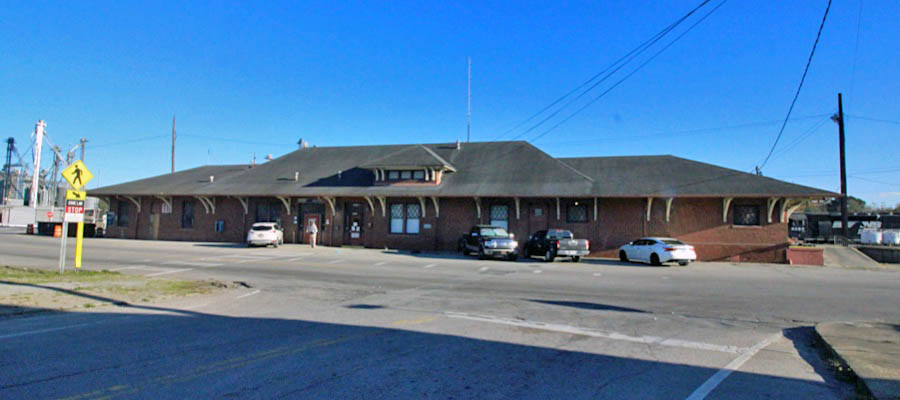
Gainesville, Ga / Nov 2020 / RWH
 Gainesville, GA
Gainesville, GA
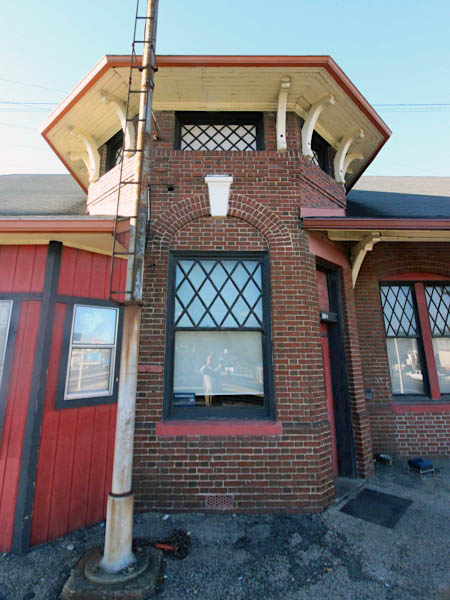
Nov 2020 / RWH
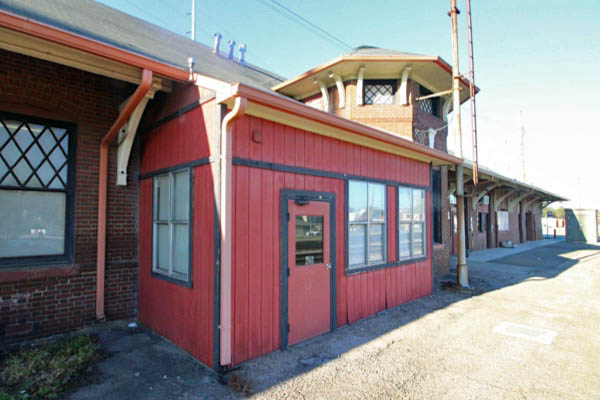
Nov 2020 / RWH
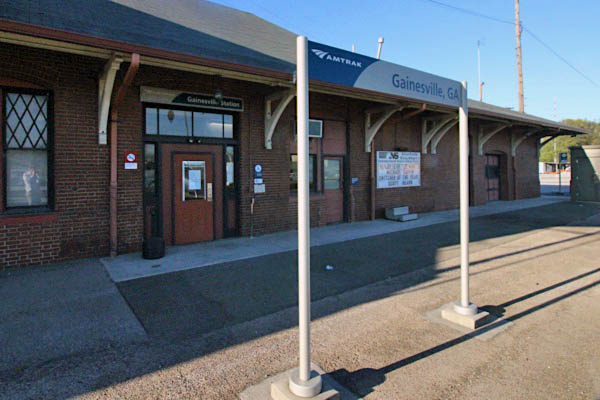
Nov 2020 / RWH

Click to see the Gainesville station plotted on a Google Maps page
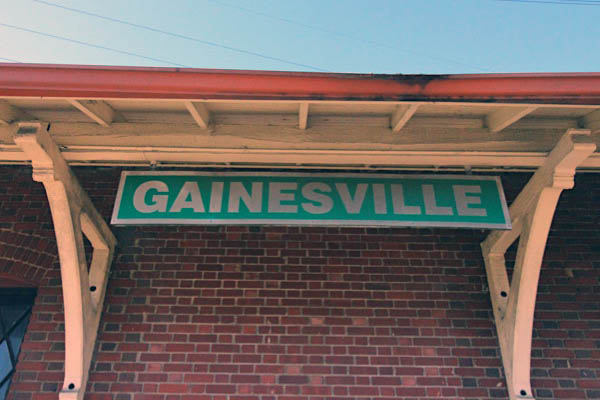
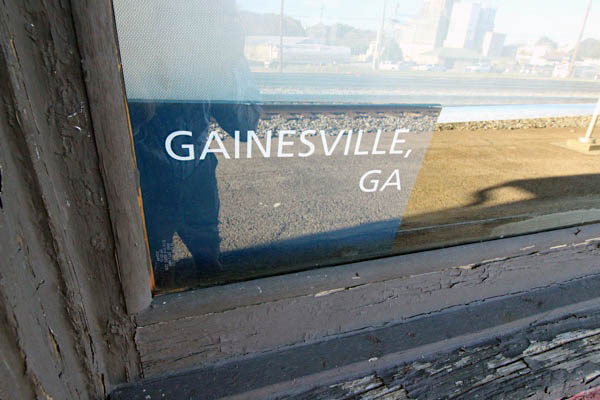
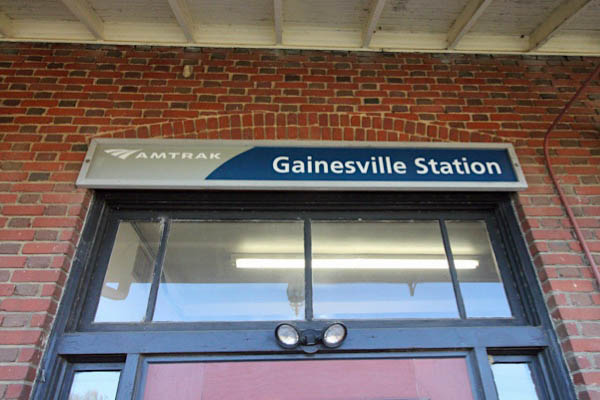
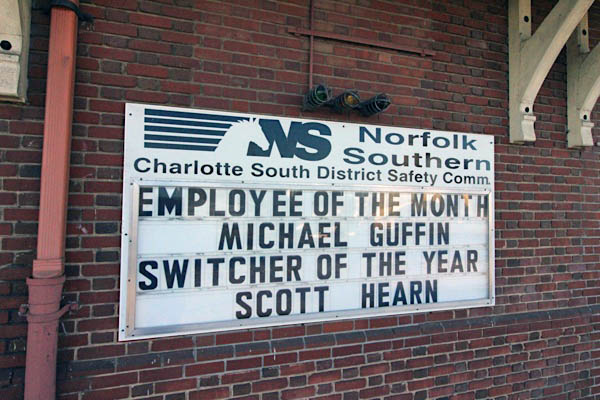
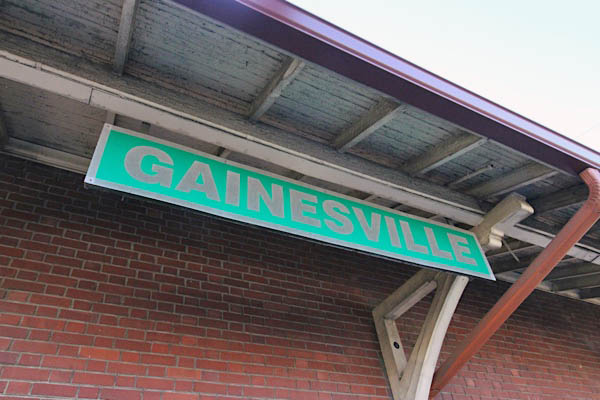
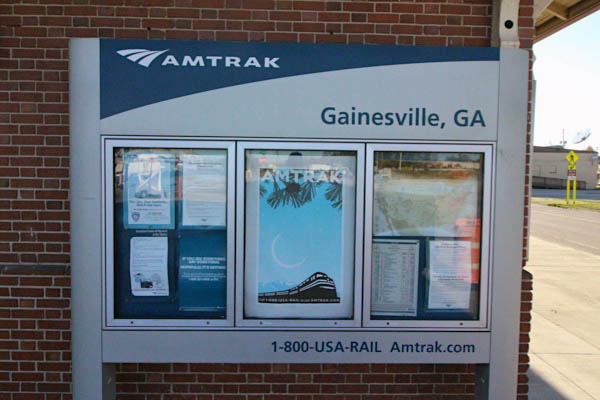
Nov 2020 / RWH

web
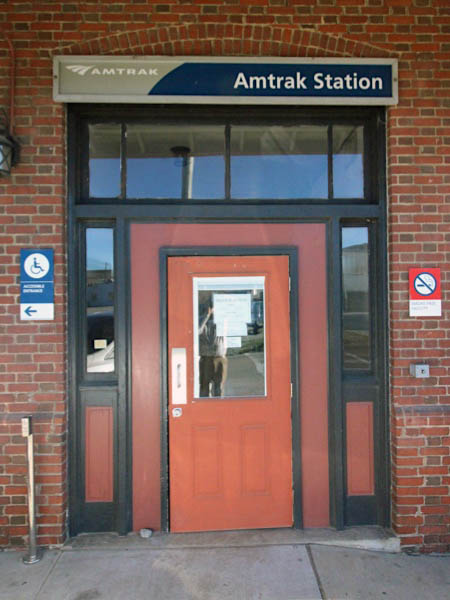
Nov 2020 / RWH
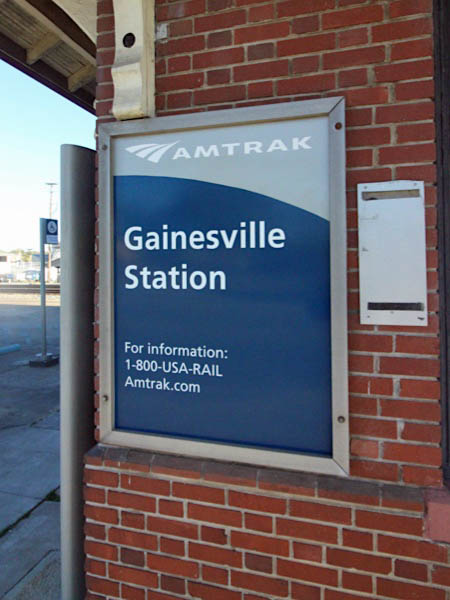
Nov 2020 / RWH

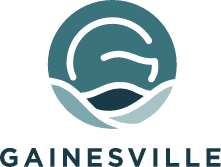
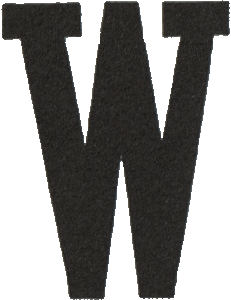 hen it comes to location, the City of Gainesville is second to none. Located in the foothills of the Blue Ridge Mountains, the 19th-largest city in the state is surrounded on three sides by Lake Sidney Lanier. Gainesville is small enough to know your neighbor, yet large enough to offer the services and cultural experiences of a much larger city. Gainesville will be 200 years old Nov. 30, 2021.
Gainesville, county seat of Hall County, is located in Northeast Georgia, approximately 50 miles northeast of Atlanta and 100 miles southwest of Greenville, South Carolina. Gainesville is the largest of six cities in Hall County with a population of more than 42,000. As the business hub for Northeast Georgia, Gainesville's daytime population is estimated in excess of 100,000.
hen it comes to location, the City of Gainesville is second to none. Located in the foothills of the Blue Ridge Mountains, the 19th-largest city in the state is surrounded on three sides by Lake Sidney Lanier. Gainesville is small enough to know your neighbor, yet large enough to offer the services and cultural experiences of a much larger city. Gainesville will be 200 years old Nov. 30, 2021.
Gainesville, county seat of Hall County, is located in Northeast Georgia, approximately 50 miles northeast of Atlanta and 100 miles southwest of Greenville, South Carolina. Gainesville is the largest of six cities in Hall County with a population of more than 42,000. As the business hub for Northeast Georgia, Gainesville's daytime population is estimated in excess of 100,000.
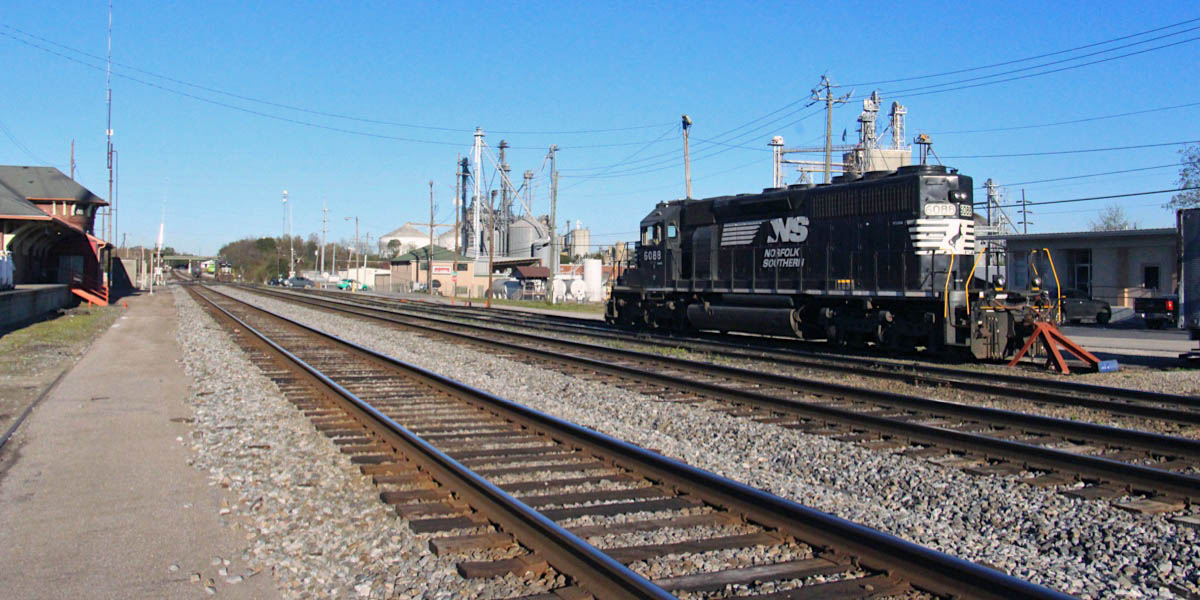
Gainesville, Ga / Nov 2020 / RWH
 Atlanta, Ga
Atlanta, Ga
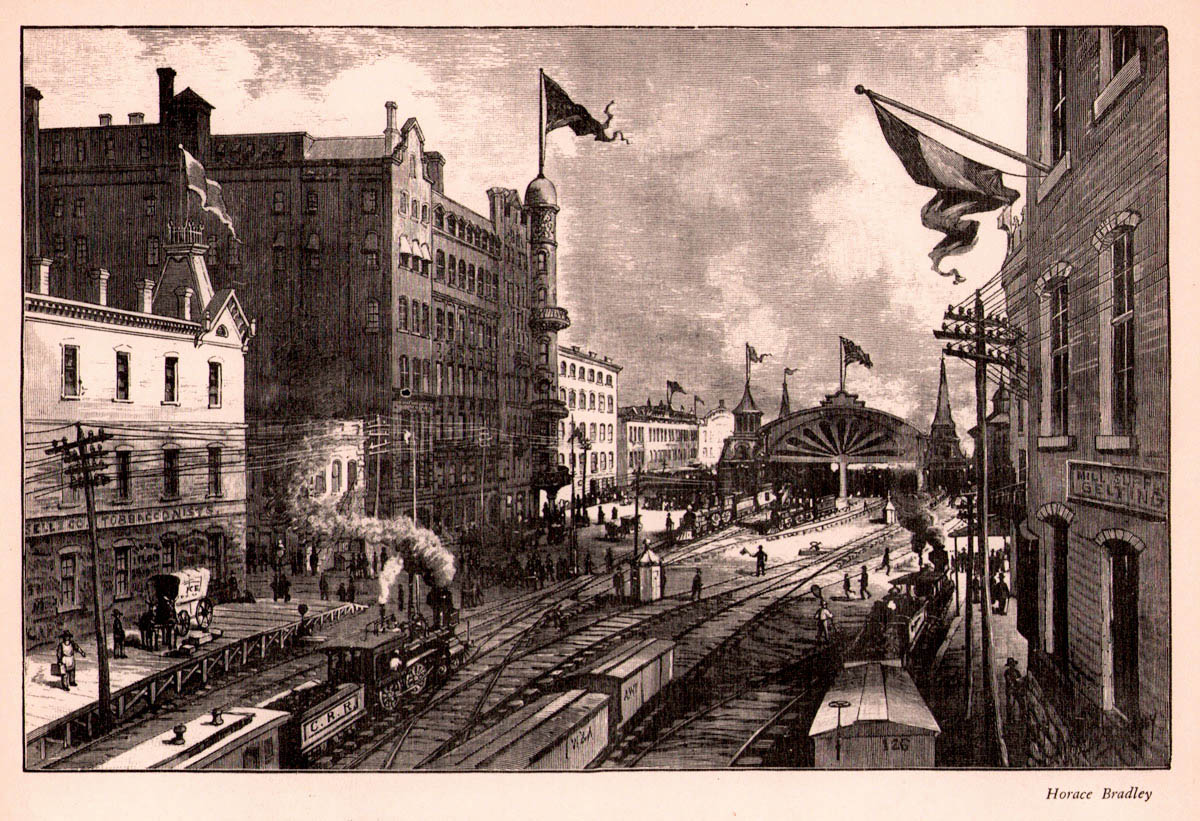
collection
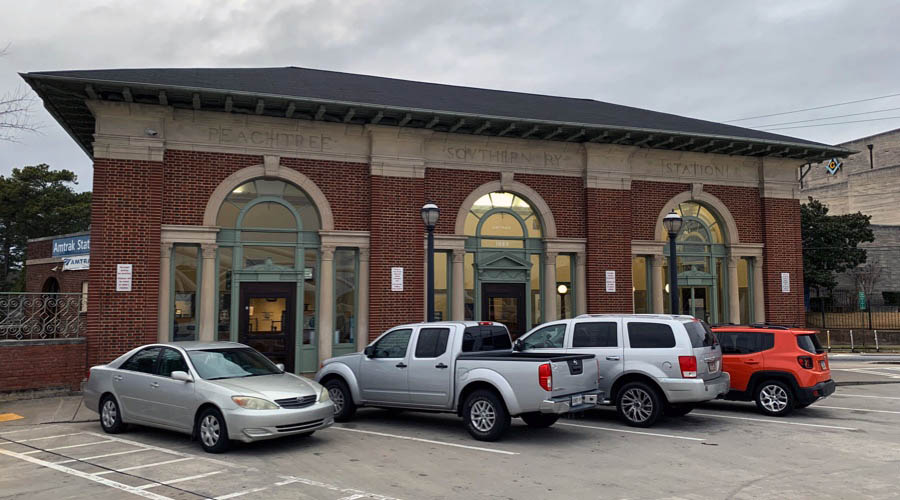
Peachtree Station
Atlanta, Ga / Dec 2019 / RWH

Click to see the Peachtree Station plotted on a Google Maps page
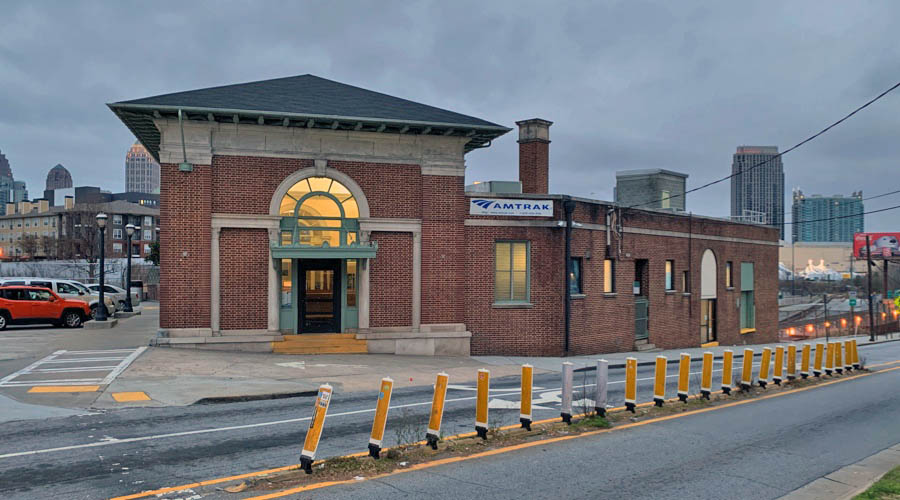
Atlanta, Ga / Dec 2019 / RWH
 Atlanta, GA
Atlanta, GA
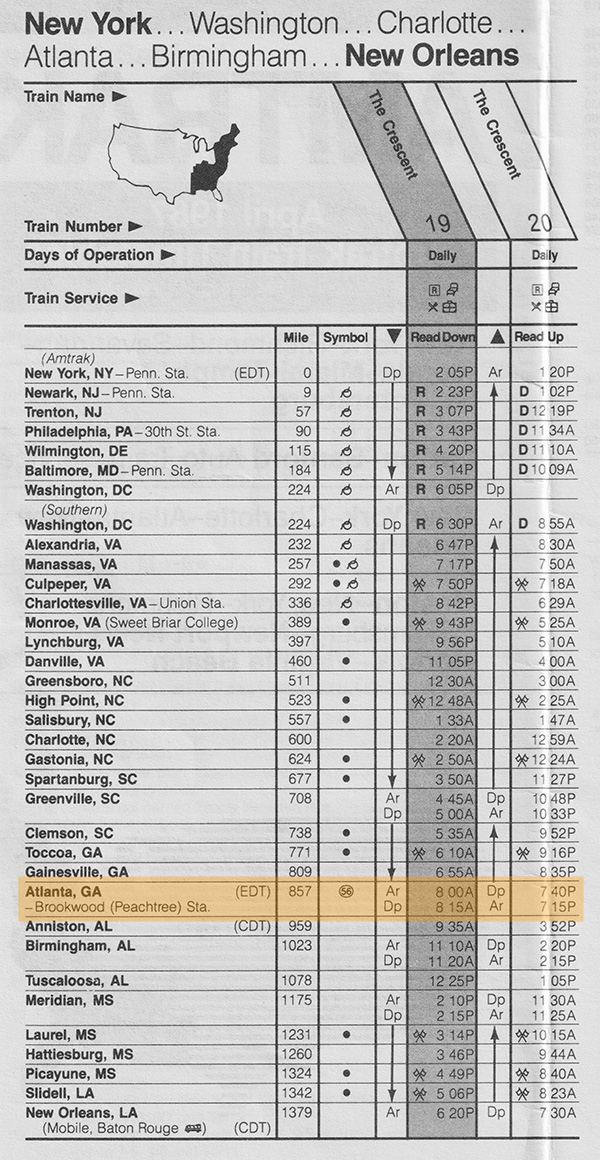
1987 Amtrak timetable / collection
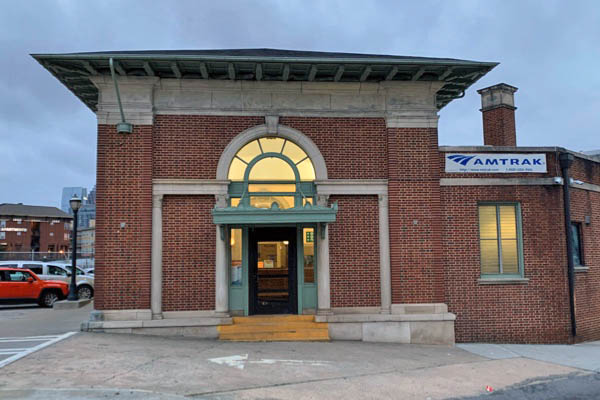
Atlanta, Ga / Dec 2019 / RWH
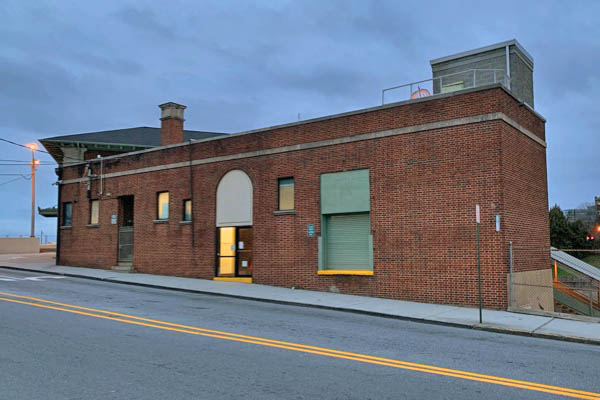
Atlanta, Ga / Dec 2019 / RWH
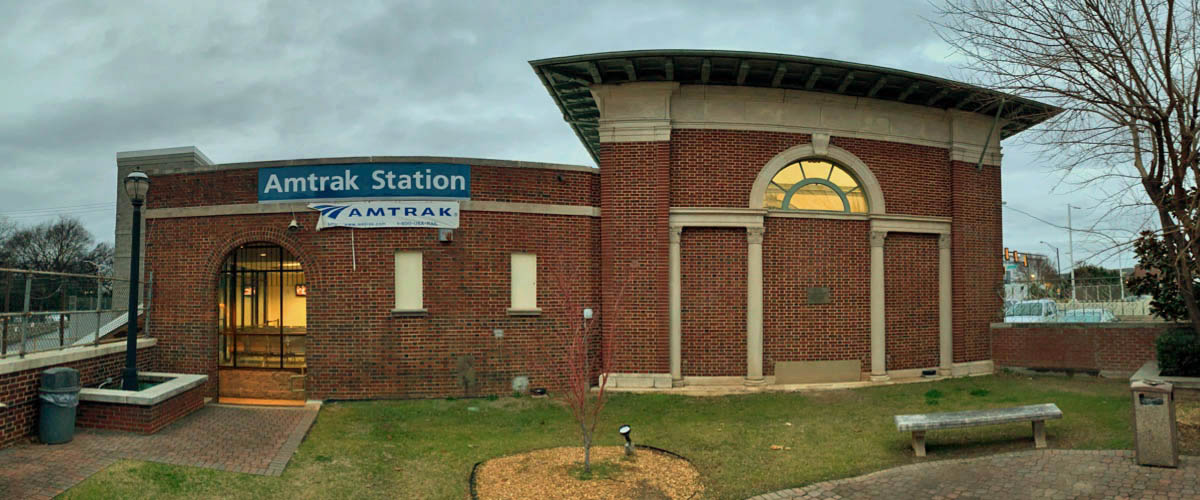
Atlanta, Ga / Dec 2019 / RWH

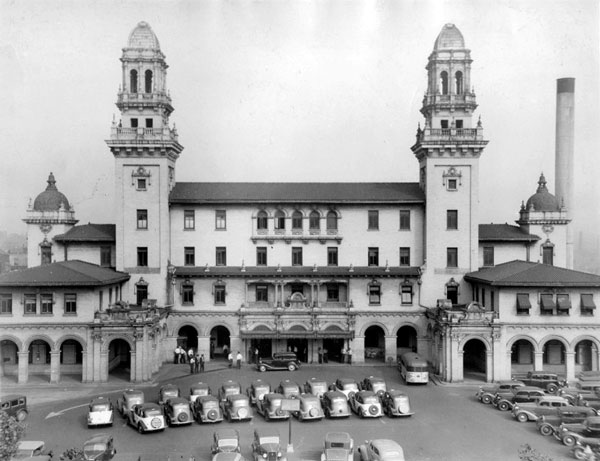
 he Atlanta Terminal Co., which owned Terminal Station, was incorporated in 1903. Te r m i n a l Station itself was completed in 1905. The architect was P. Thornton Marye. It was built by Gude and Walker at a cost of $1.6 million. The original train shed was replaced by platform sheds in 1925. Located on Spring Street, the station was used not only by Southern but also Seaboard Air Line, Central of Georgia (which later became part of the Southern system), and the West Point Route (Atlanta and West Point).
he Atlanta Terminal Co., which owned Terminal Station, was incorporated in 1903. Te r m i n a l Station itself was completed in 1905. The architect was P. Thornton Marye. It was built by Gude and Walker at a cost of $1.6 million. The original train shed was replaced by platform sheds in 1925. Located on Spring Street, the station was used not only by Southern but also Seaboard Air Line, Central of Georgia (which later became part of the Southern system), and the West Point Route (Atlanta and West Point).
The station was closed June 14, 1970 and razed in 1972. Its site is now occupied by the Richard B. Russell office building. The statue of Samuel Spencer was moved to Peachtree Station and rededicated July 3, 1970. Atlanta Terminal Co. was merged into Central of Georgia January 31, 1986.
Peachtree Station, located on Peachtree Street in the Brookwood section of Atlanta, opened March 17, 1918. The Italian renaissance style building was designed by architects Hentz, Reid and Adler of Atlanta. If fronts 68 feet on Peachtree Street and extends back 123 feet on Faust Street. The steam heated brick and concrete building was built over the tracks (Southern's main line) and rests on a concrete platform 28 feet above track level. The concourse to the rear overlooks the tracks and is connected by covered stairs to the 1,000-foot platform. There is also an entrance on Faust Street connected to the concourse. The original station personnel consisted of W.E. Gaines, ticket agent; Thomas R. Malone, day station master; B.B. Ward, night station master; R.W. Moss, baggage agent; Dan Brown, Joshua Johnson and Percy Anderson, porters. Agent Gaines gave a bouquet of violets to the first passenger buying a ticket. Mrs. J.H. Nunnally donated 184 plants (including 50 rose bushes) for flower beds around the new station.
When Terminal Station closed in 1970 Peachtree Station became Southern's main At- lanta passenger station. It is still used by Amtrak today although they prefer to call it Brookwood Station.
Southern Railway Depots - Volume 2: A Color Pictorial by Ralph Ward
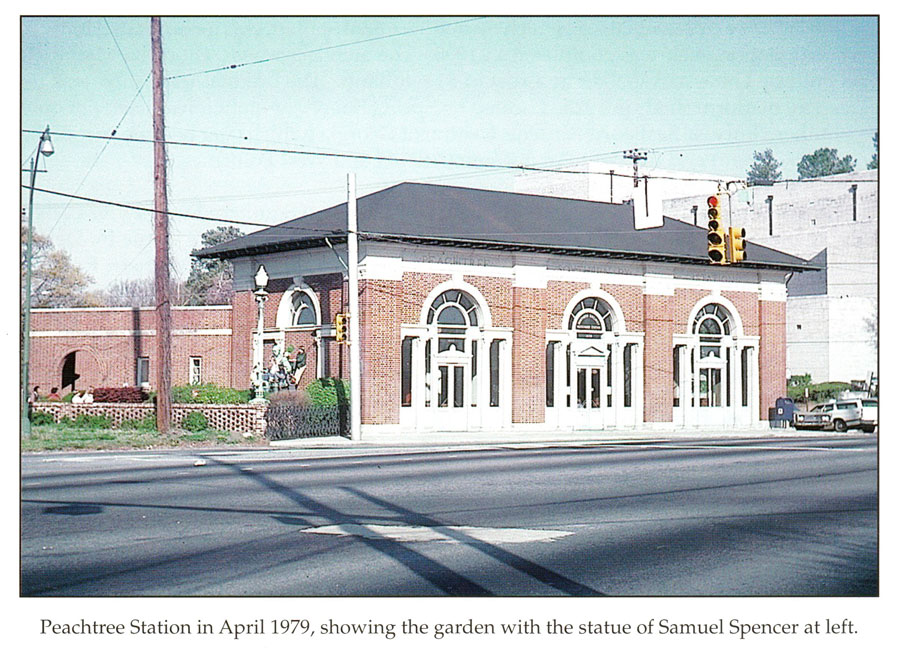
from Southern Railway Depots - Volume 2
by Ralph Ward / collection
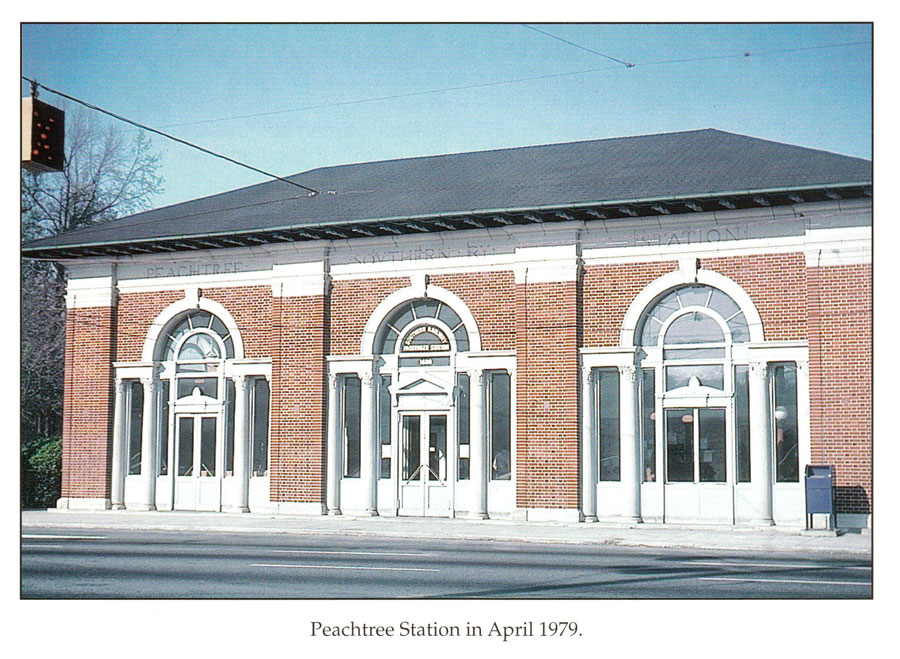
from Southern Railway Depots - Volume 2
by Ralph Ward / collection
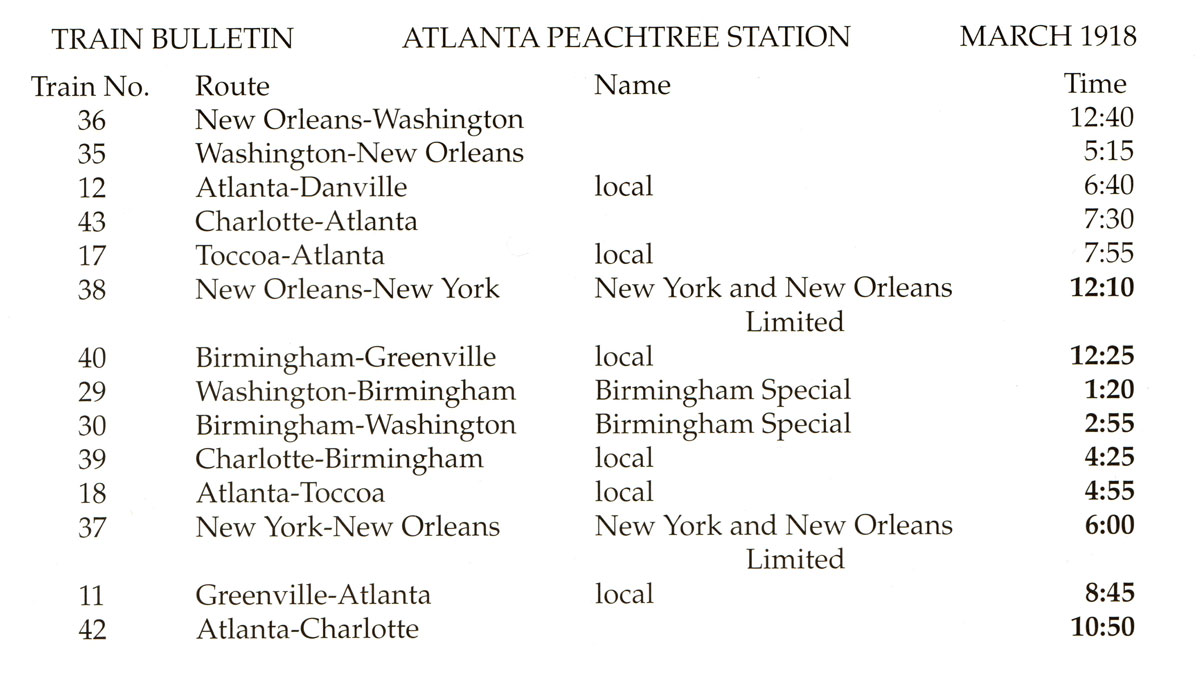
from Southern Railway Depots - Volume 2
by Ralph Ward / collection
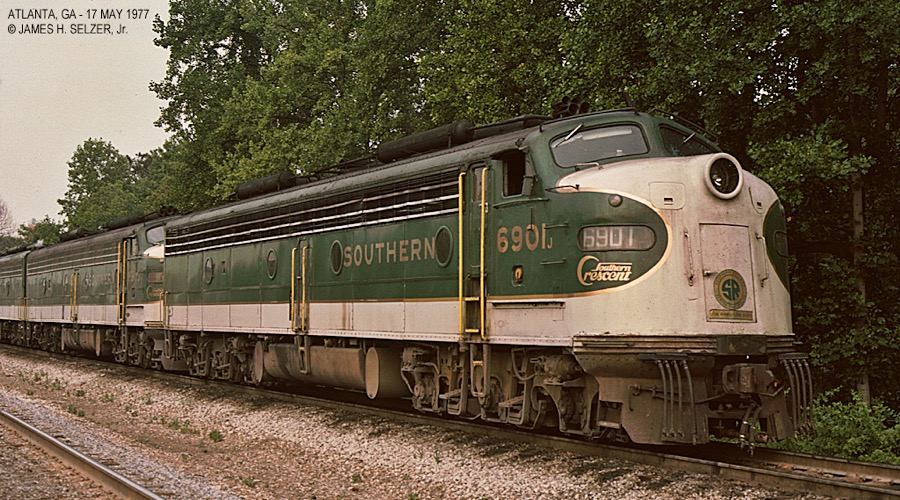
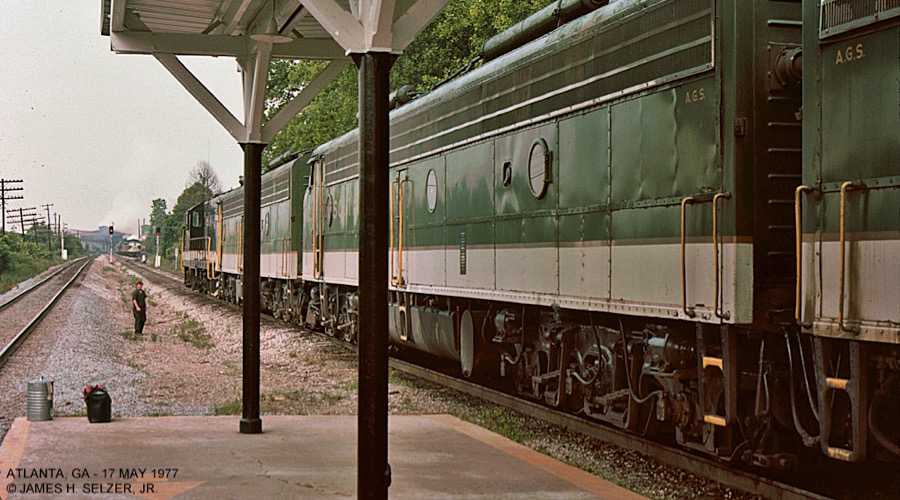
Atlanta, Ga / May 1977 / James Selzer Jr. / Michael Palmieri collection

#20 northbound
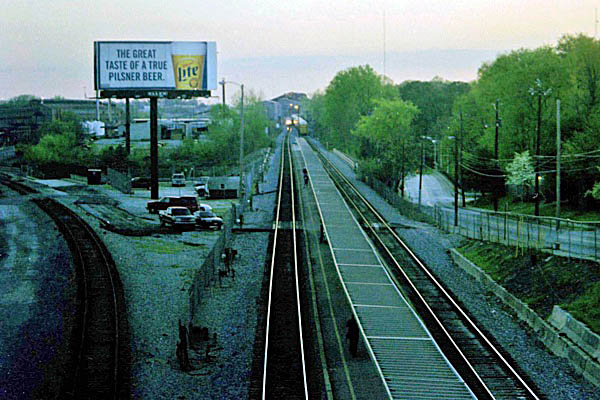
Apr 1999 / RWH
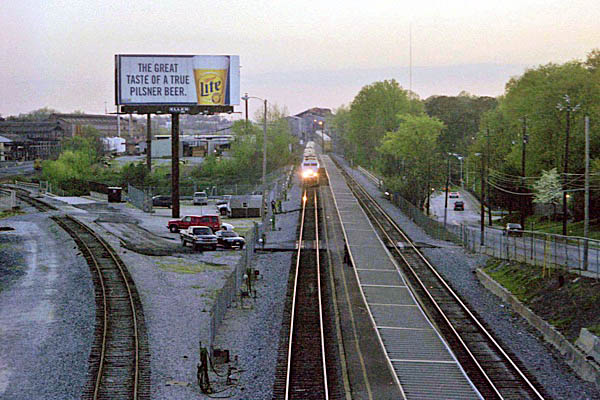
Apr 1999 / RWH

Atlanta, Ga / Apr 1999 / RWH

Apr 1999 / RWH
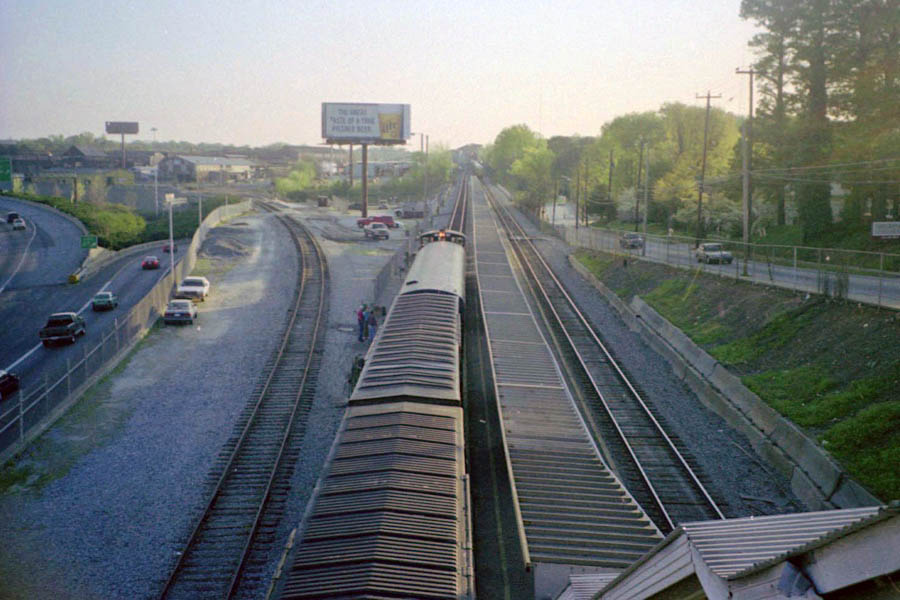
Atlanta, Ga / Apr 1999 / RWH
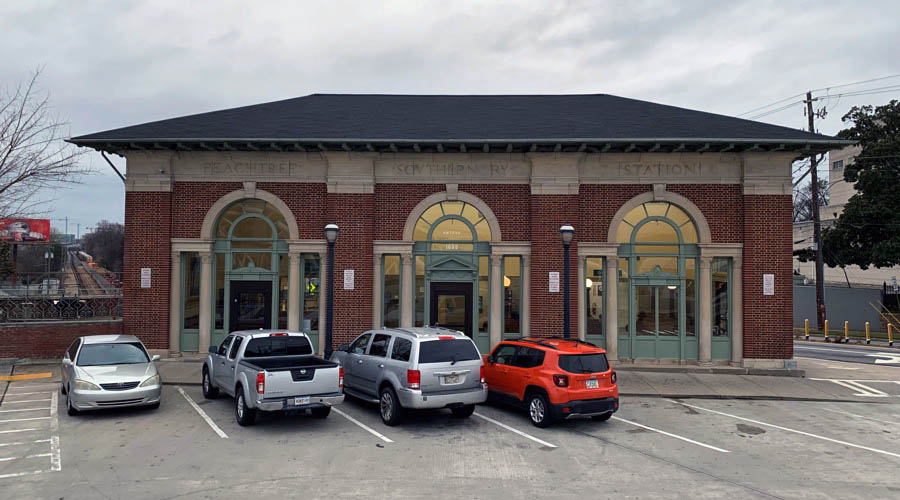
Atlanta, Ga / Dec 2019 / RWH
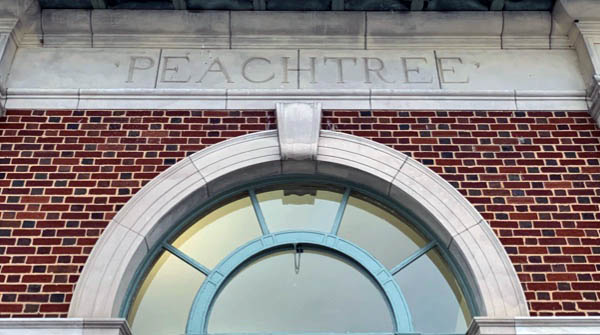
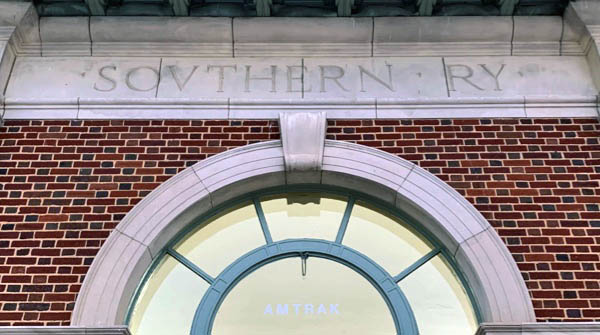
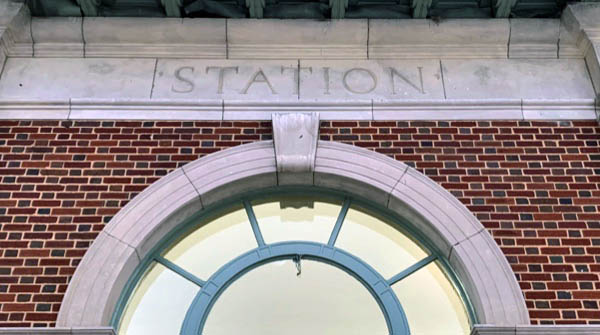
Dec 2019 / RWH
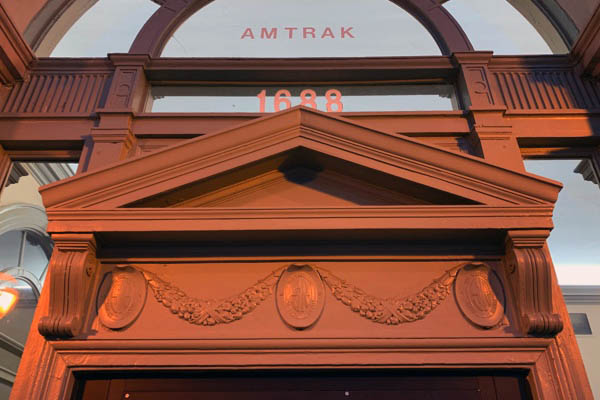
Dec 2019 / RWH
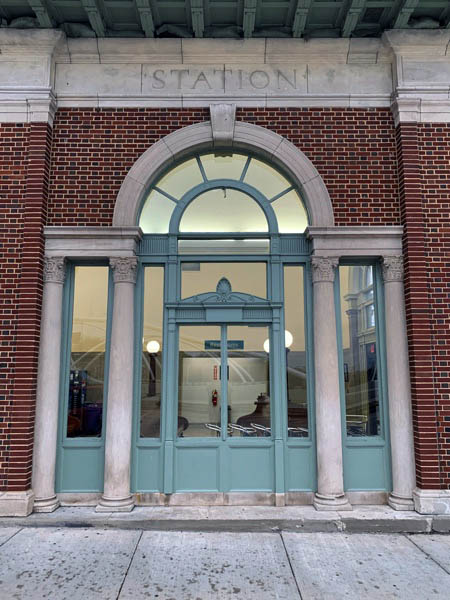
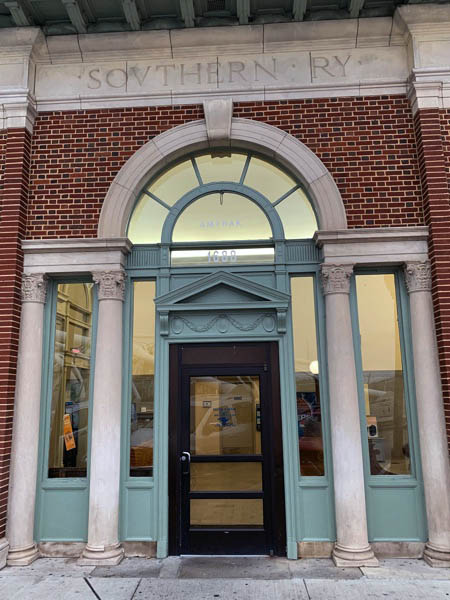
Dec 2019 / RWH
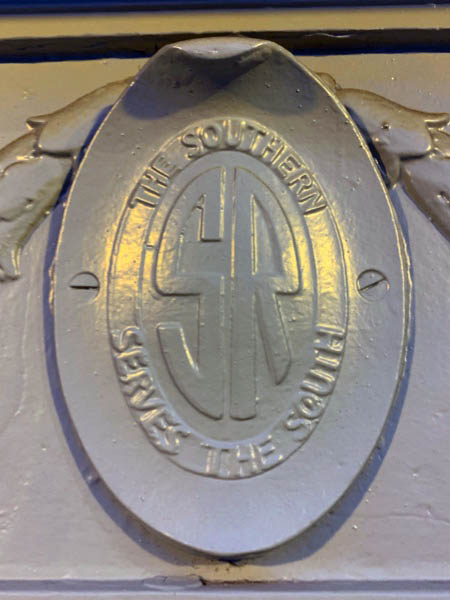
Dec 2019 / RWH
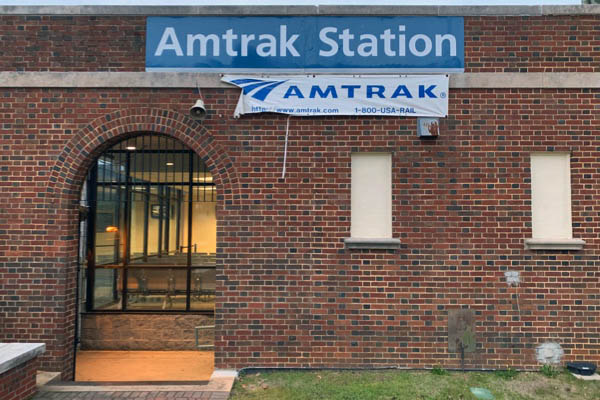
Dec 2019 / RWH
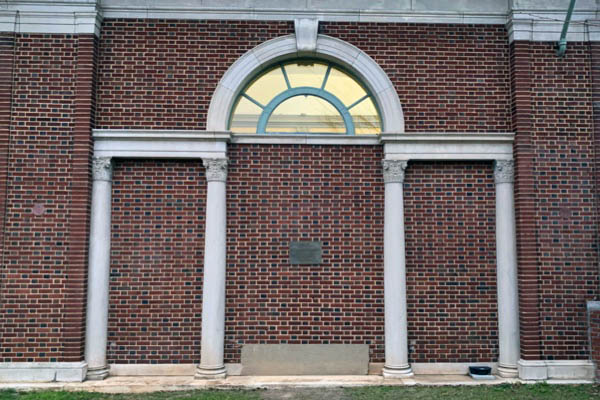
Dec 2019 / RWH
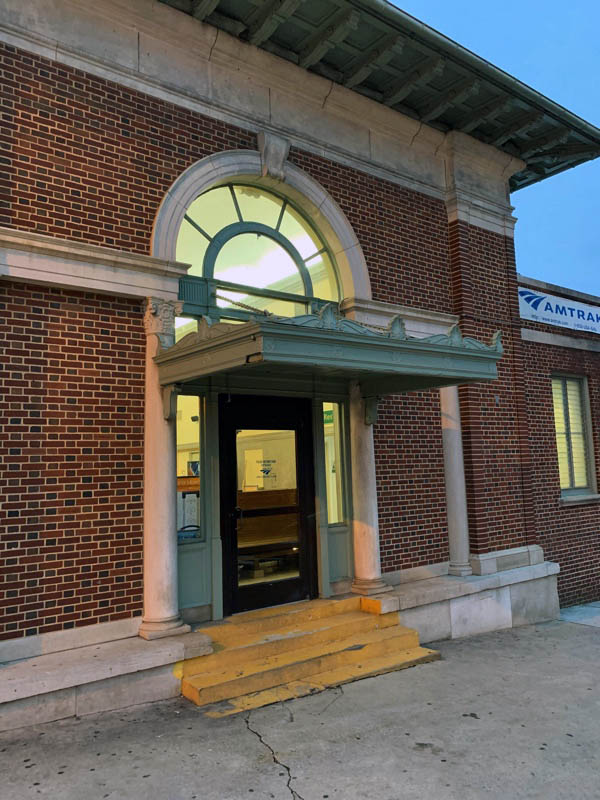
Dec 2019 / RWH
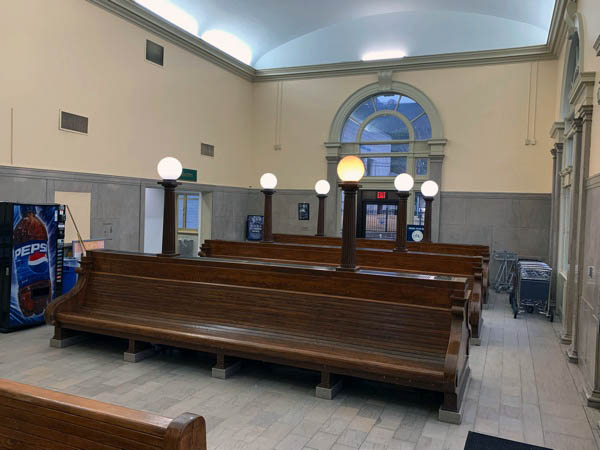
Dec 2019 / RWH
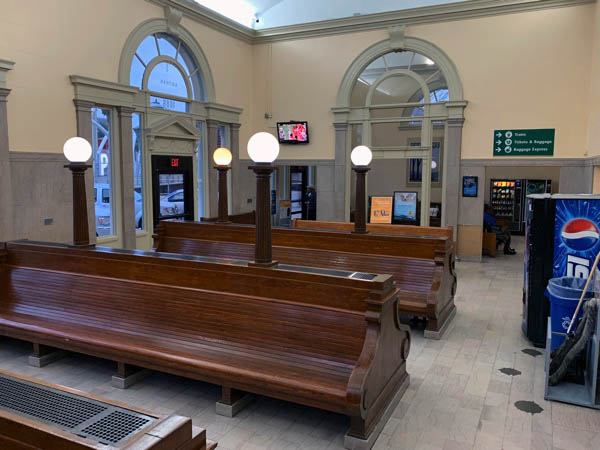
Dec 2019 / RWH
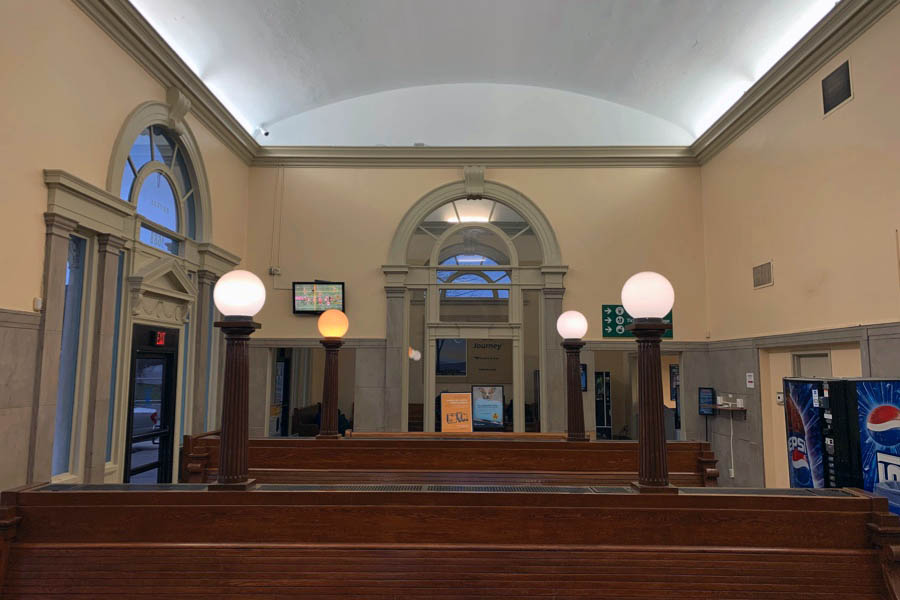
Dec 2019 / RWH
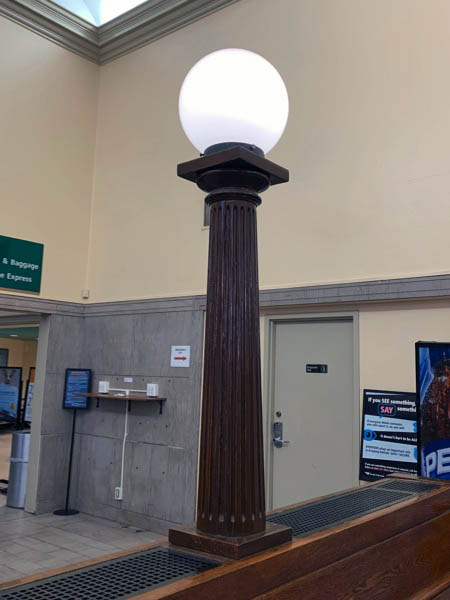
Dec 2019 / RWH
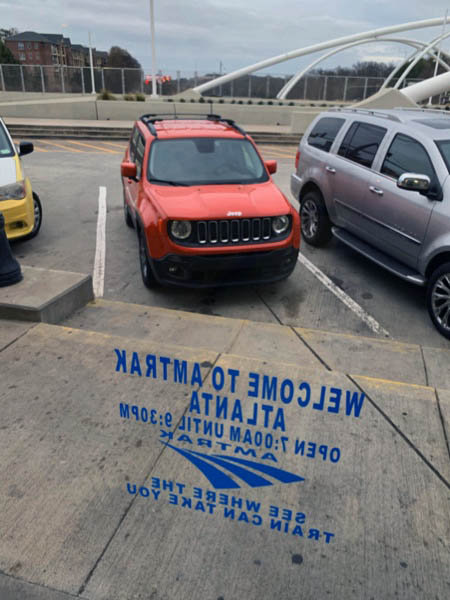
Dec 2019 / RWH

Dec 2019 / RWH
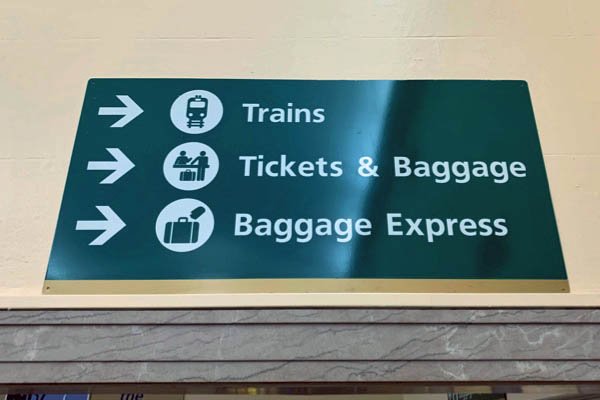
Dec 2019 / RWH
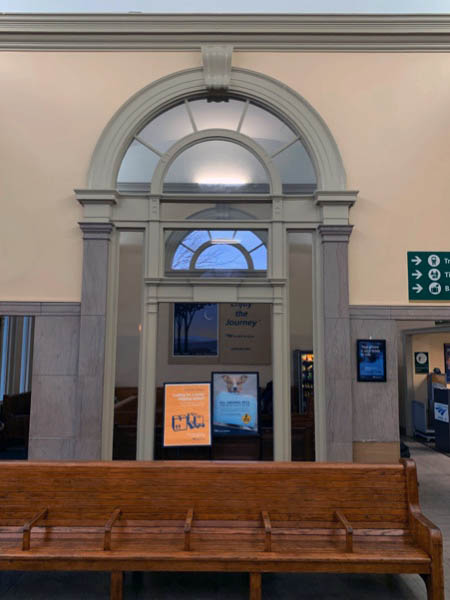
Dec 2019 / RWH
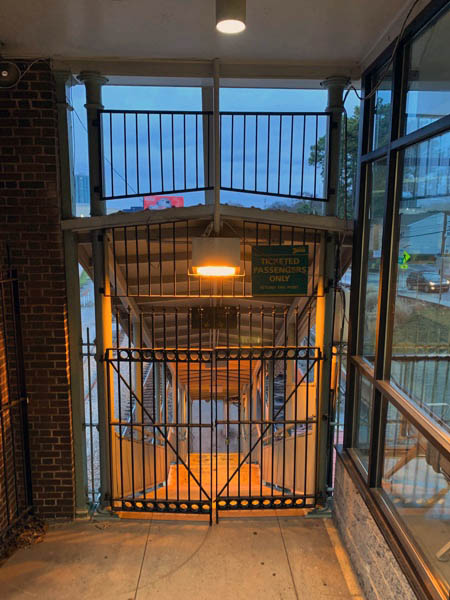
Dec 2019 / RWH
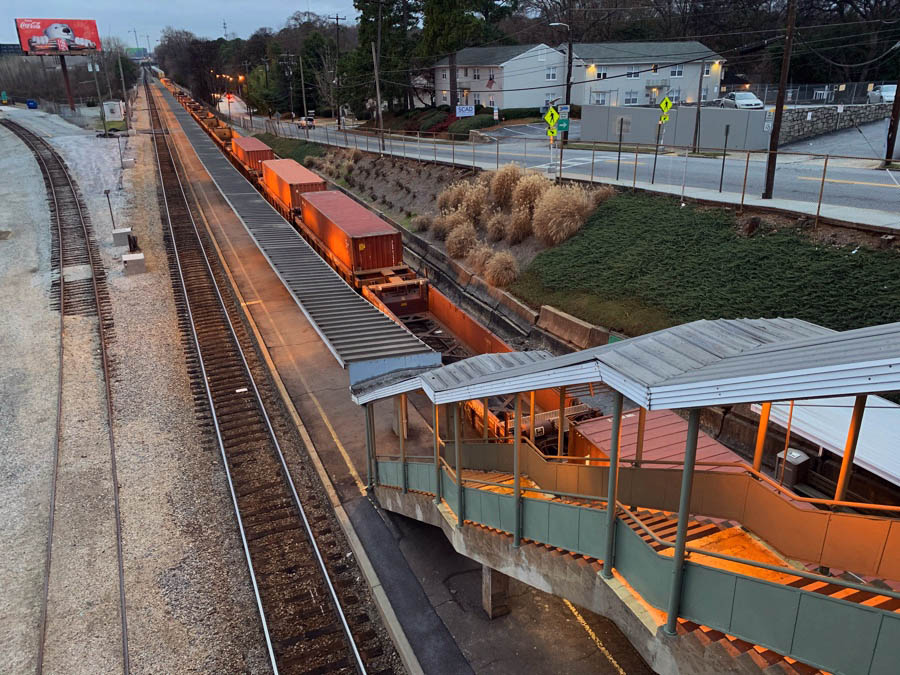
Dec 2019 / RWH
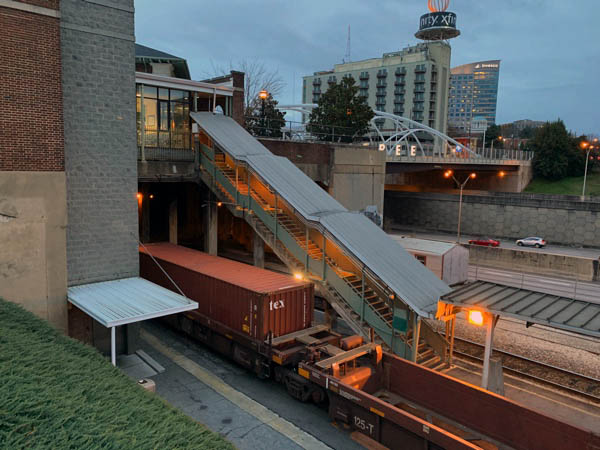
Dec 2019 / RWH
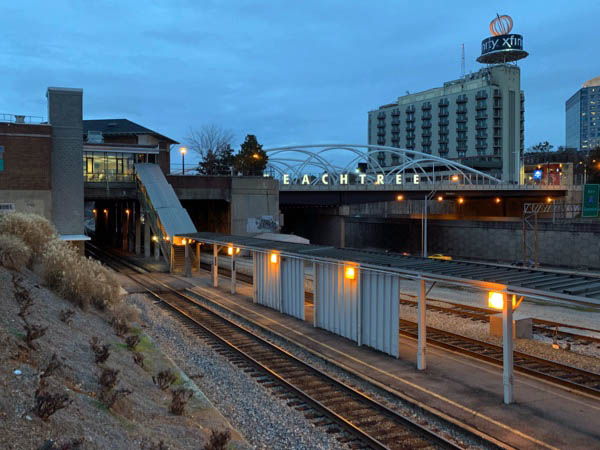
Dec 2019 / RWH
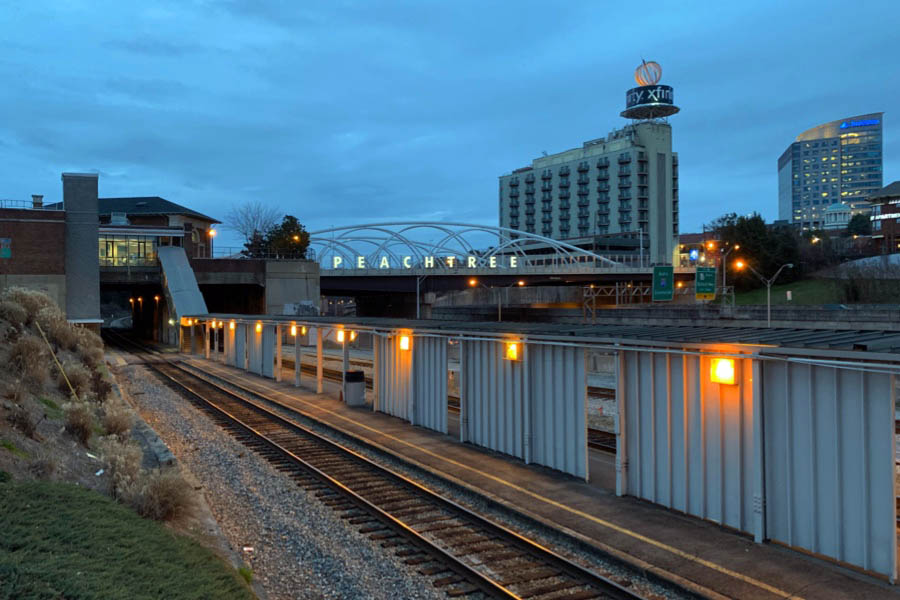
Dec 2019 / RWH
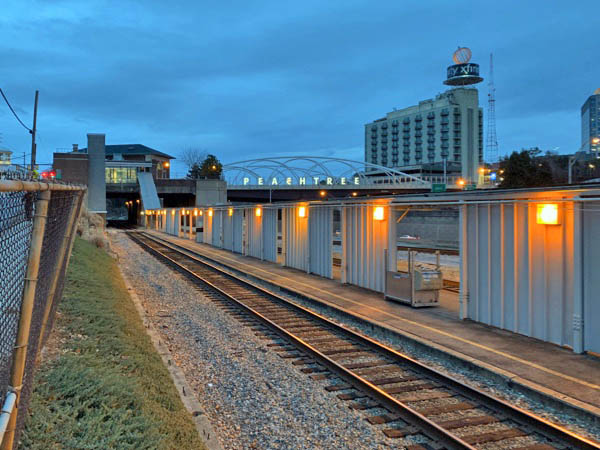
Dec 2019 / RWH
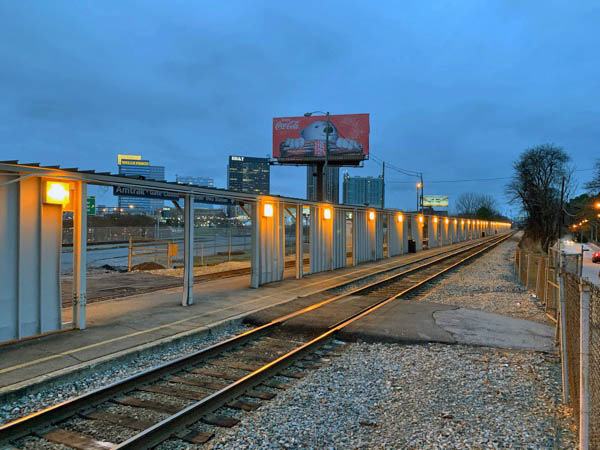
Dec 2019 / RWH
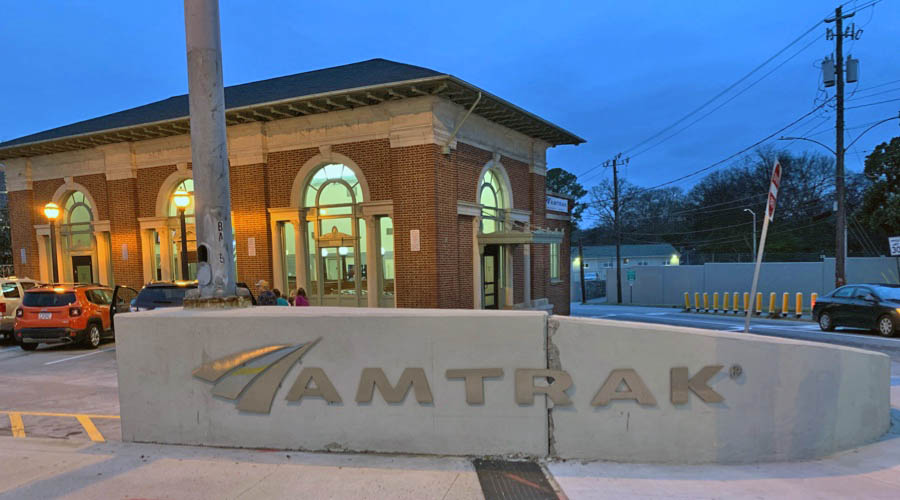
Dec 2019 / RWH
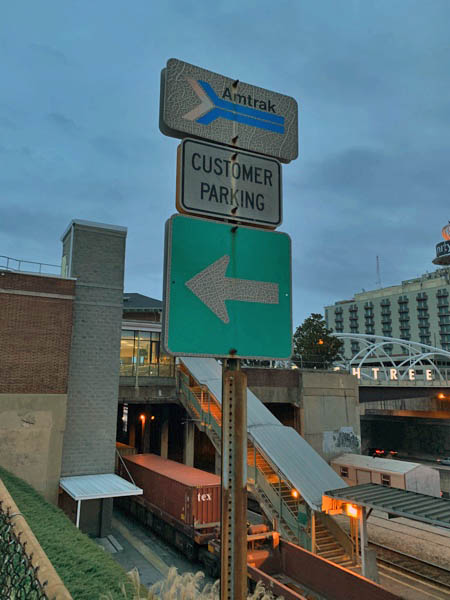
Dec 2019 / RWH
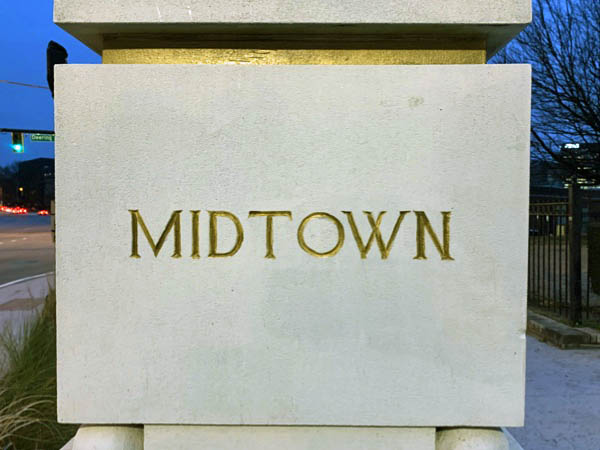
Dec 2019 / RWH
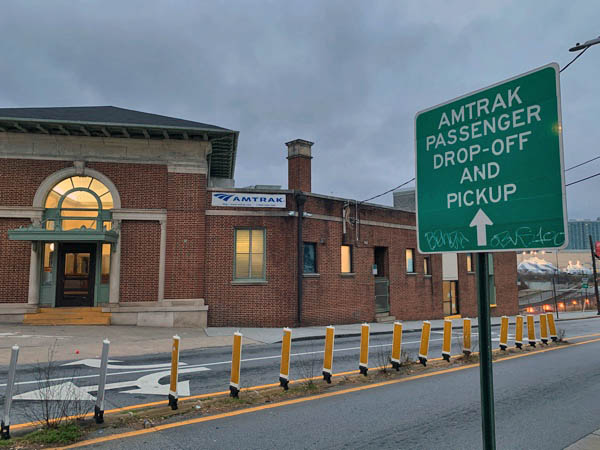
Dec 2019 / RWH
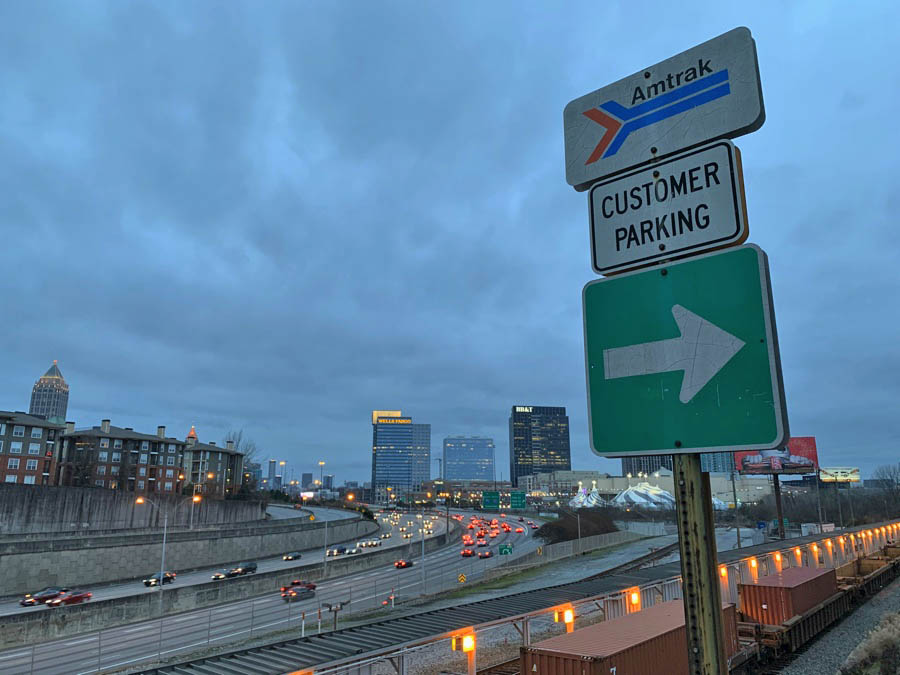
Atlanta, Ga / Dec 2019 / RWH
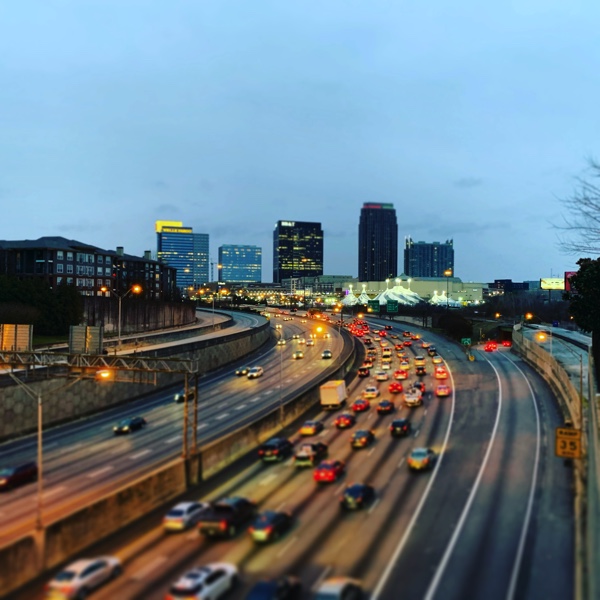
Dec 2019 / RWH
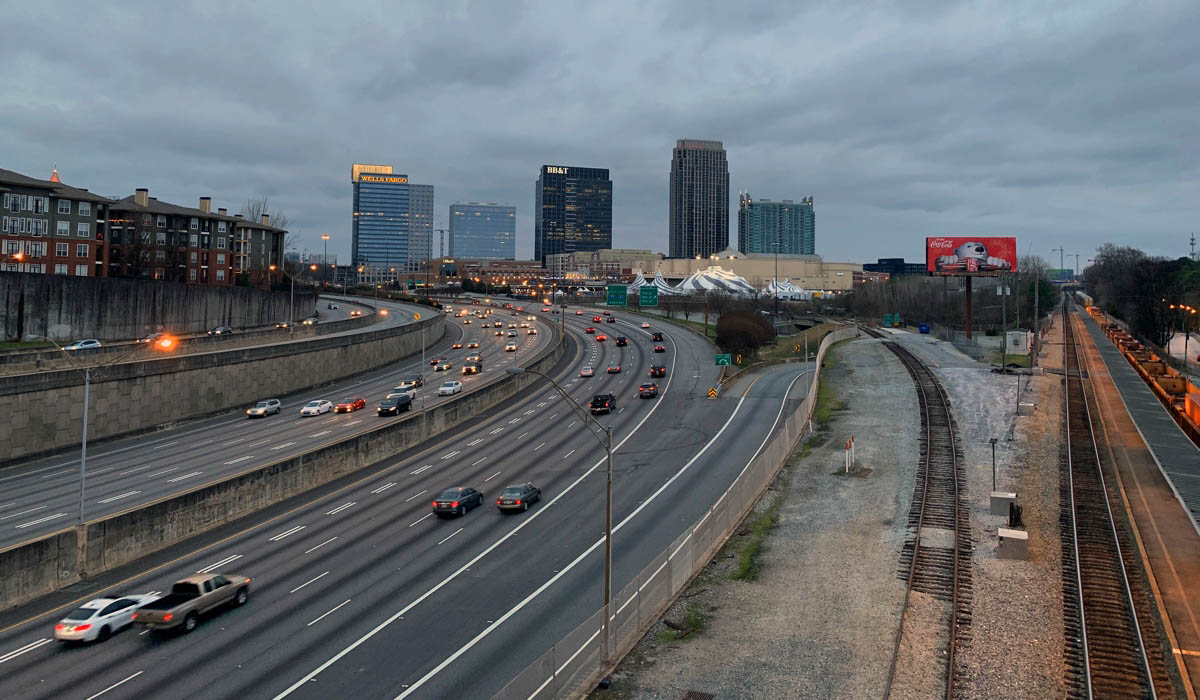

Atlanta, Ga / Dec 2019 / RWH
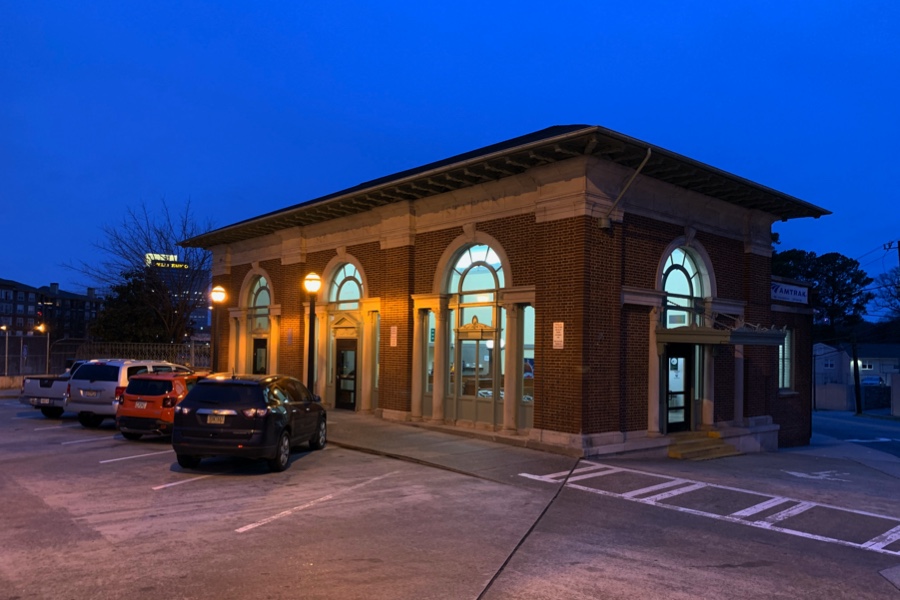
Atlanta, Ga / Dec 2019 / RWH

#19 southbound

Mar 2021 / RWH
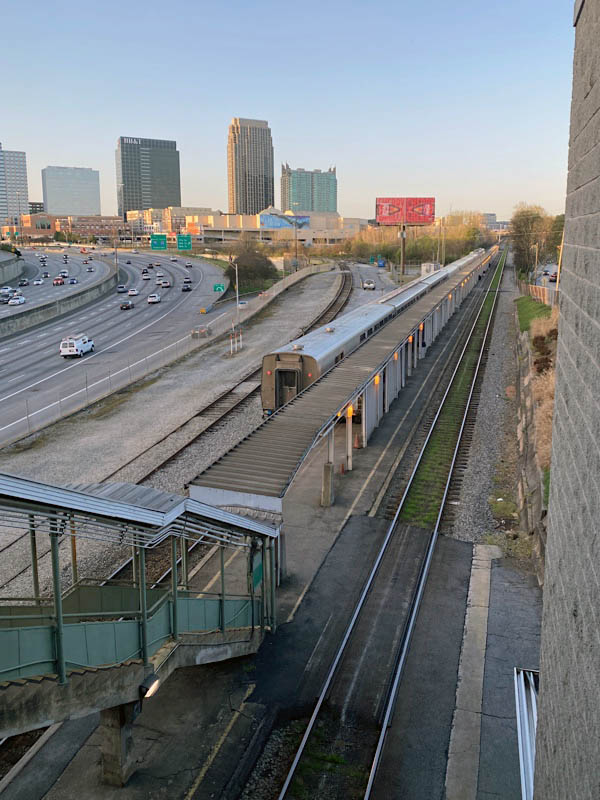
Atlanta, Ga / Mar 2021 / RWH
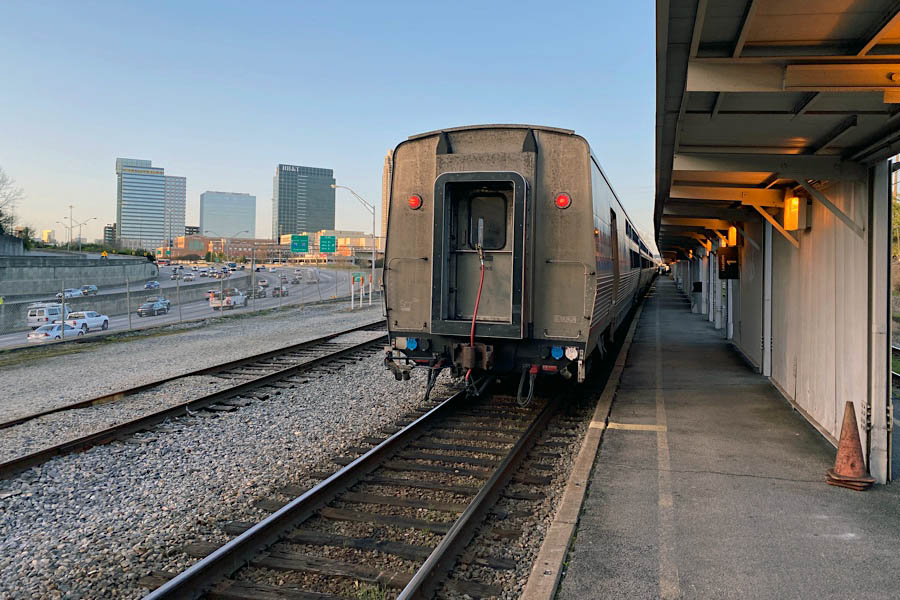
Atlanta, Ga / Mar 2021 / RWH
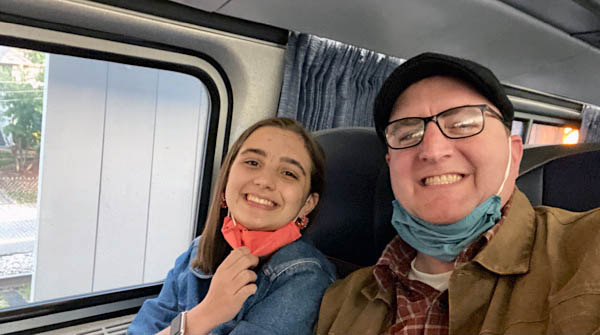
Mar 2021 / RWH
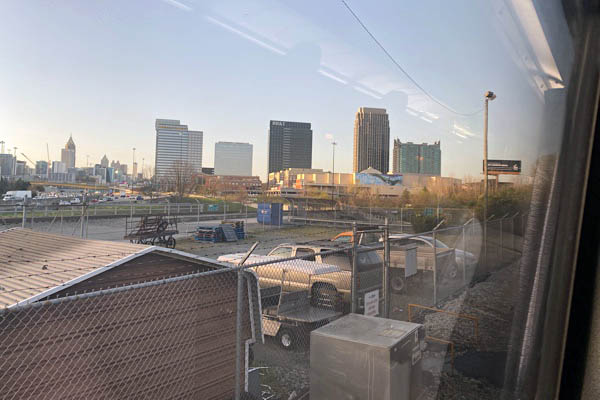
Mar 2021 / RWH
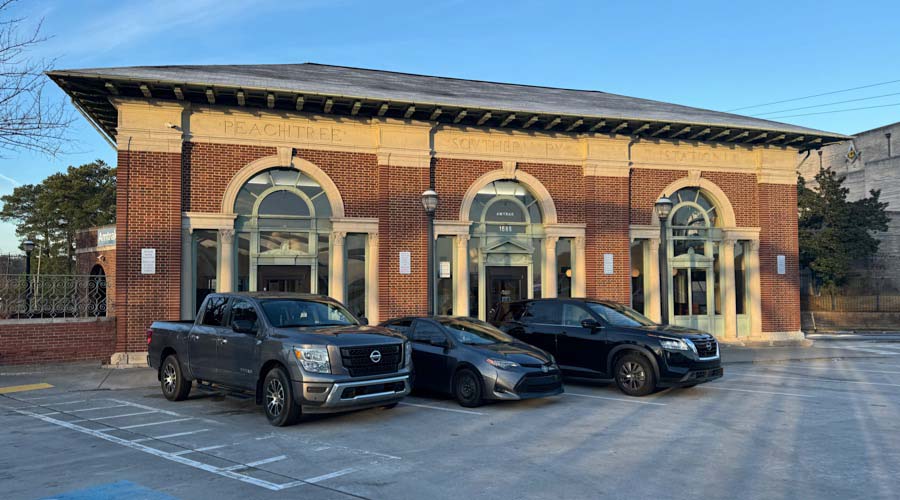
Atlanta, Ga / Dec 2023 / RWH
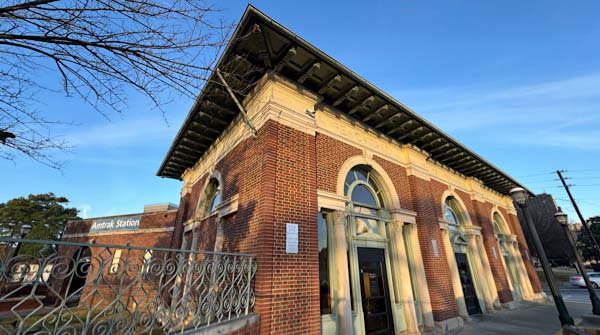
Atlanta, Ga / Dec 2023 / RWH
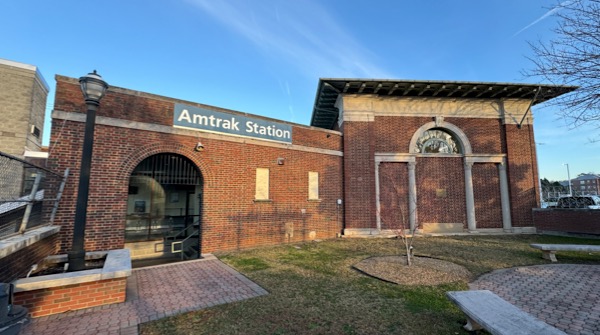
Atlanta, Ga / Dec 2023 / RWH
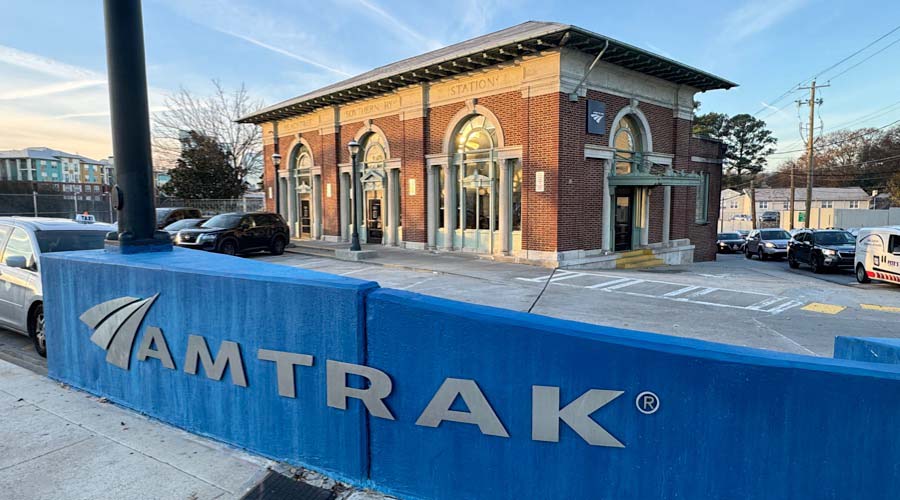
Atlanta, Ga / Dec 2023 / RWH
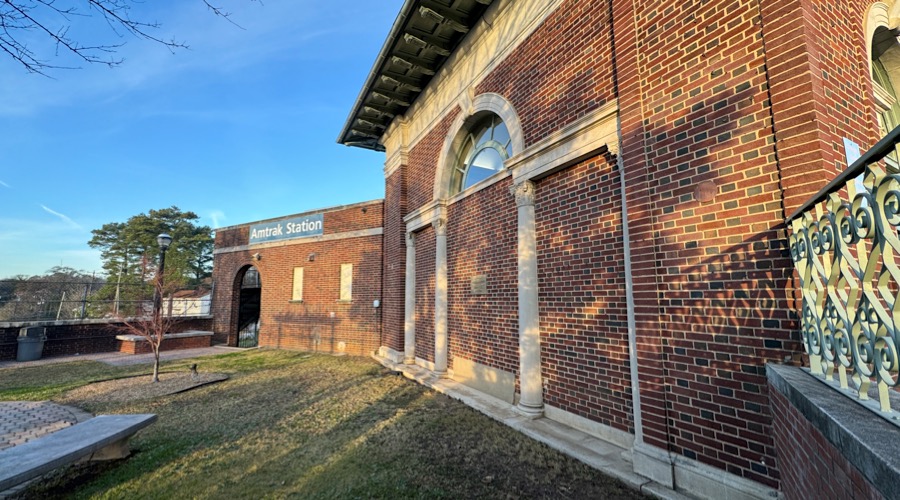
Atlanta, Ga / Dec 2023 / RWH
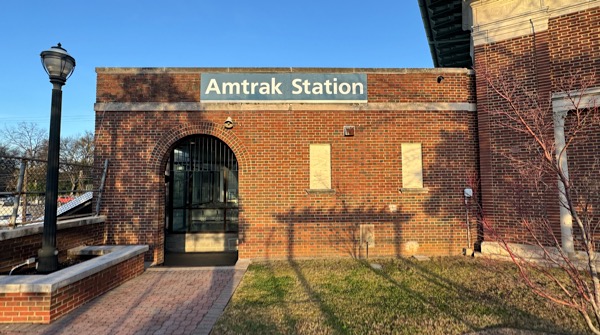
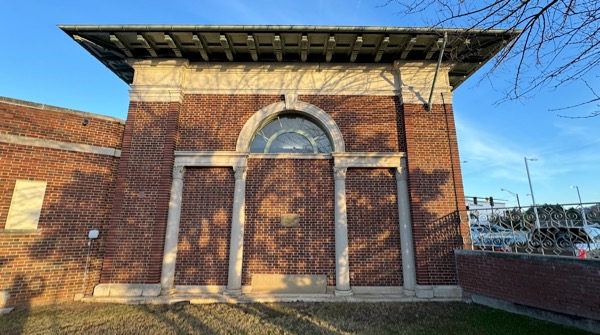
Atlanta, Ga / Dec 2023 / RWH
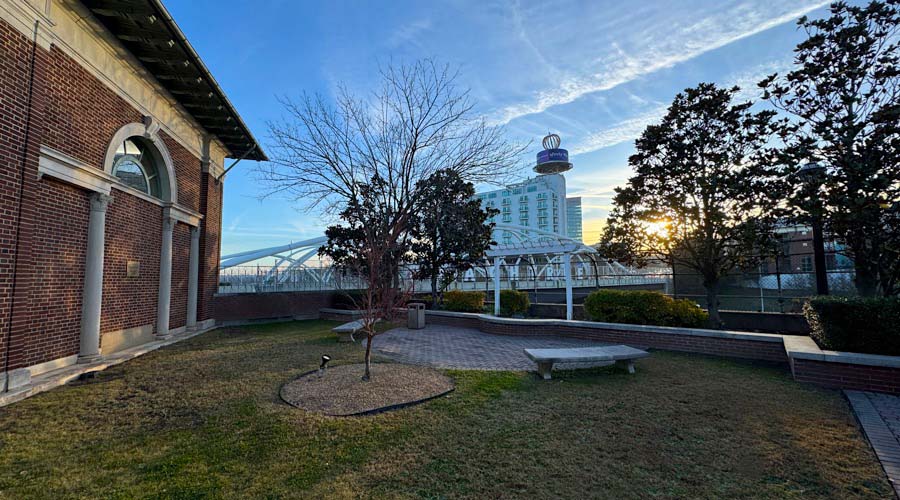
Dec 2023 / RWH
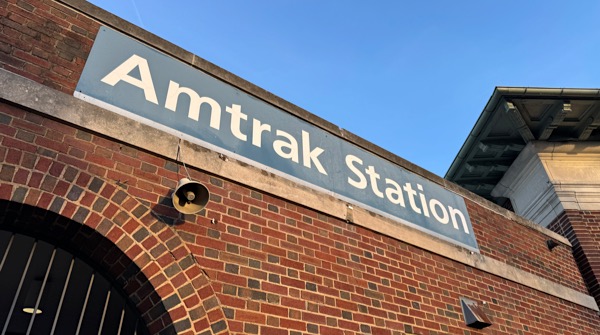
Dec 2023 / RWH
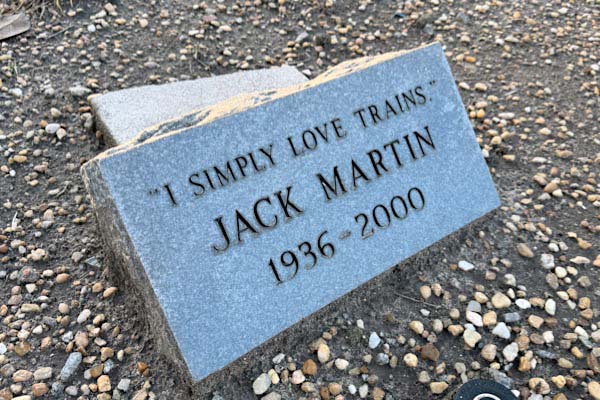
Dec 2023 / RWH
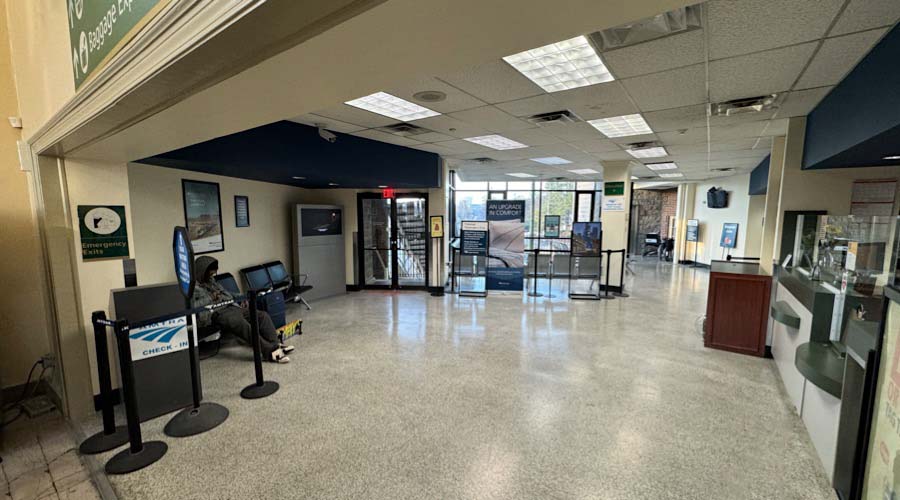
Dec 2023 / RWH

Dec 2023 / RWH
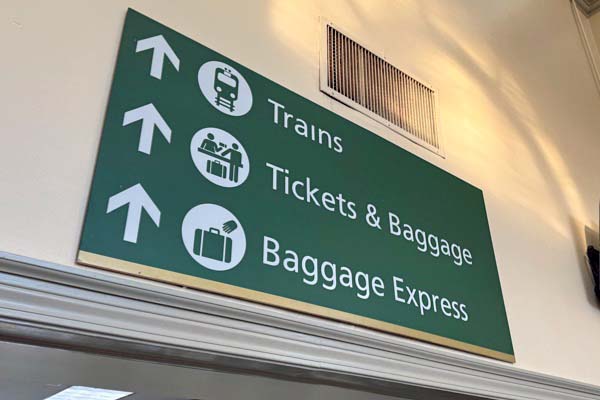
Dec 2023 / RWH
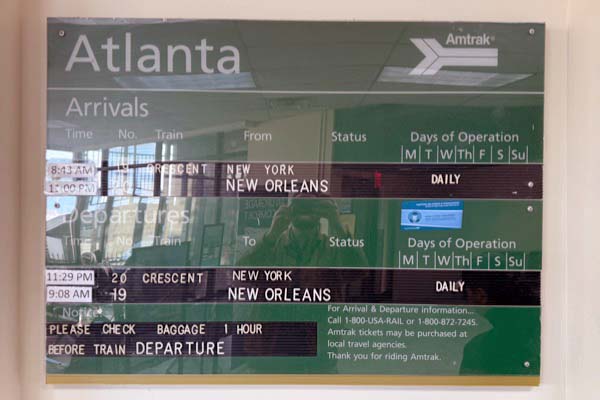
Dec 2023 / RWH

Dec 2023 / RWH
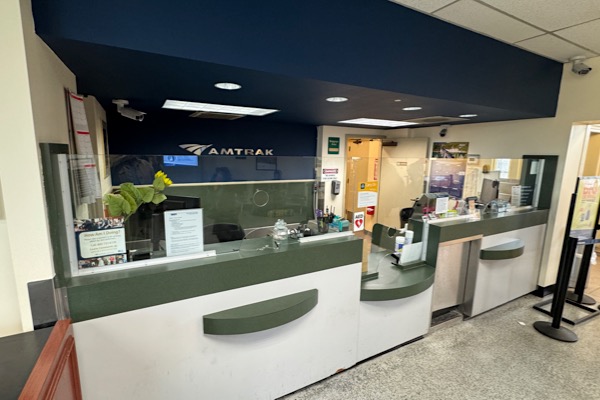
Dec 2023 / RWH
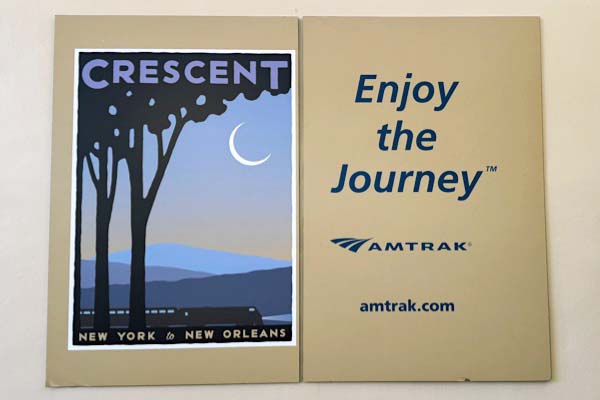
Dec 2023 / RWH

#19 southbound
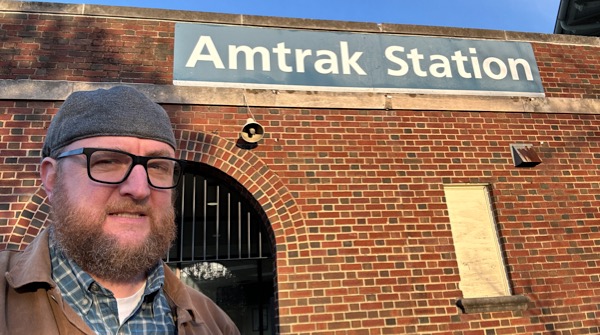
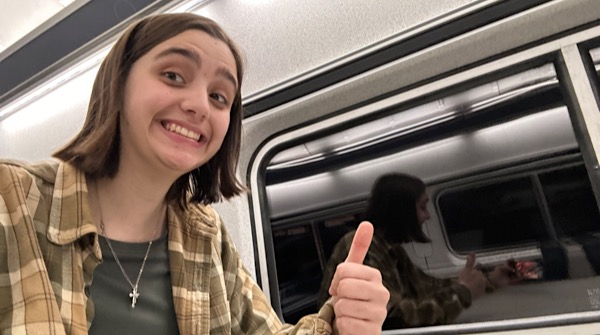
Atlanta, Ga / Dec 2023 / RWH and ETH
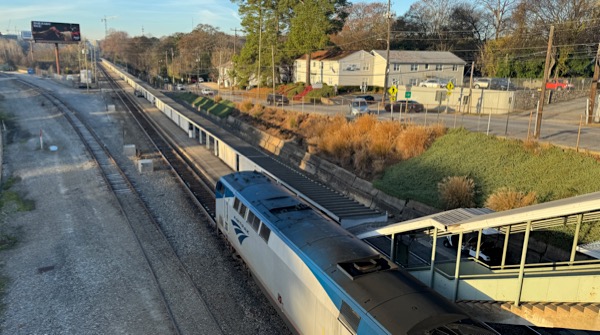
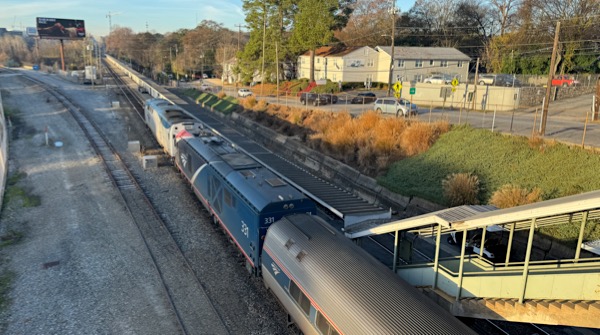
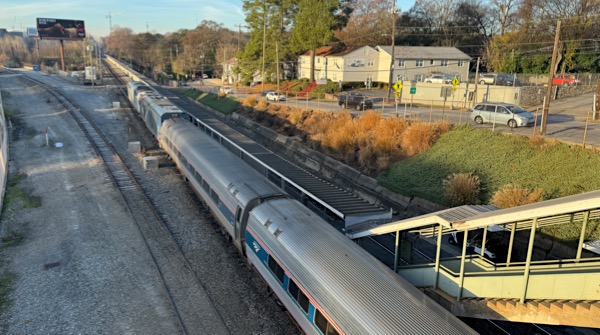
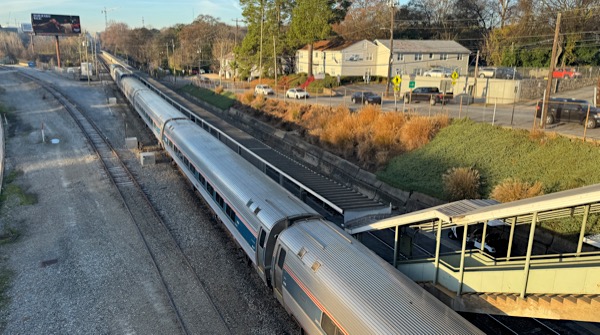
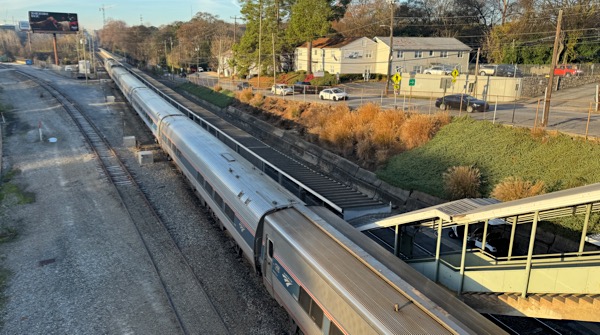
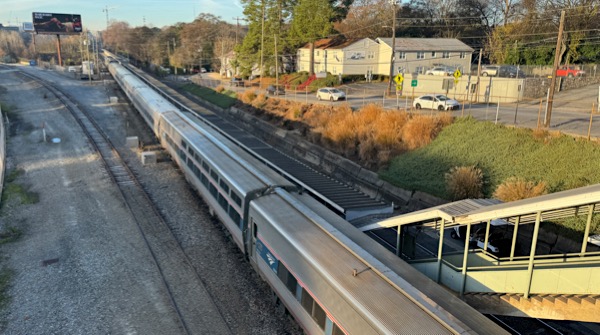
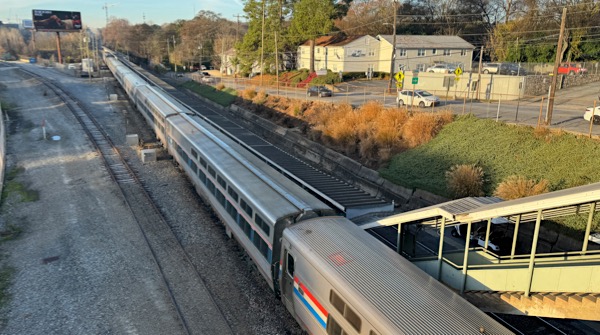
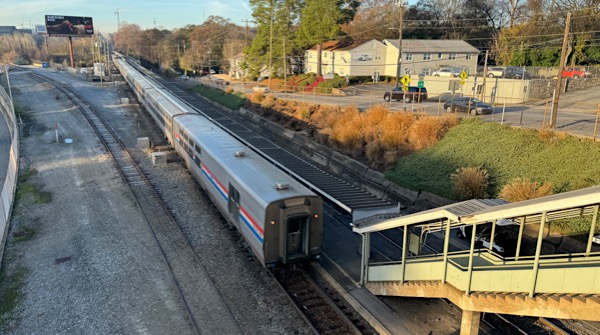
Atlanta, Ga / Dec 2023 / RWH
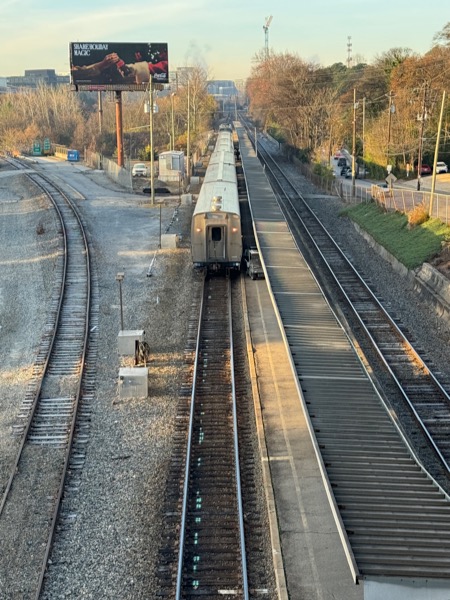
Dec 2023 / RWH
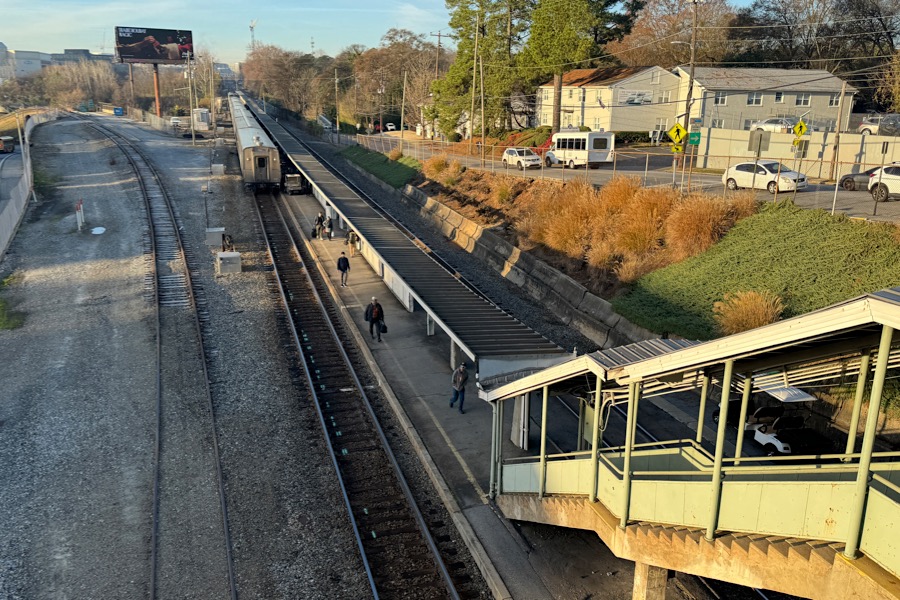
Atlanta, Ga / Dec 2023 / RWH
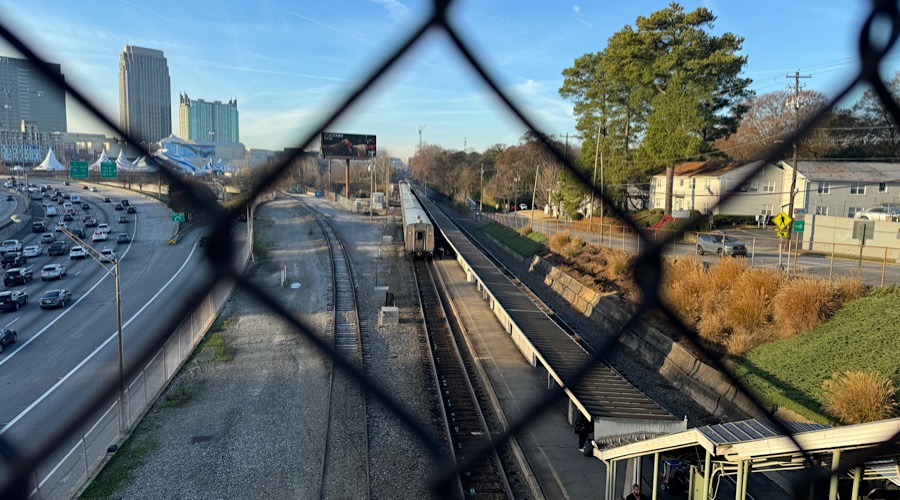
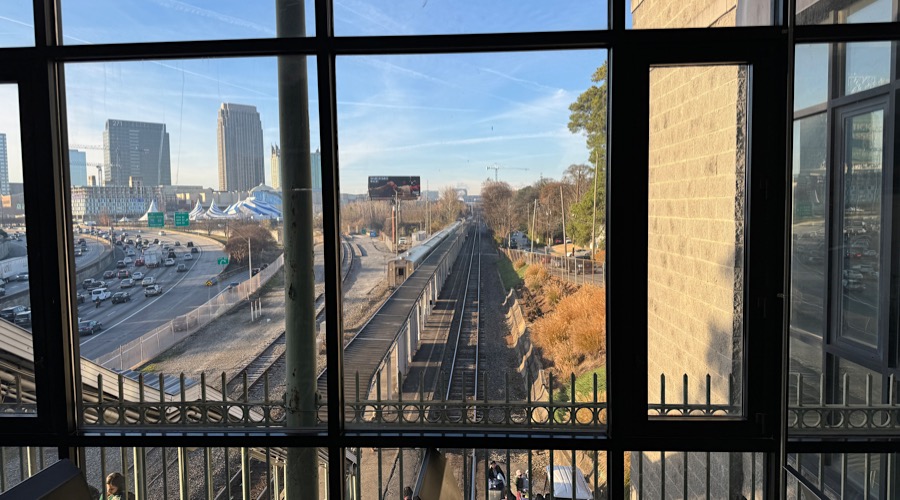
Atlanta, Ga / Dec 2023 / RWH
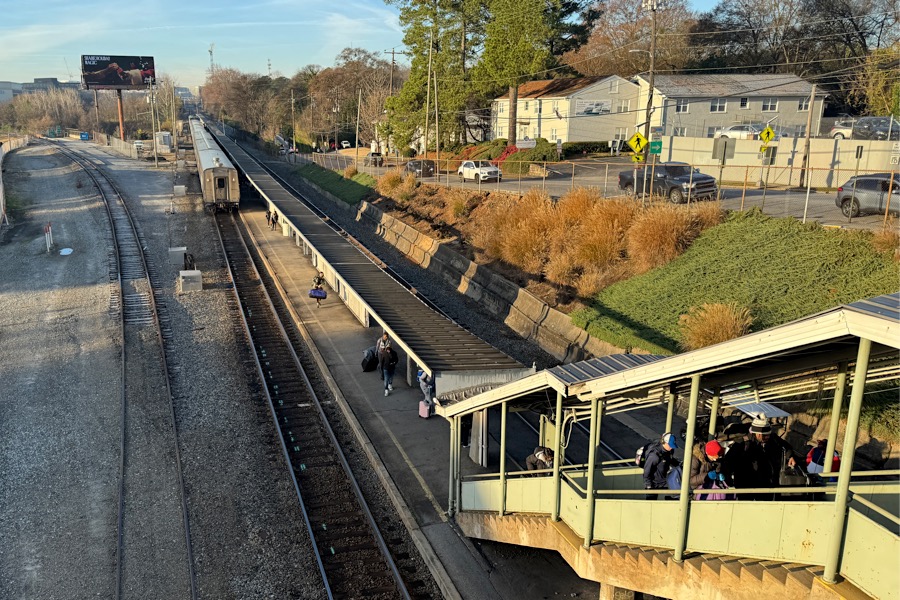
Atlanta, Ga / Dec 2023 / RWH
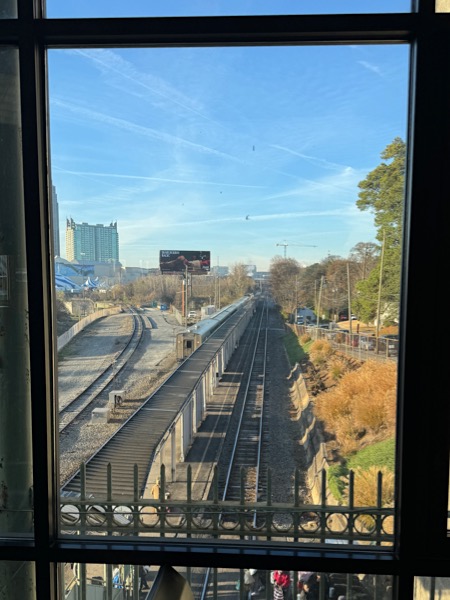
Dec 2023 / RWH
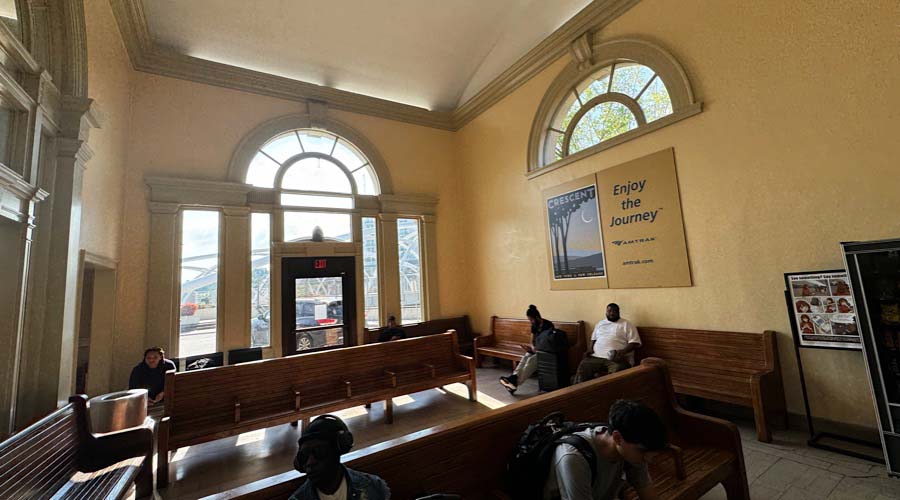
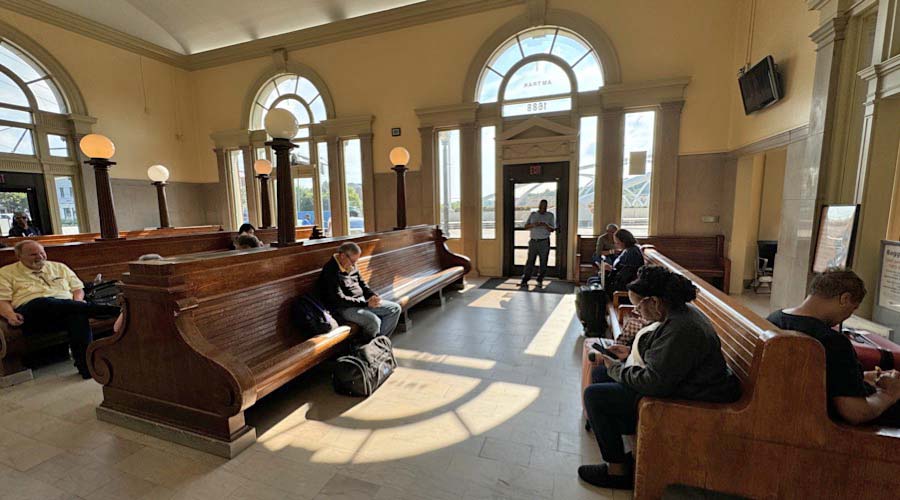
Atlanta, Ga / Jun 2024 / RWH
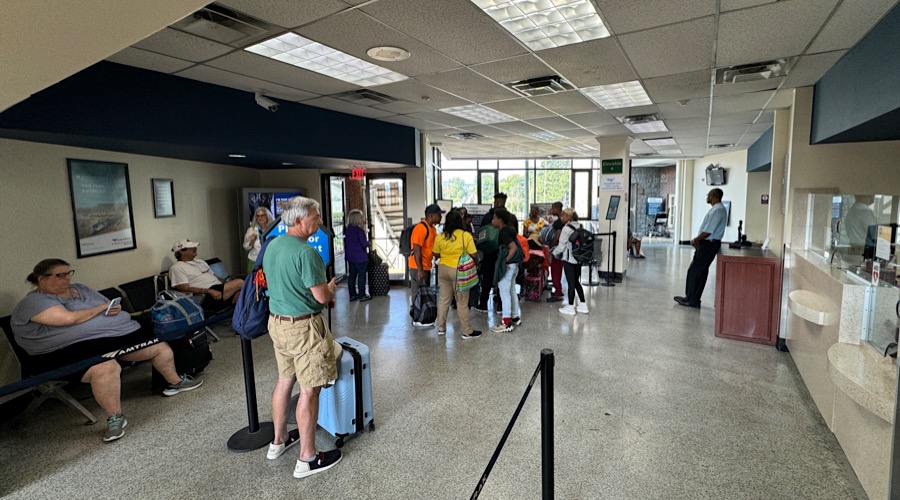
Atlanta, Ga / Jun 2024 / RWH
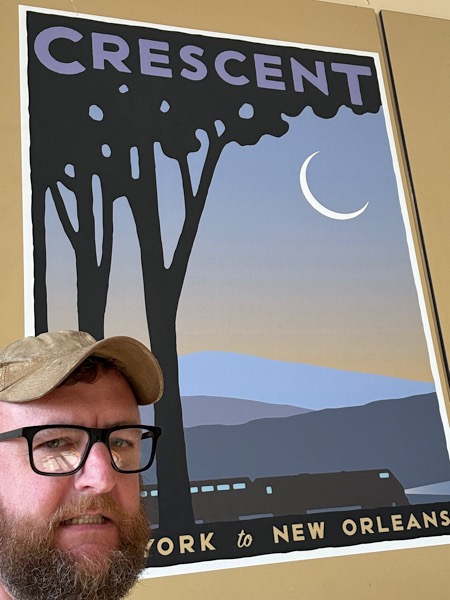
Jun 2024 / RWH

#19 southbound
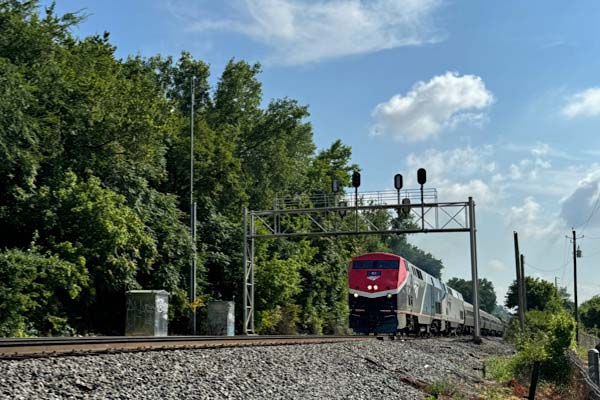
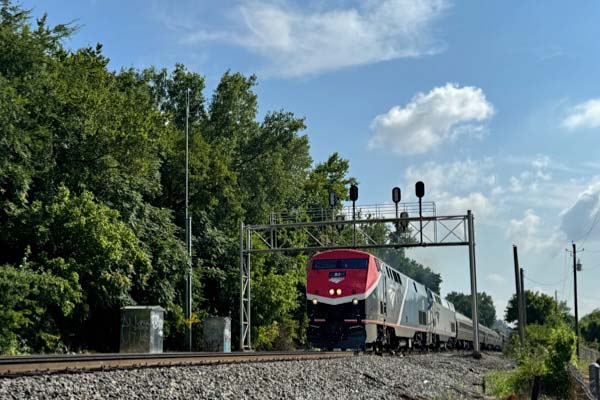
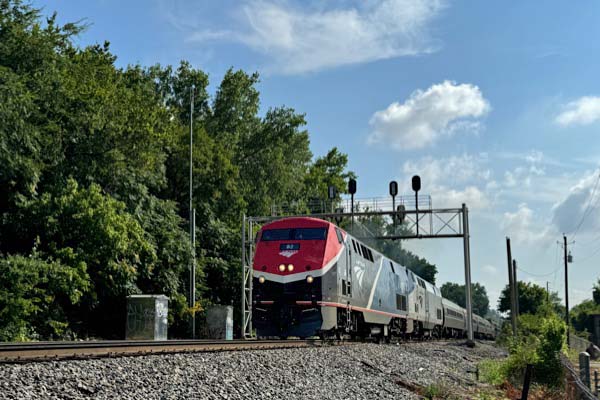
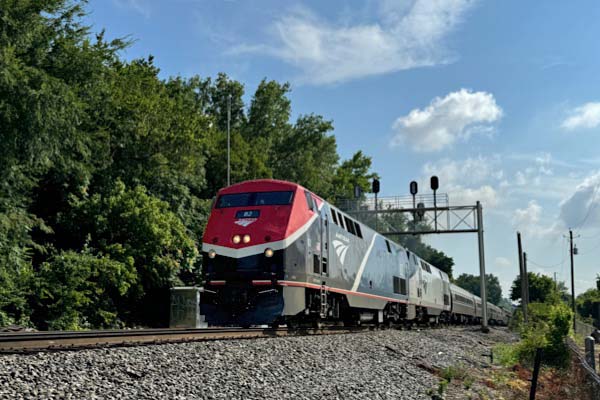
Atlanta, Ga / Jun 2024 / RWH

Click to see this railfan location plotted on a Google Maps page
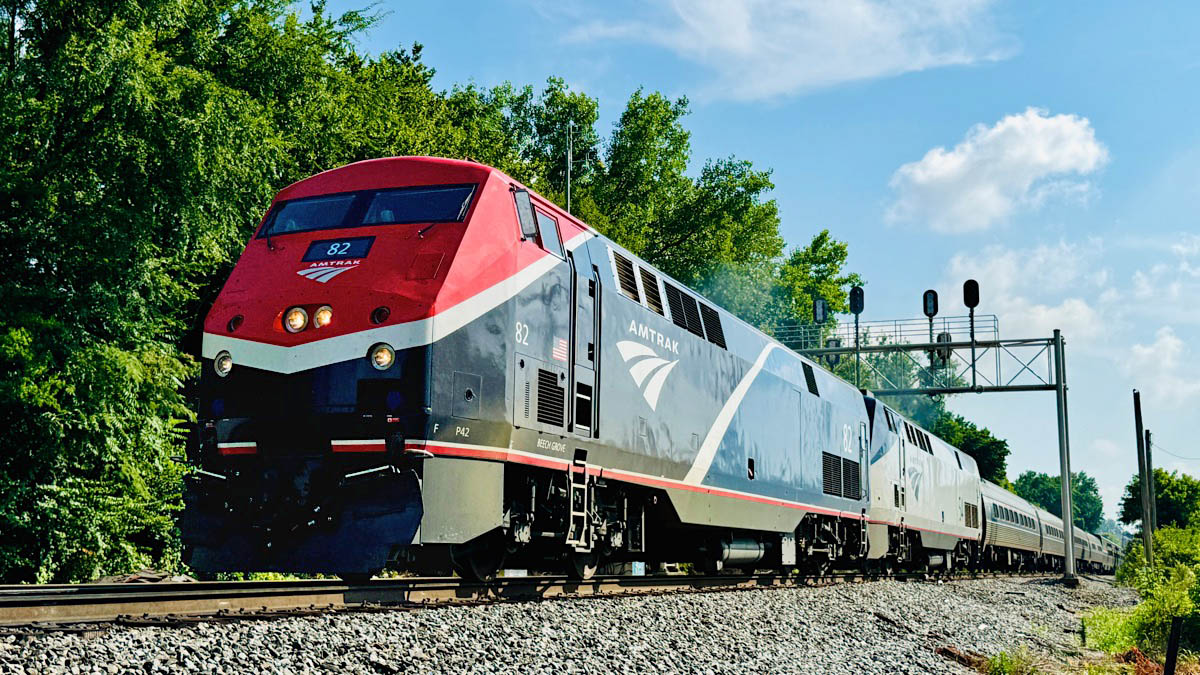
Atlanta, Ga / Jun 2024 / RWH

Atlanta, Ga / Jun 2024 / RWH
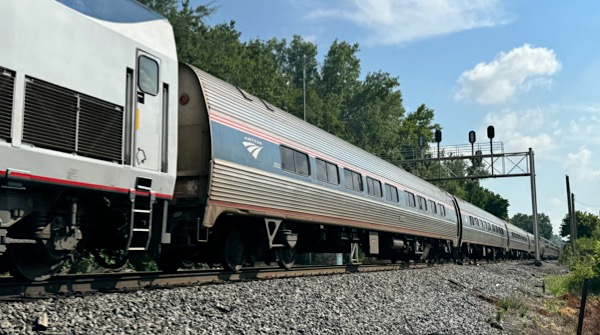
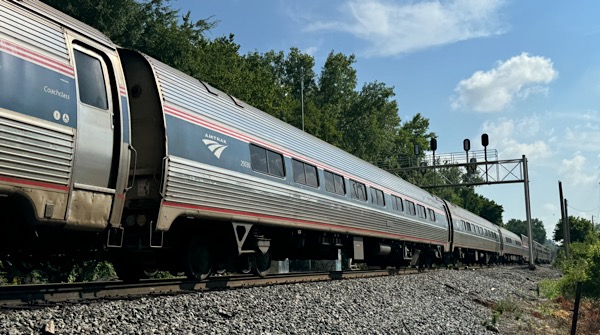
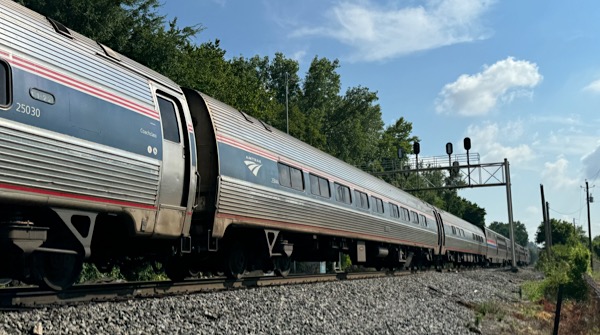
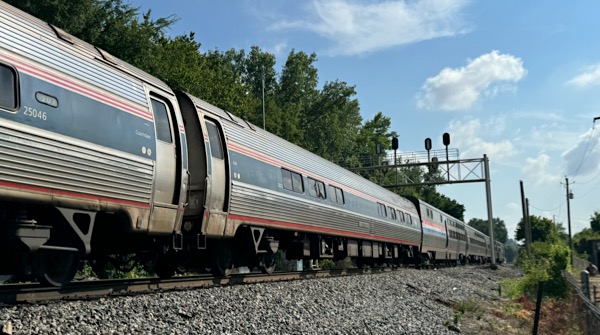

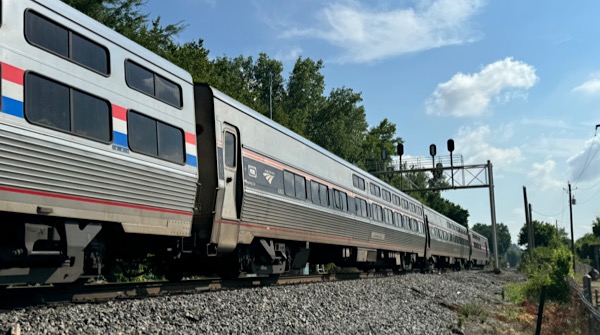

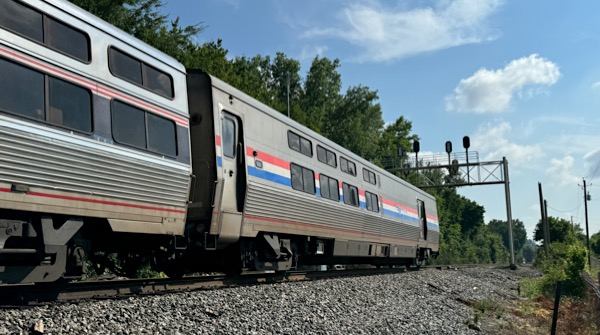
Atlanta, Ga / Jun 2024 / RWH
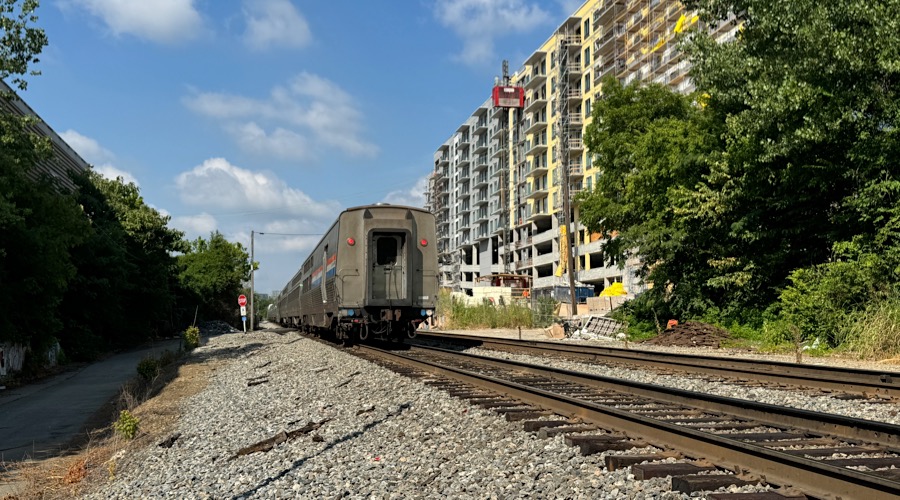
Atlanta, Ga / Jun 2024 / RWH

See next our Crescent Southern States scrapbook here Mainlines






























